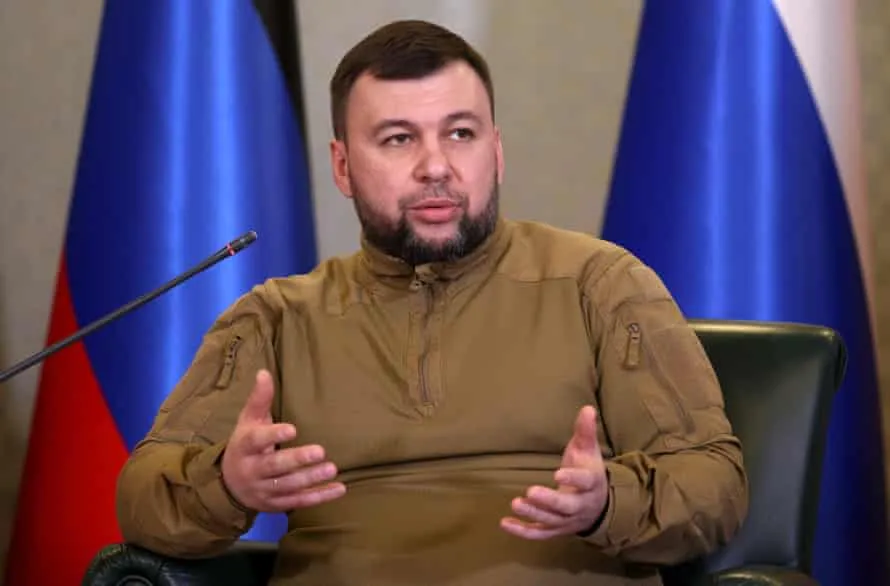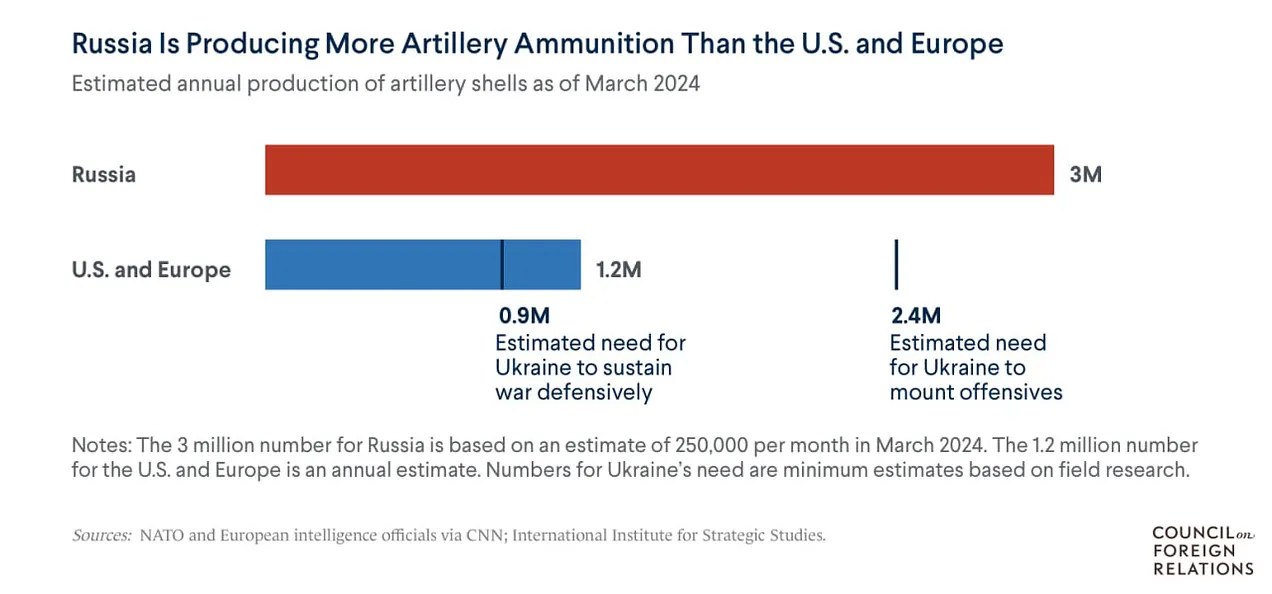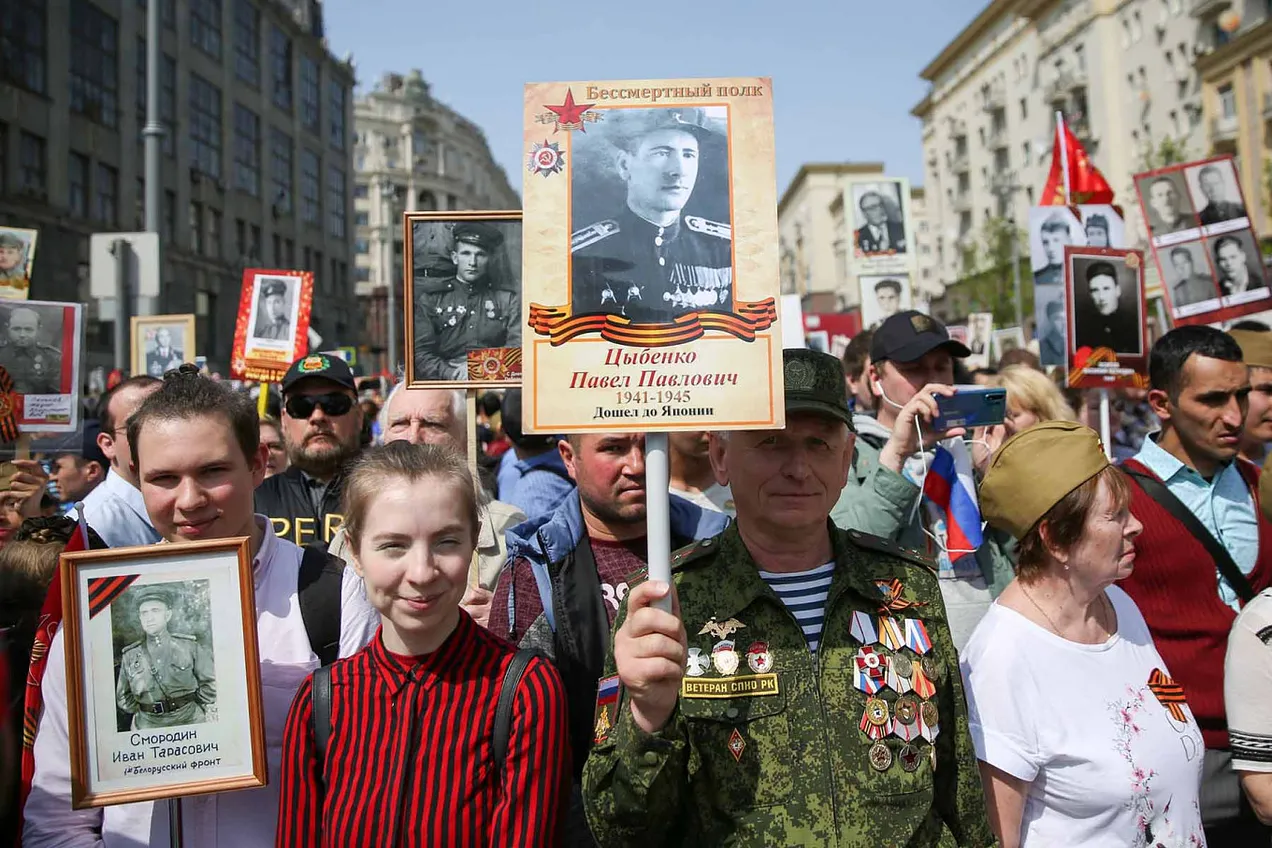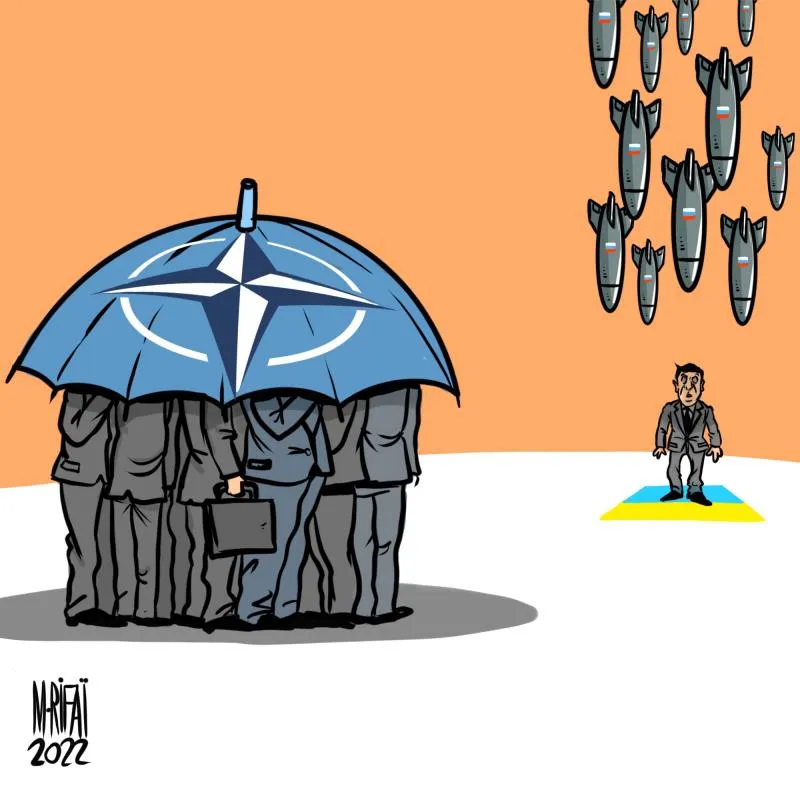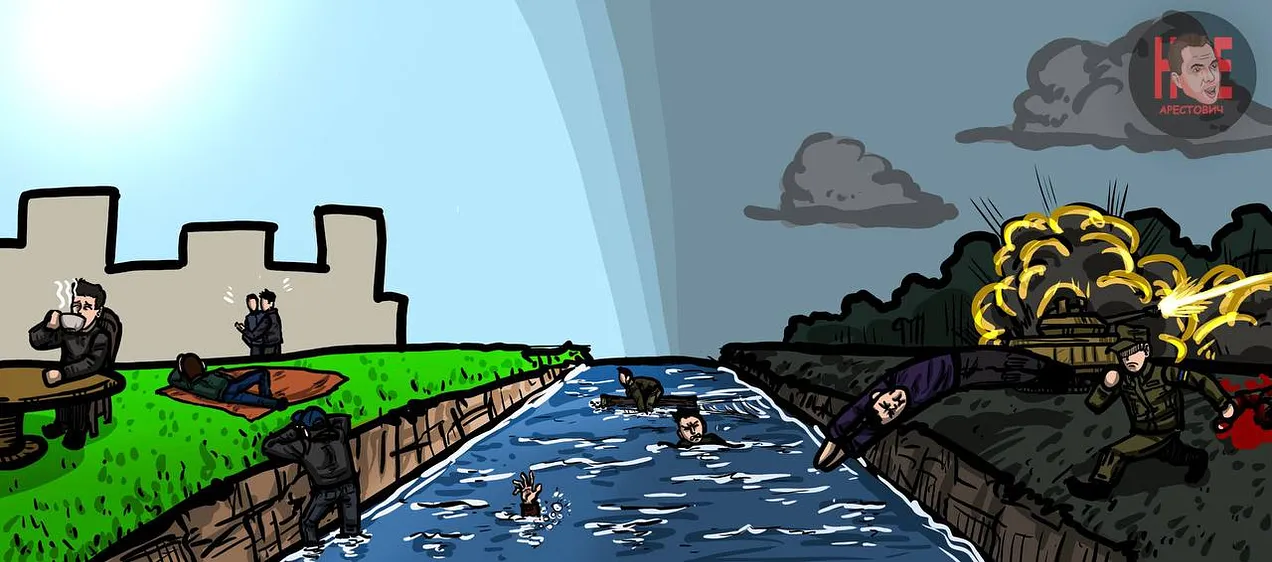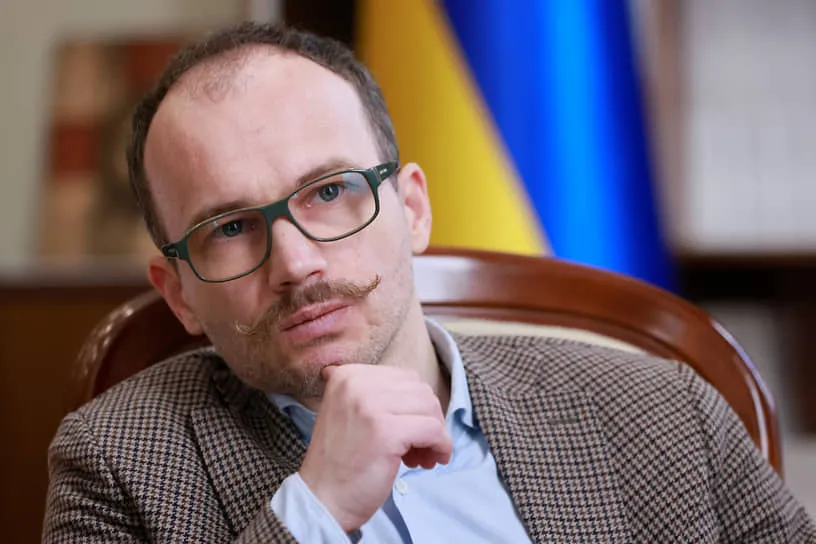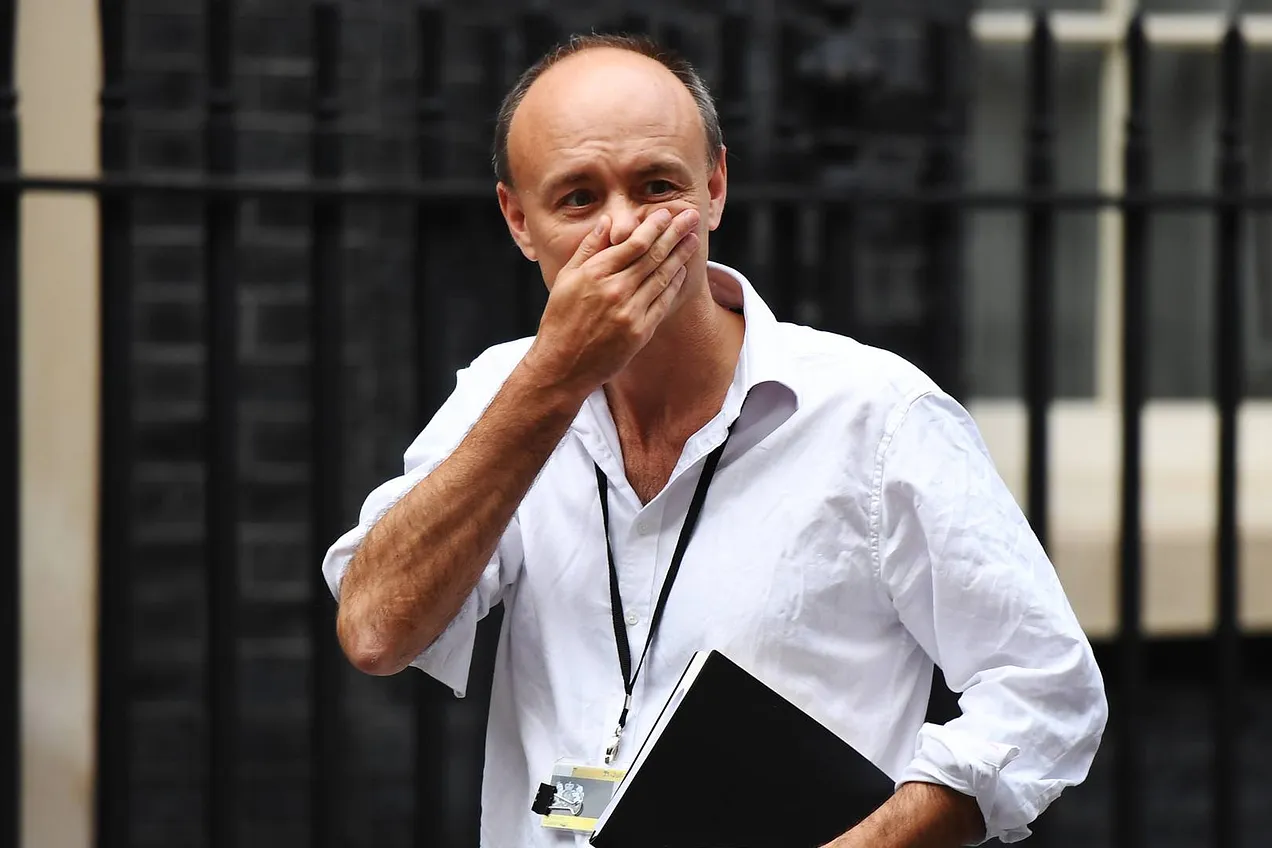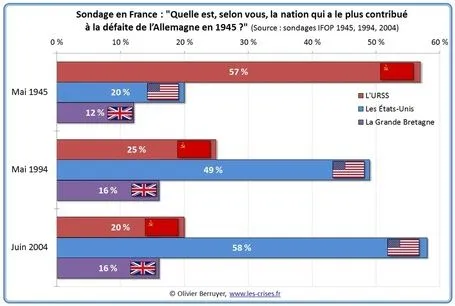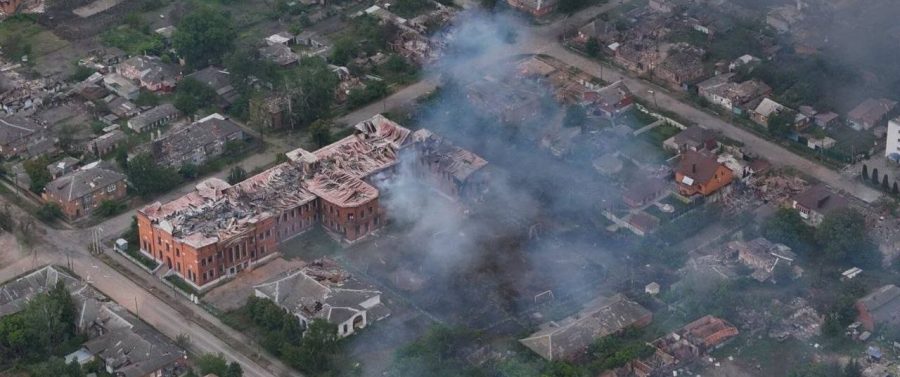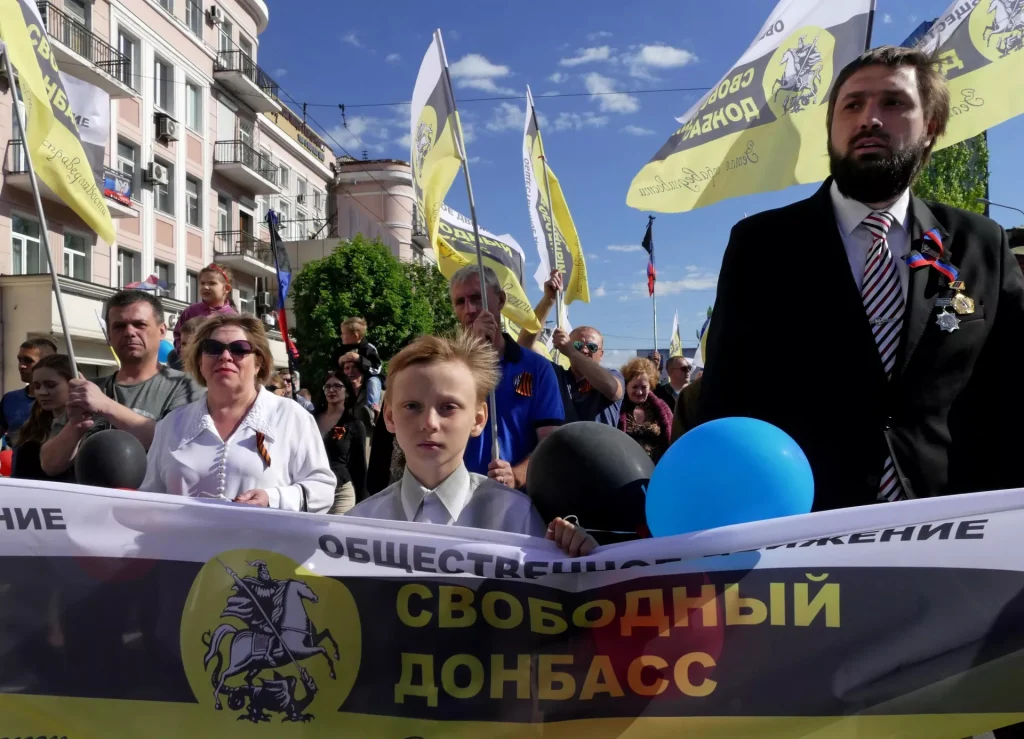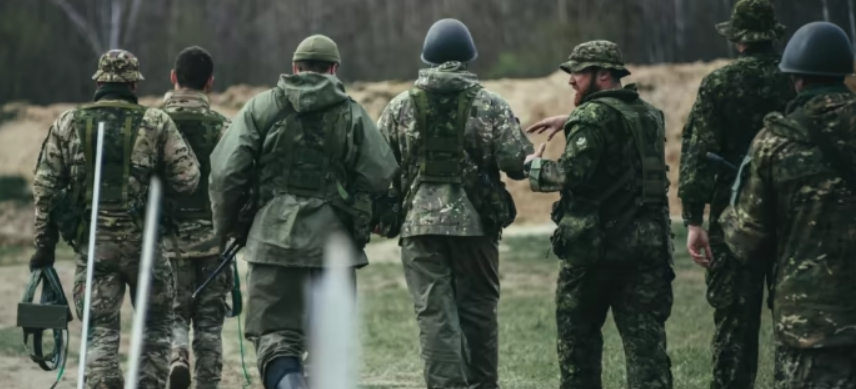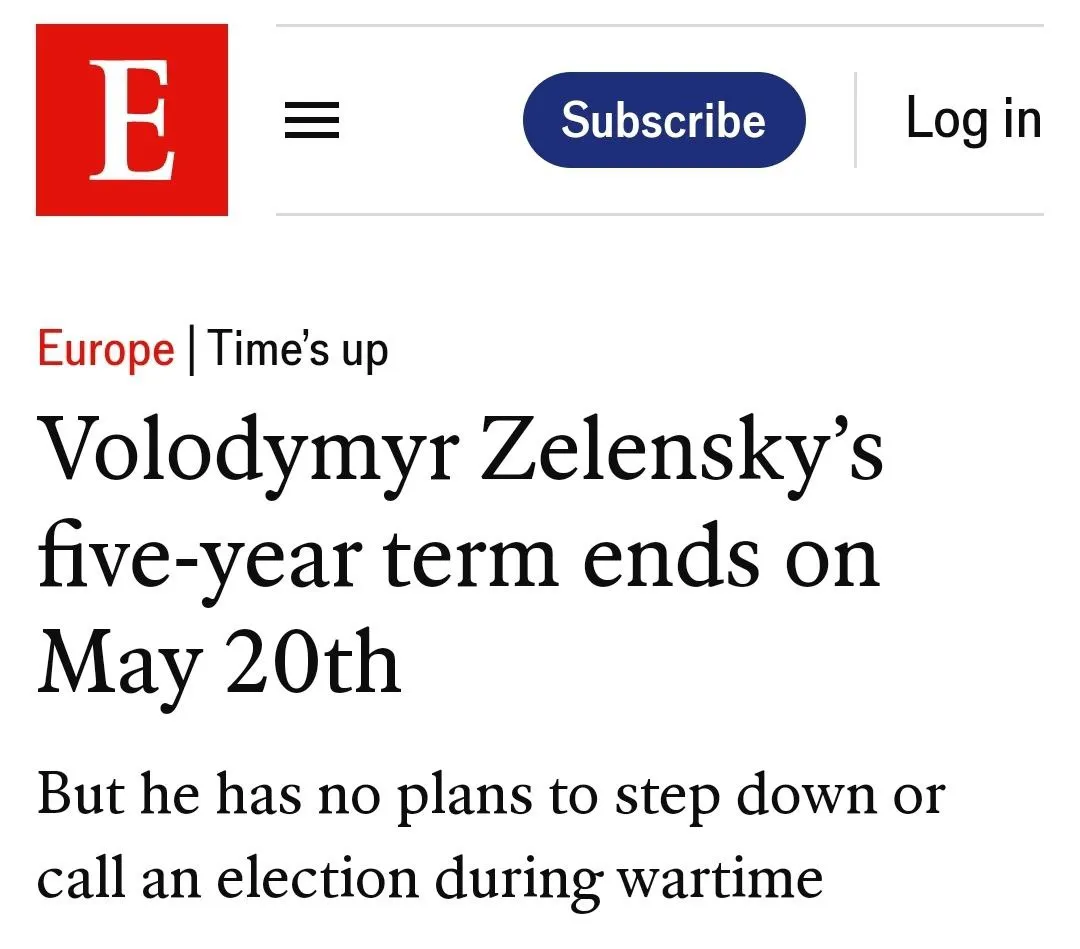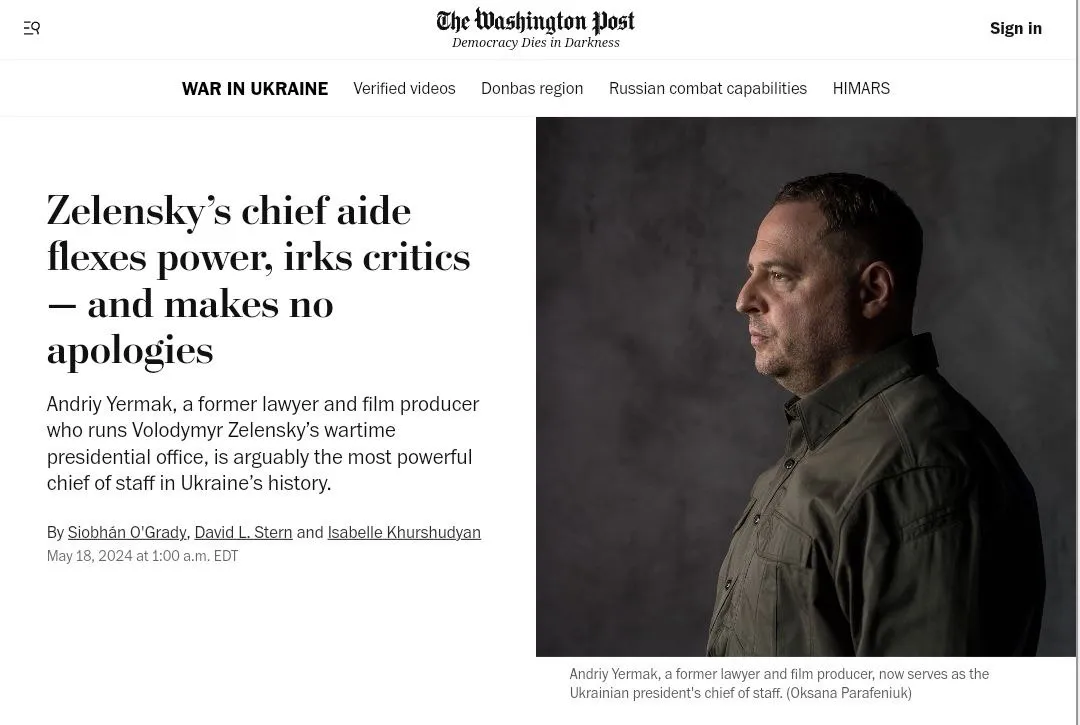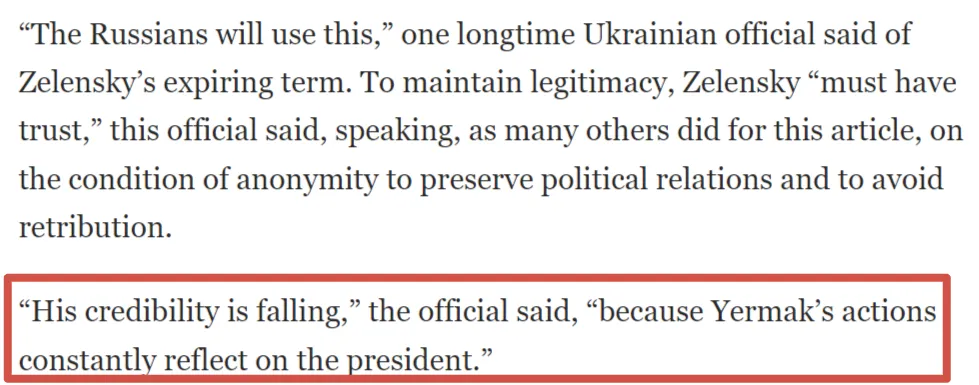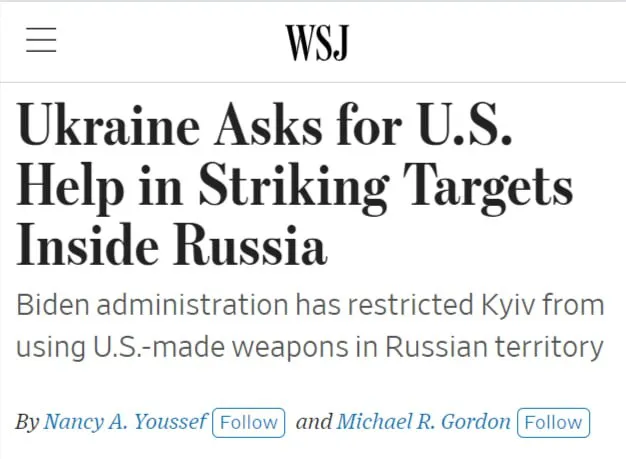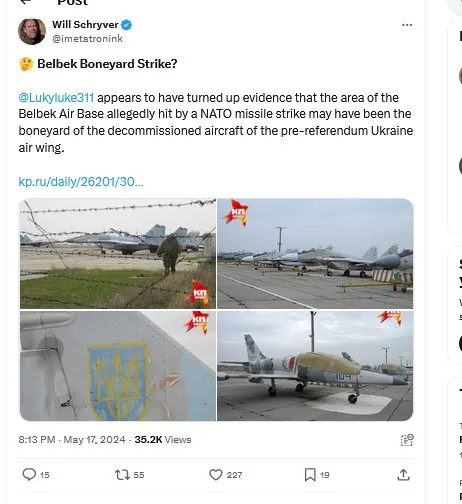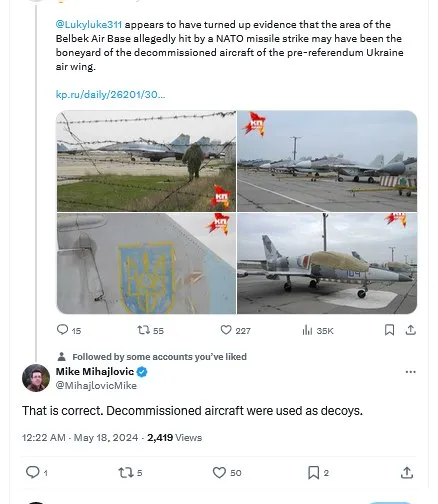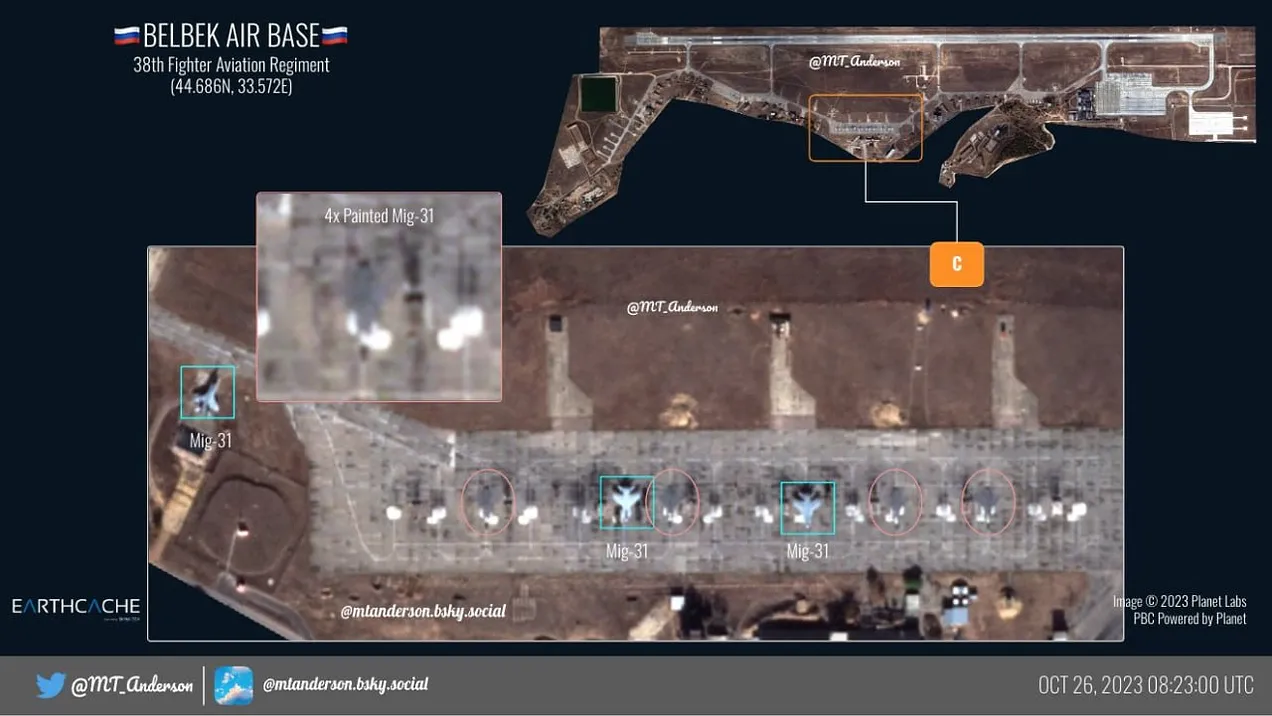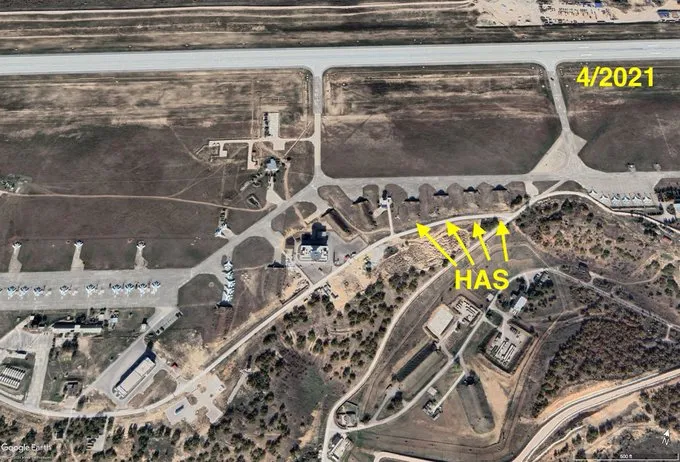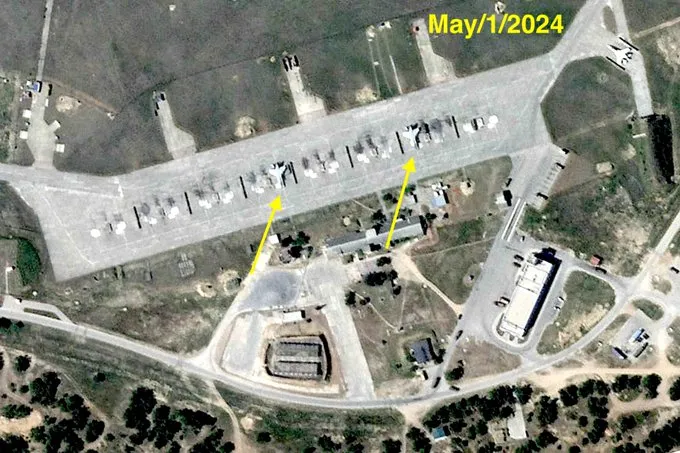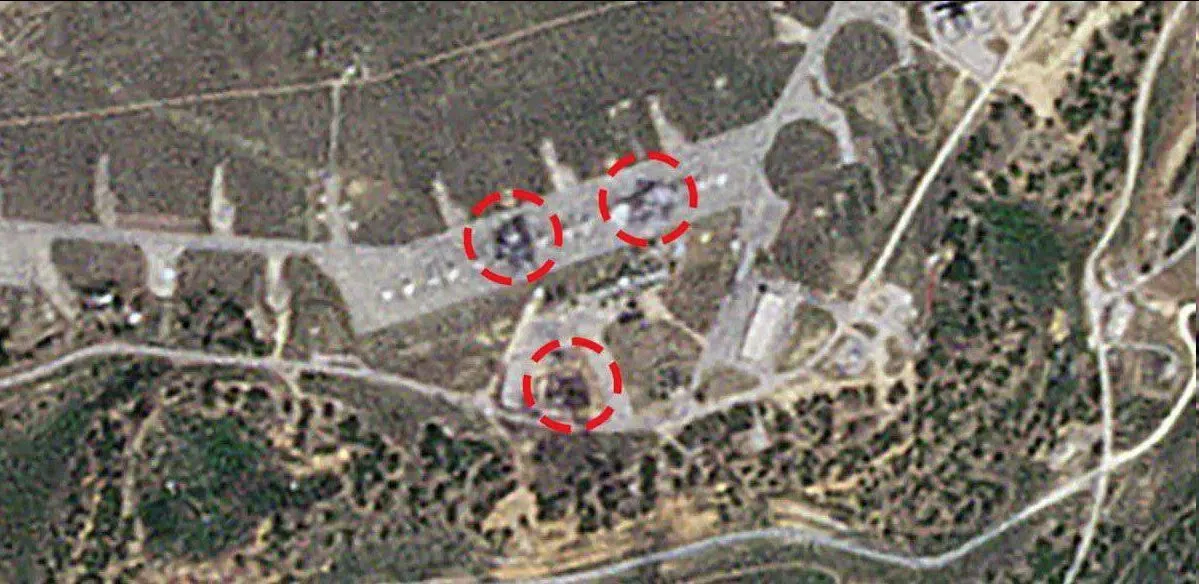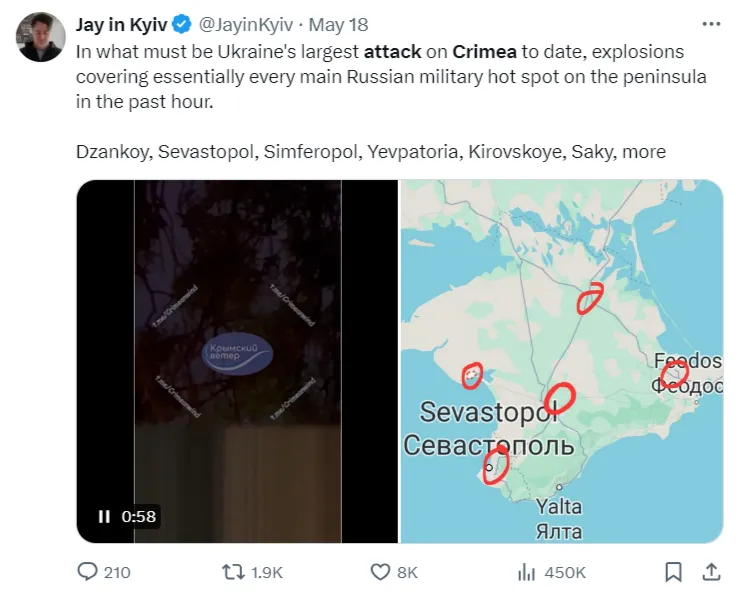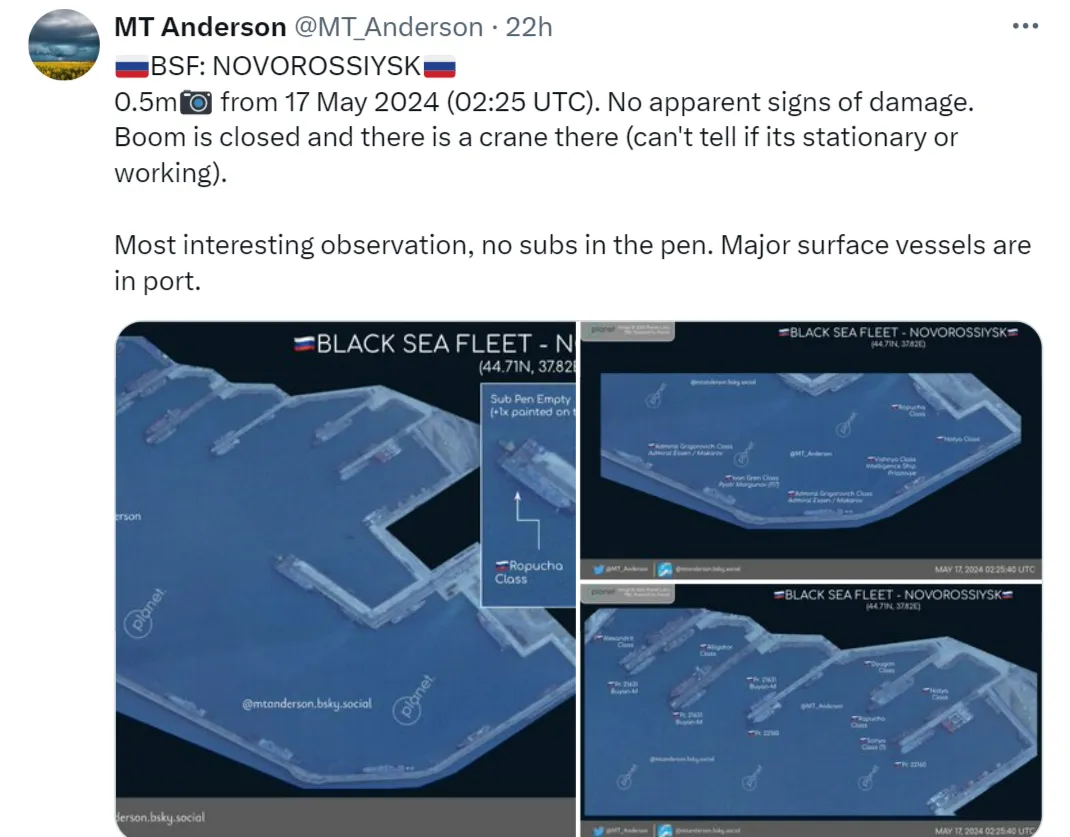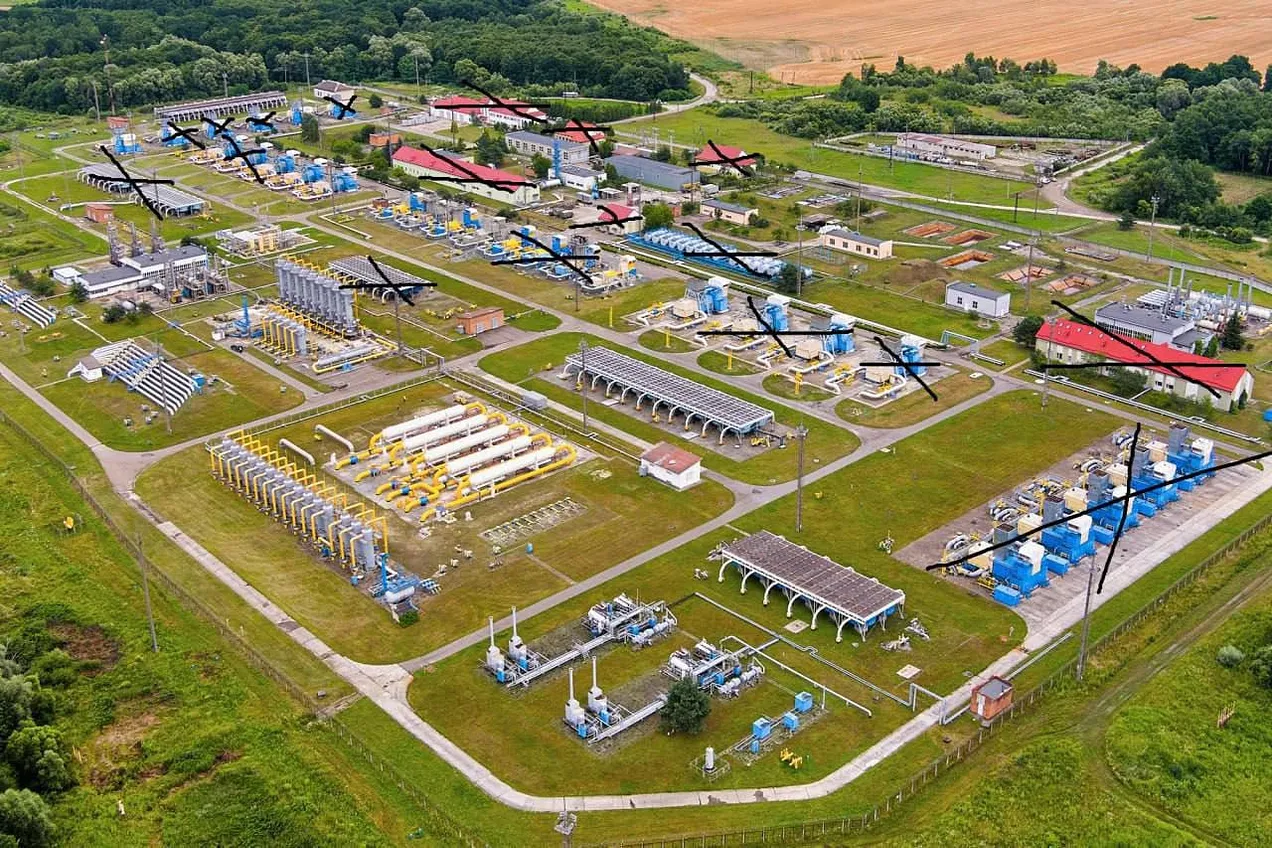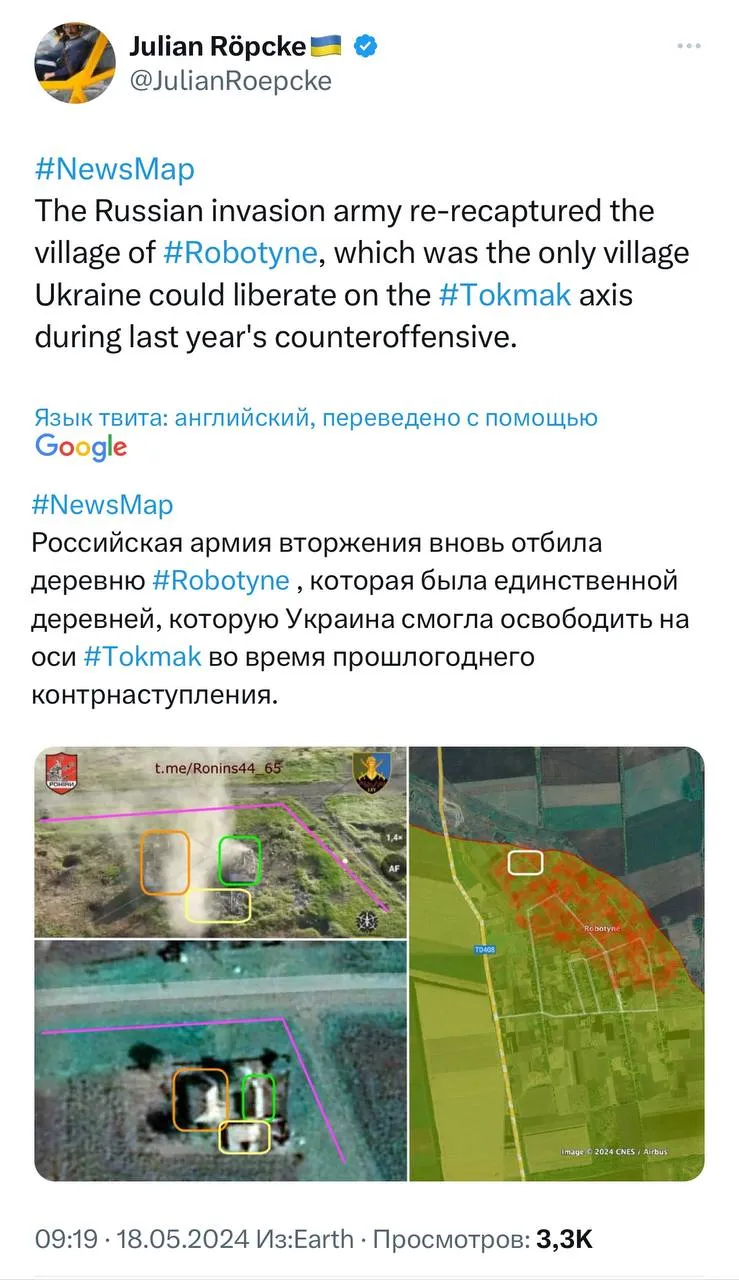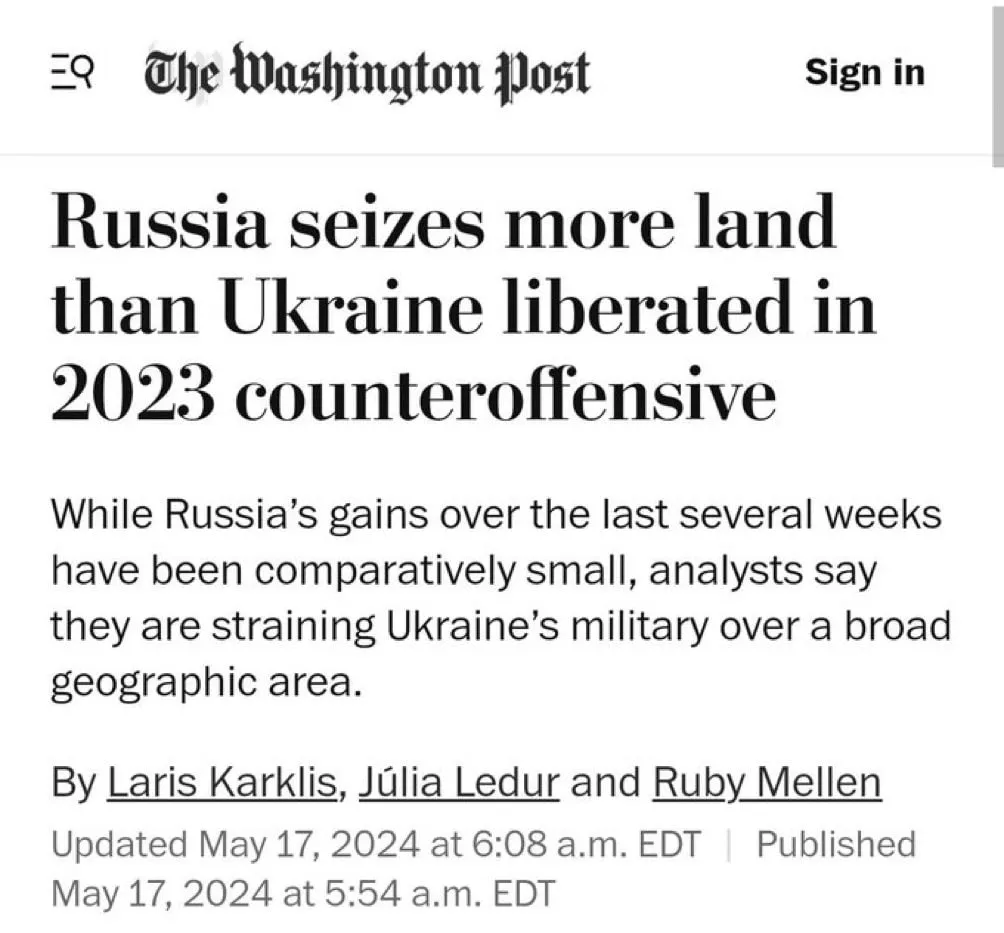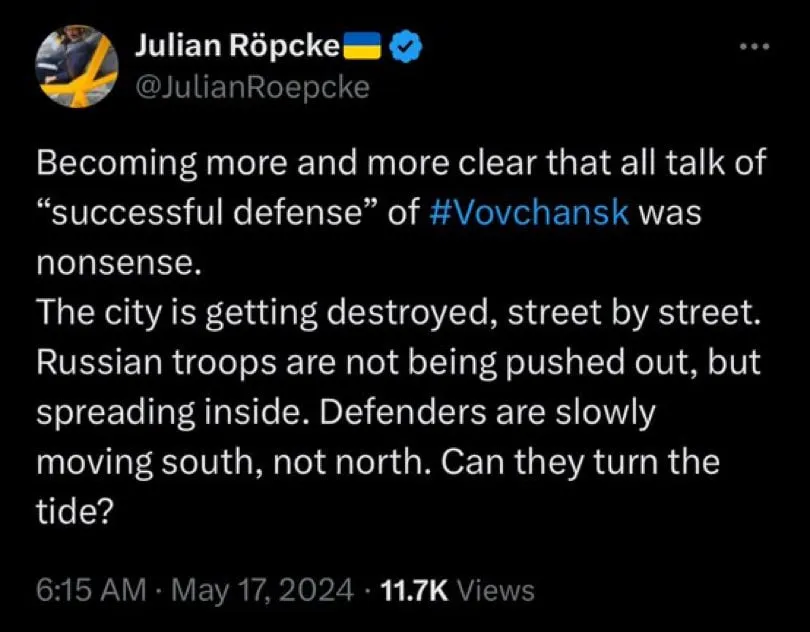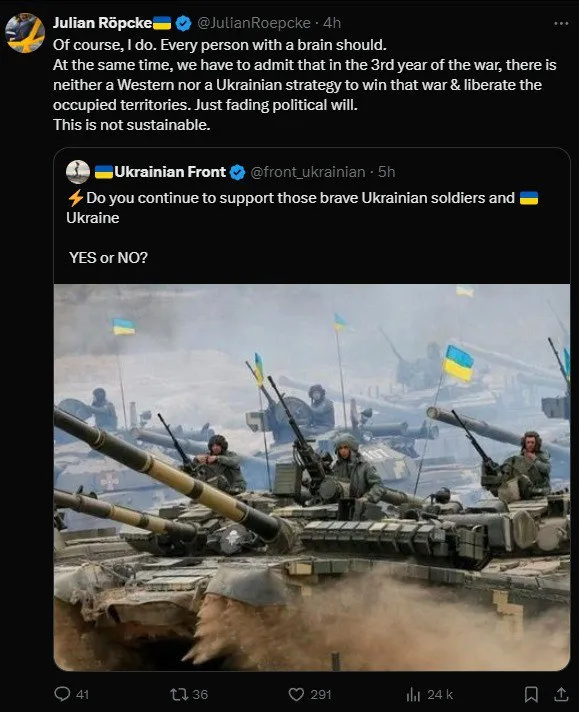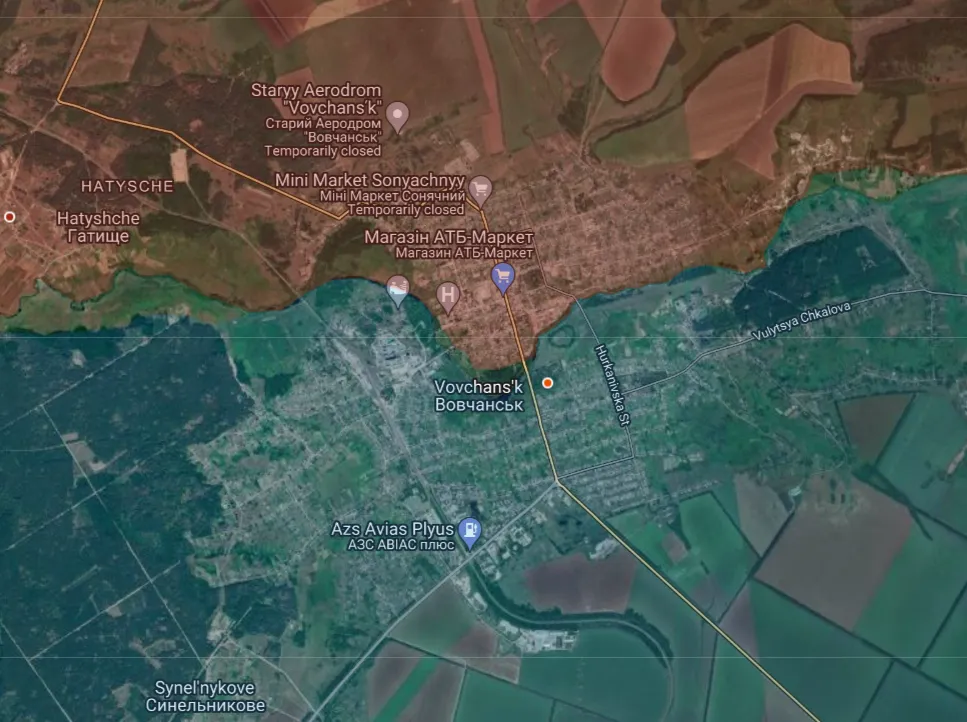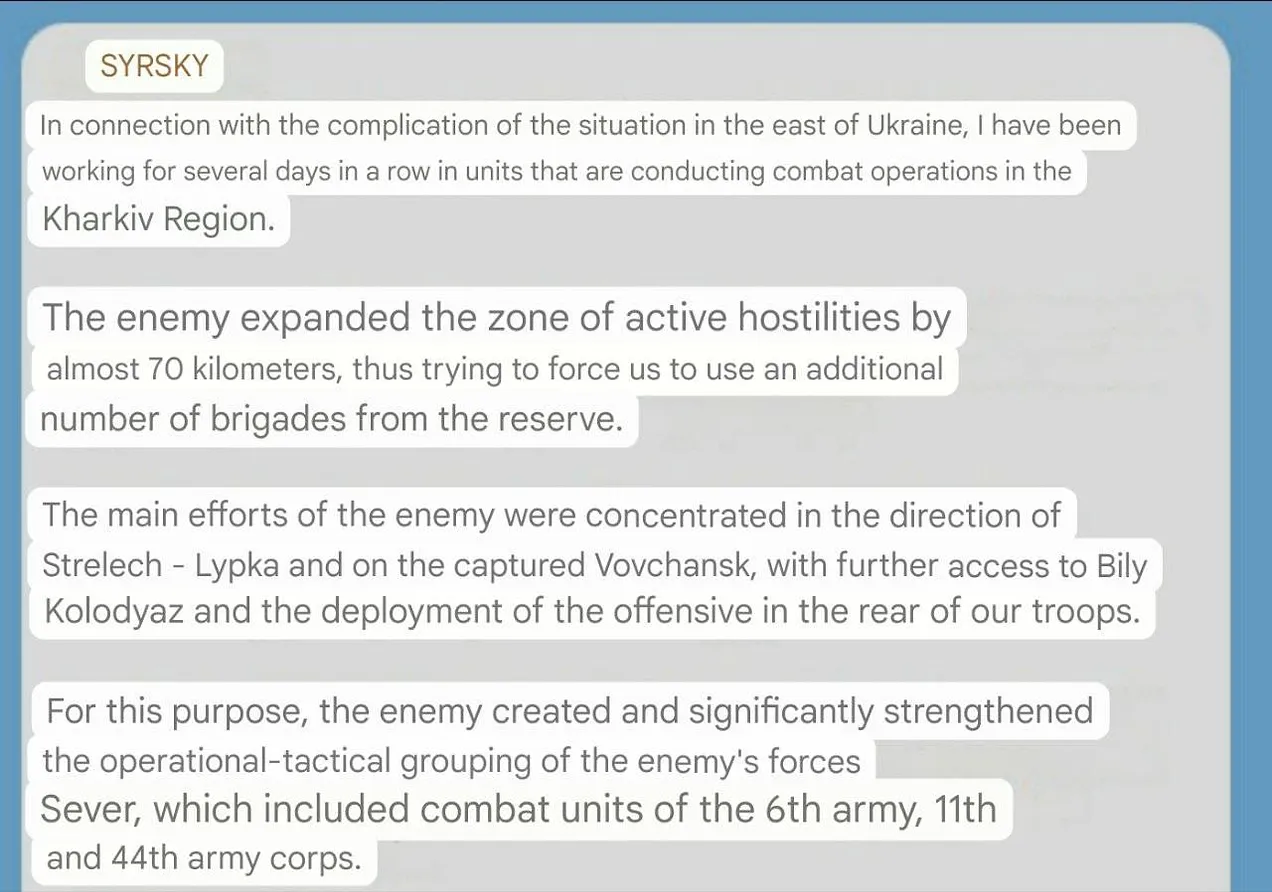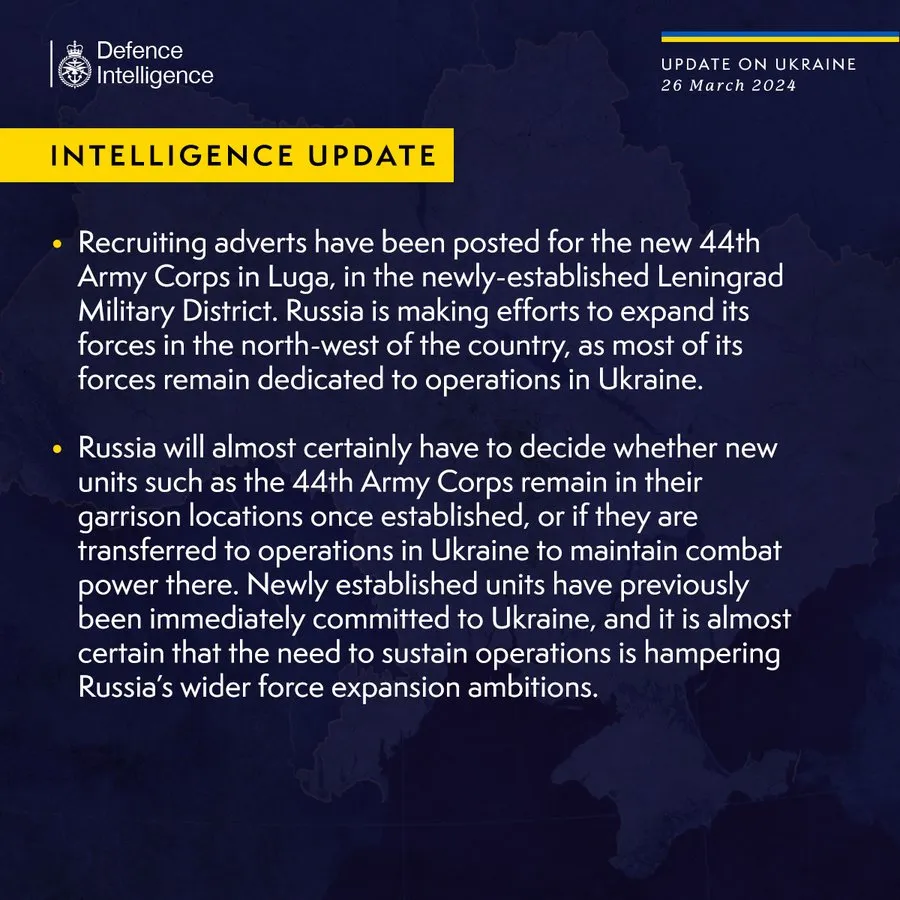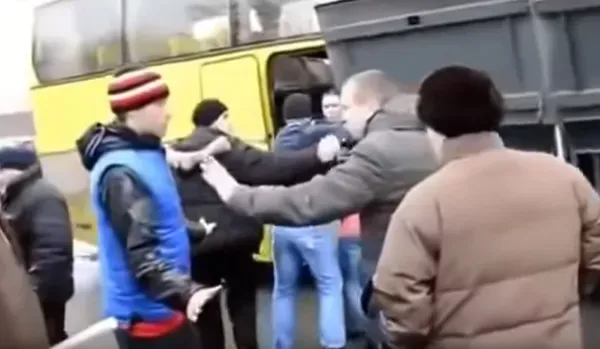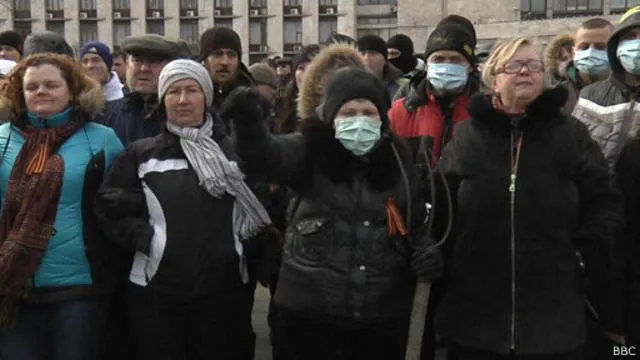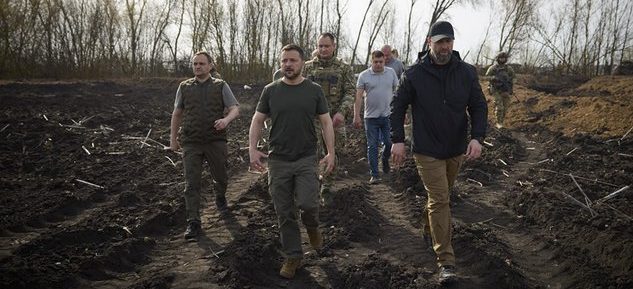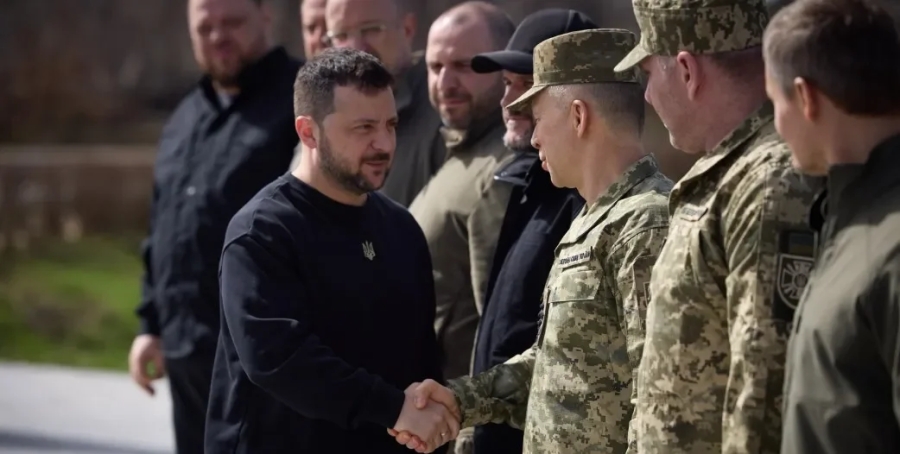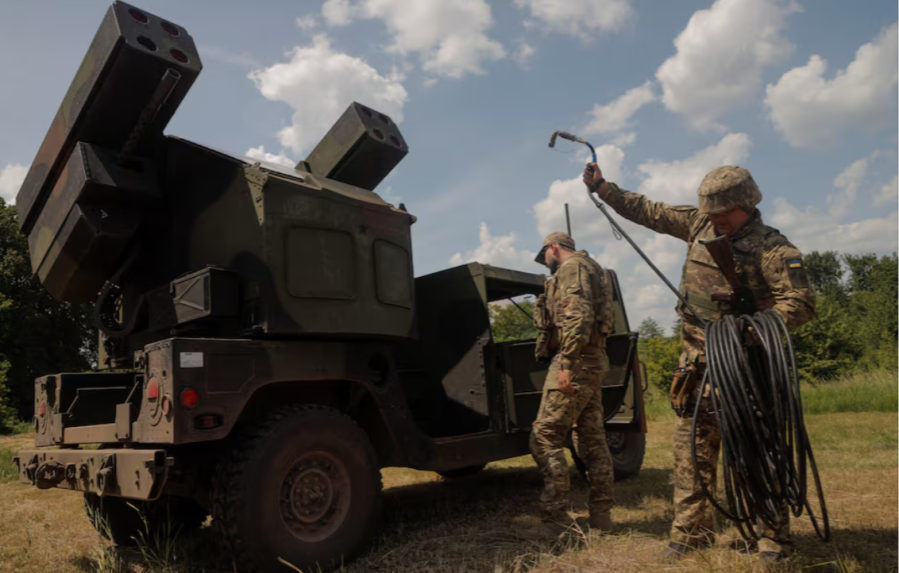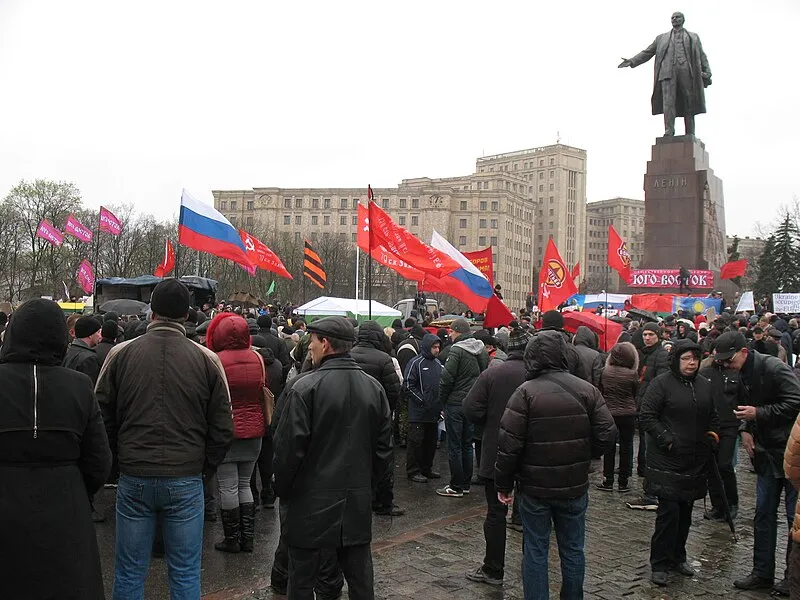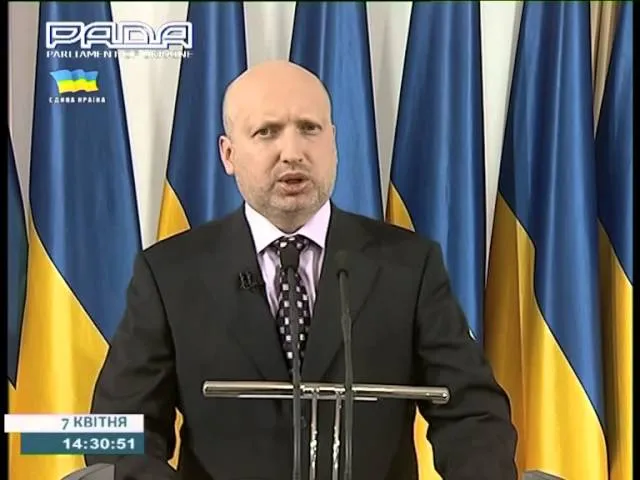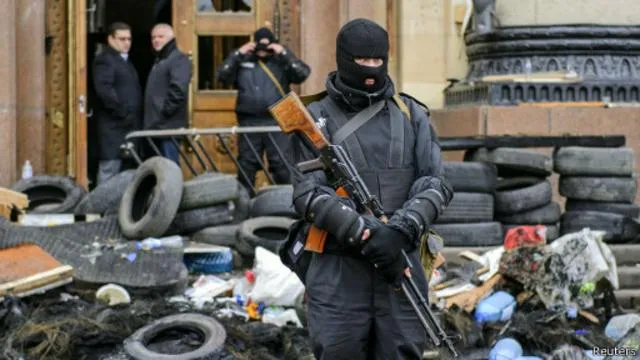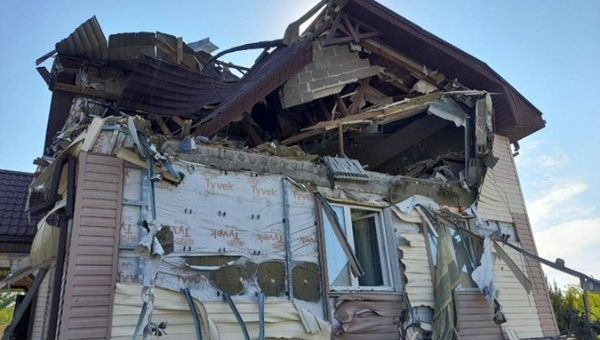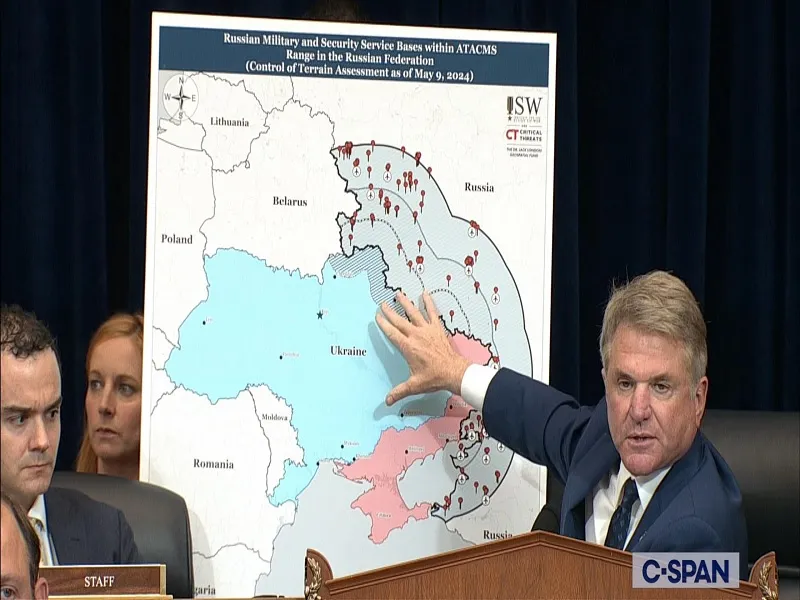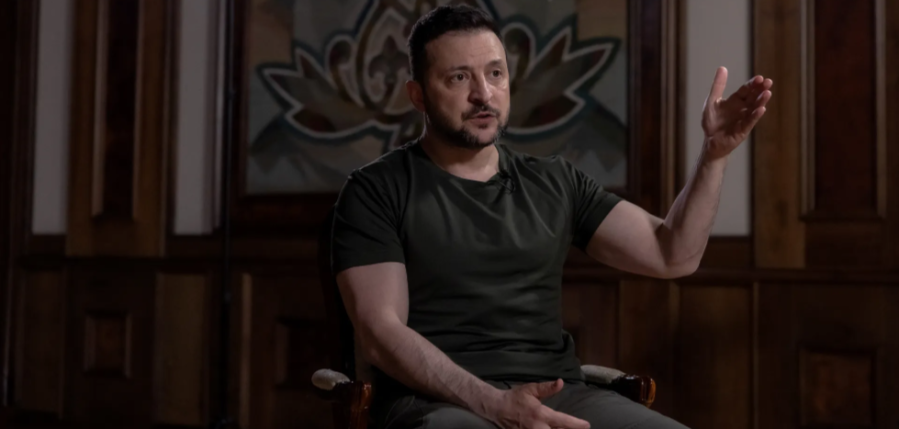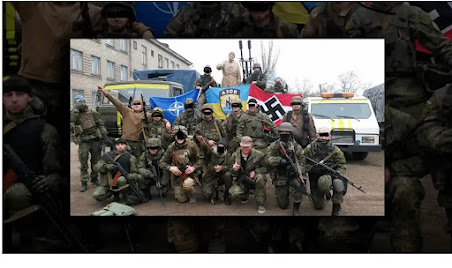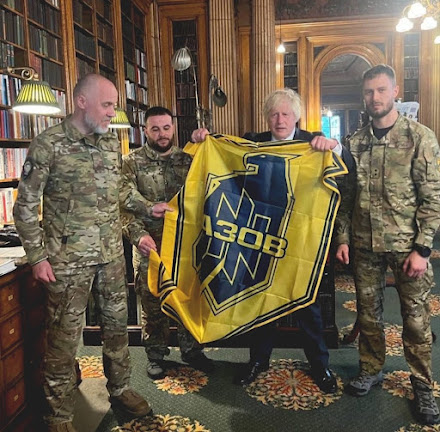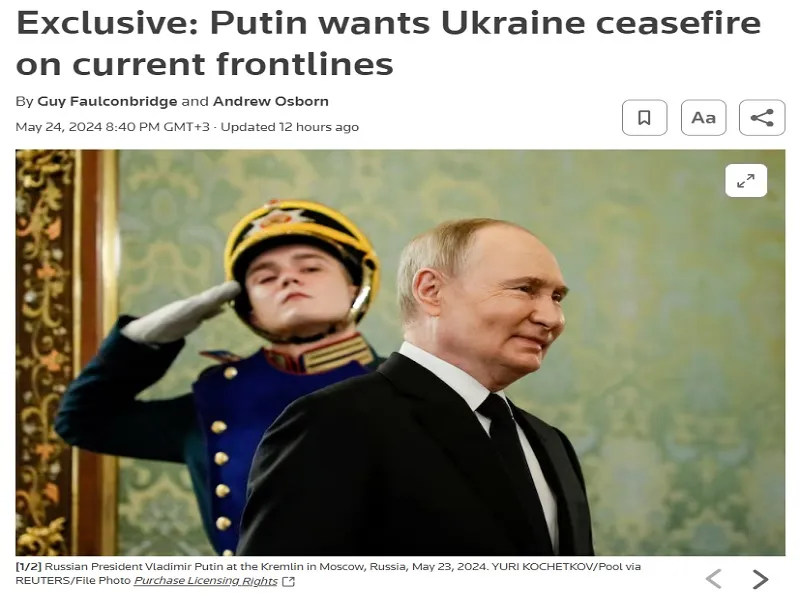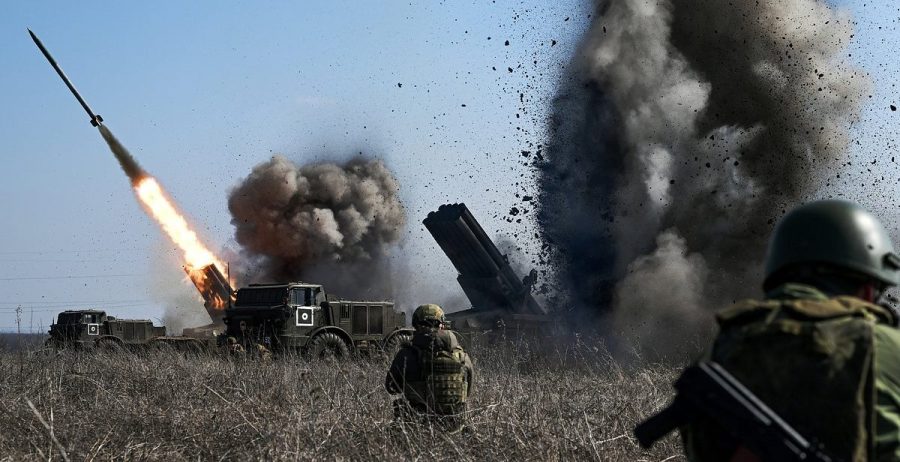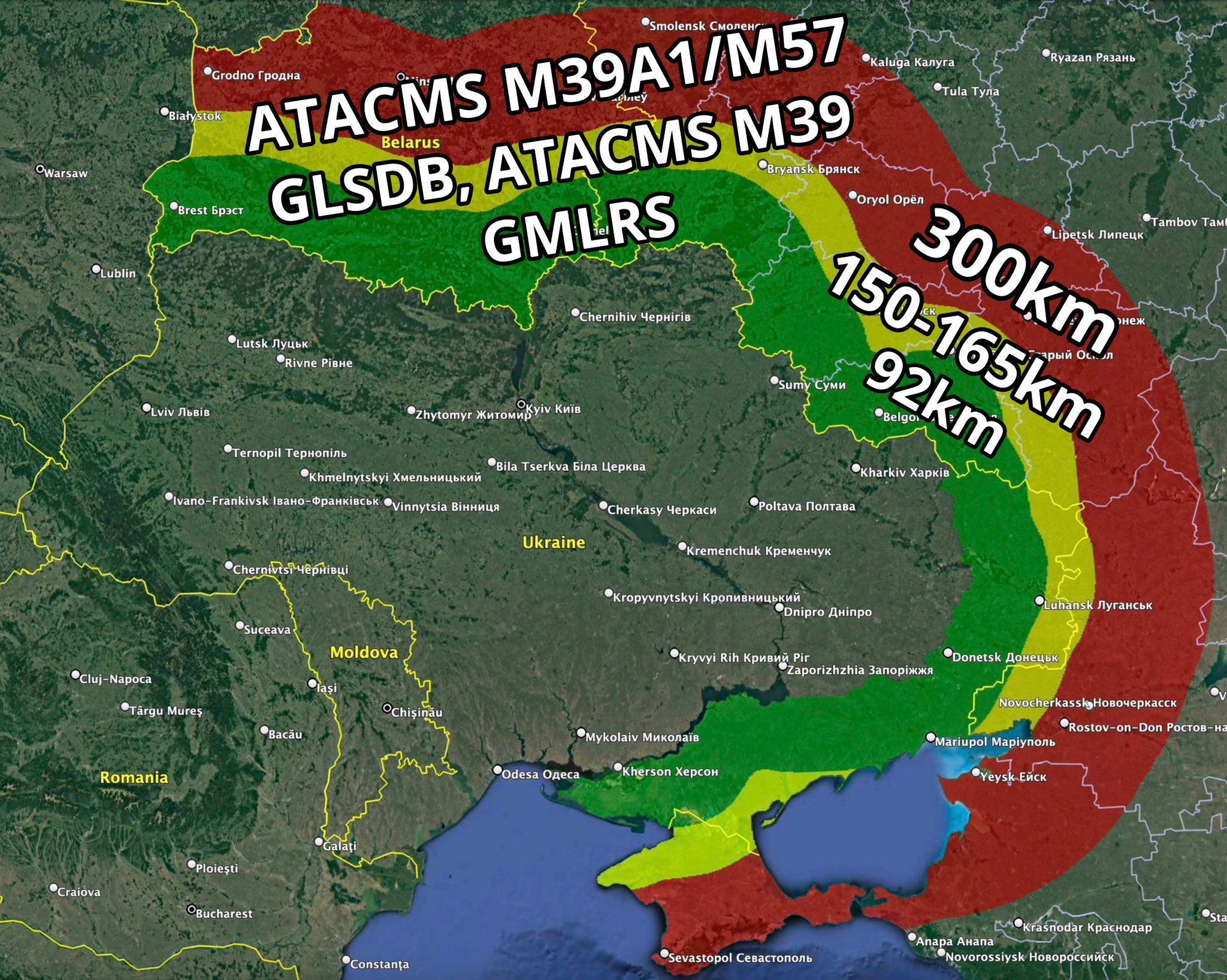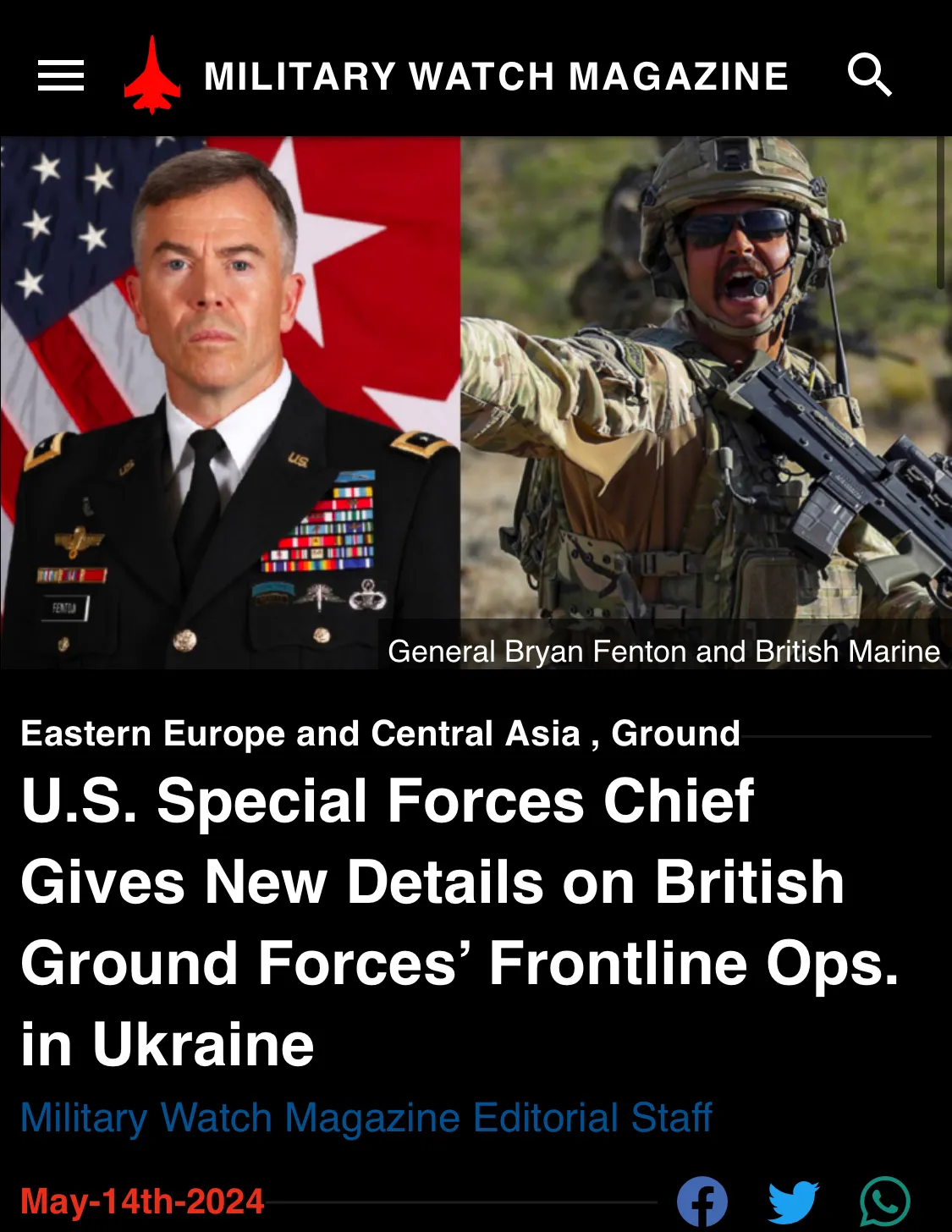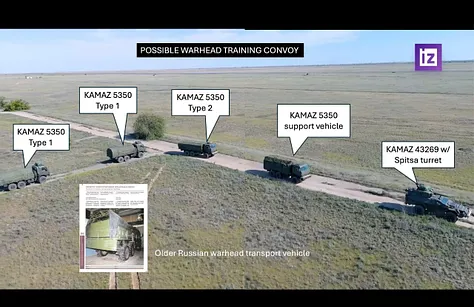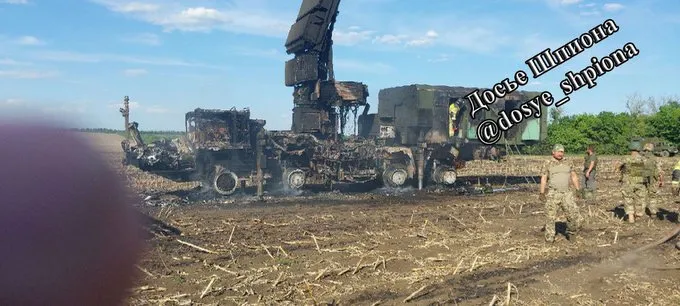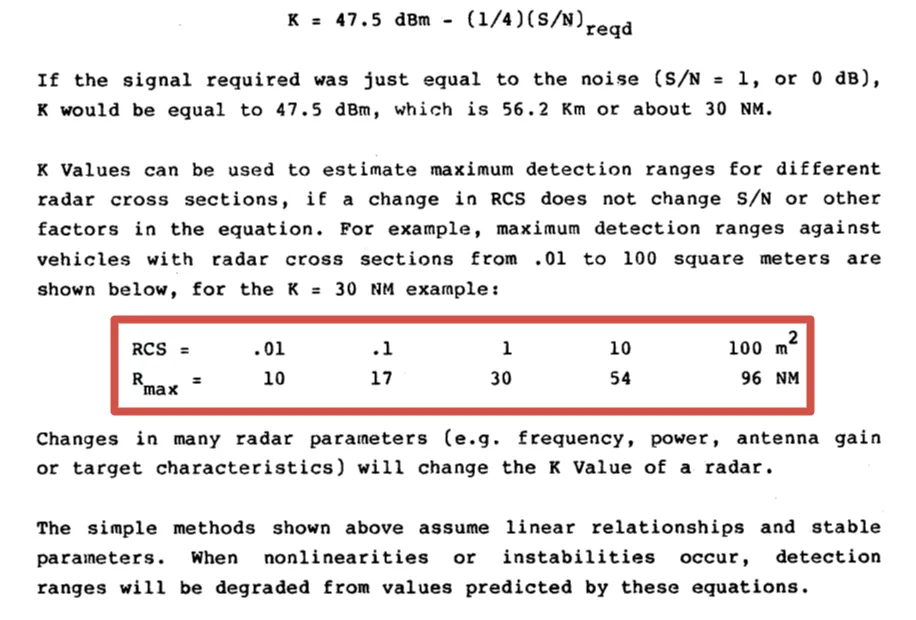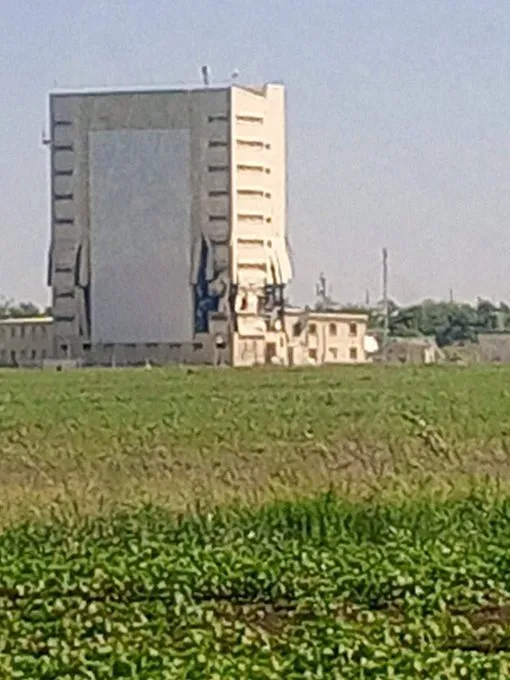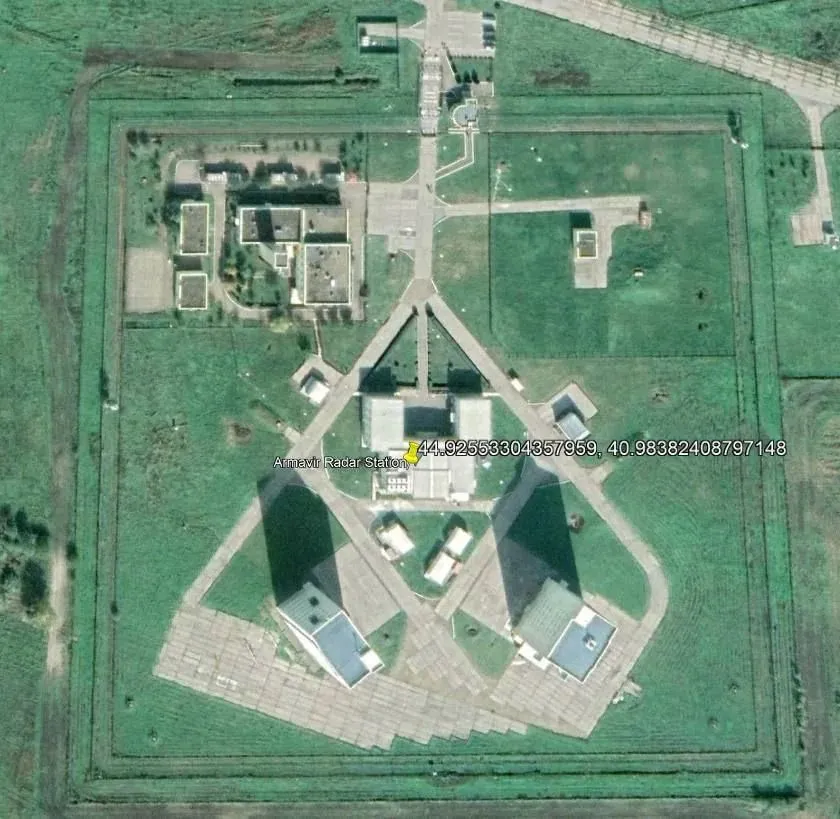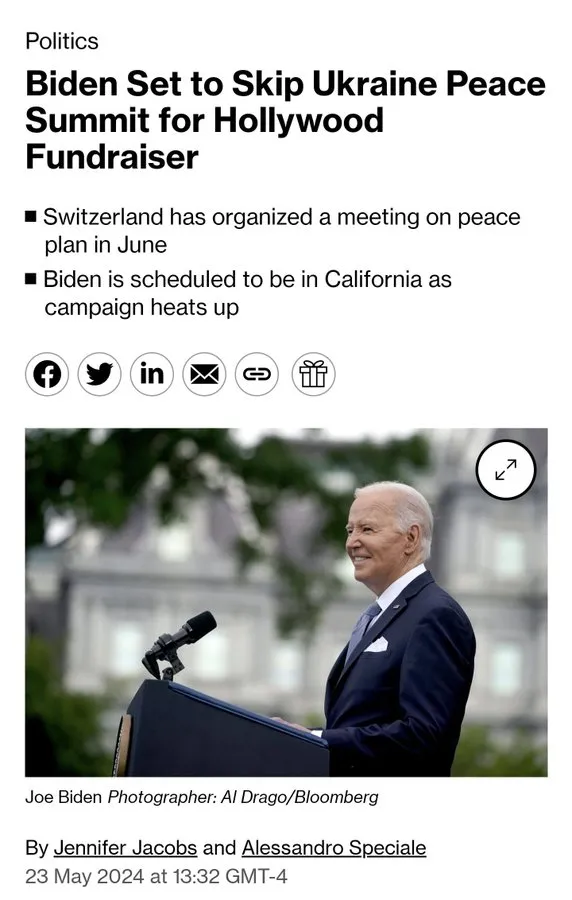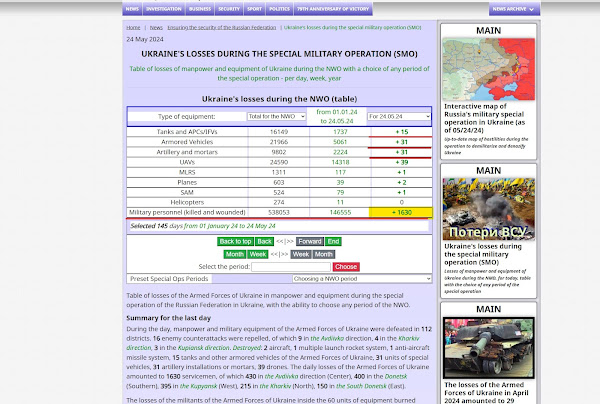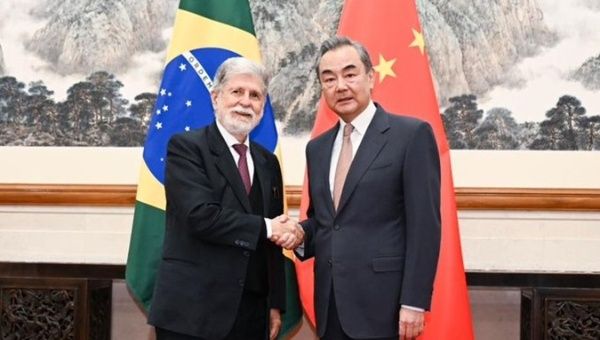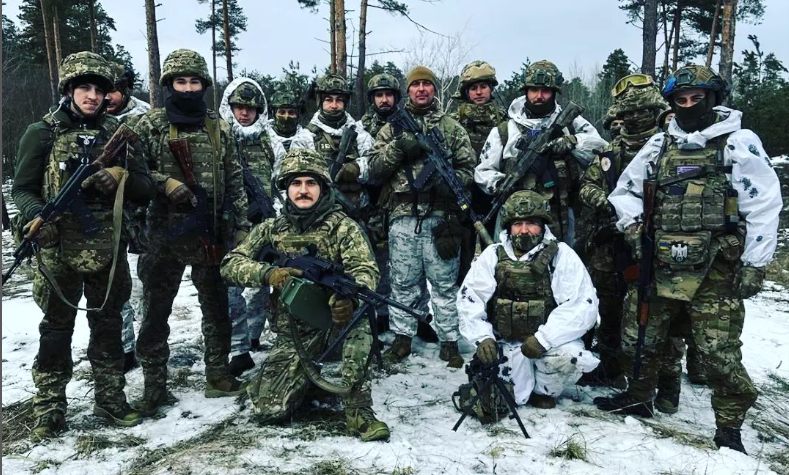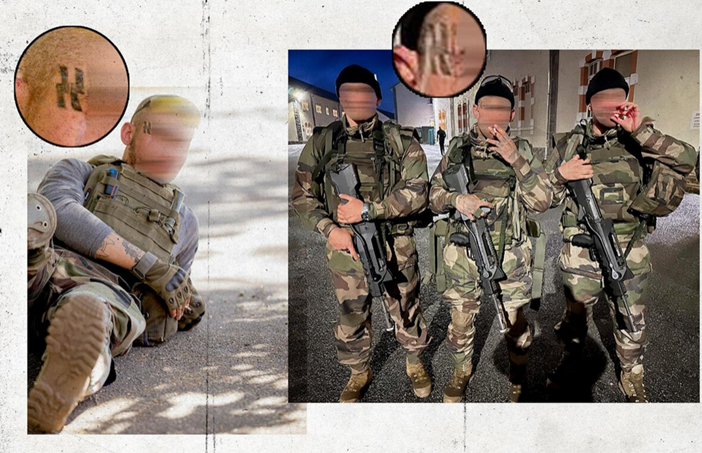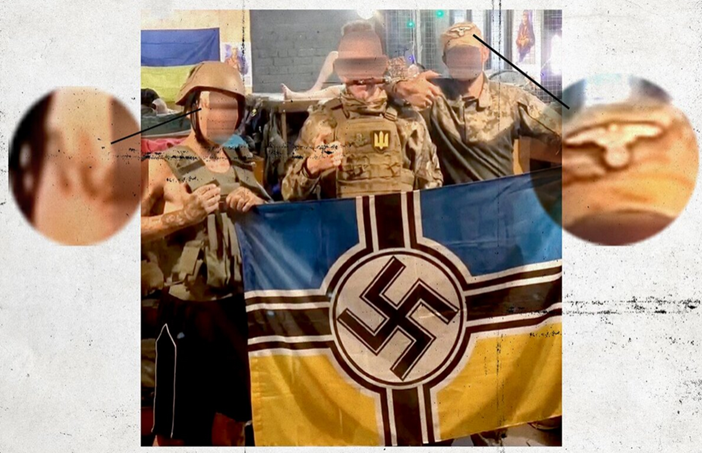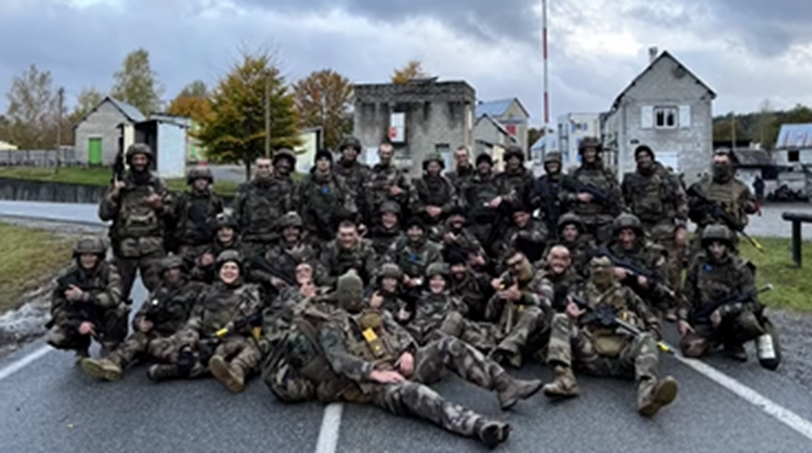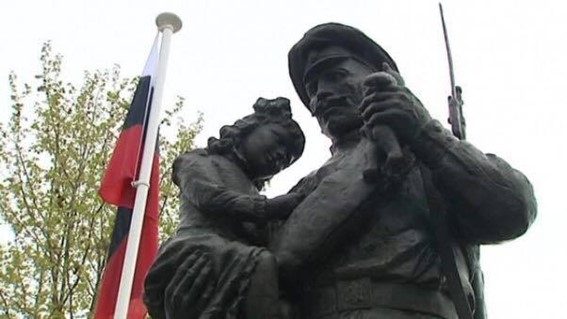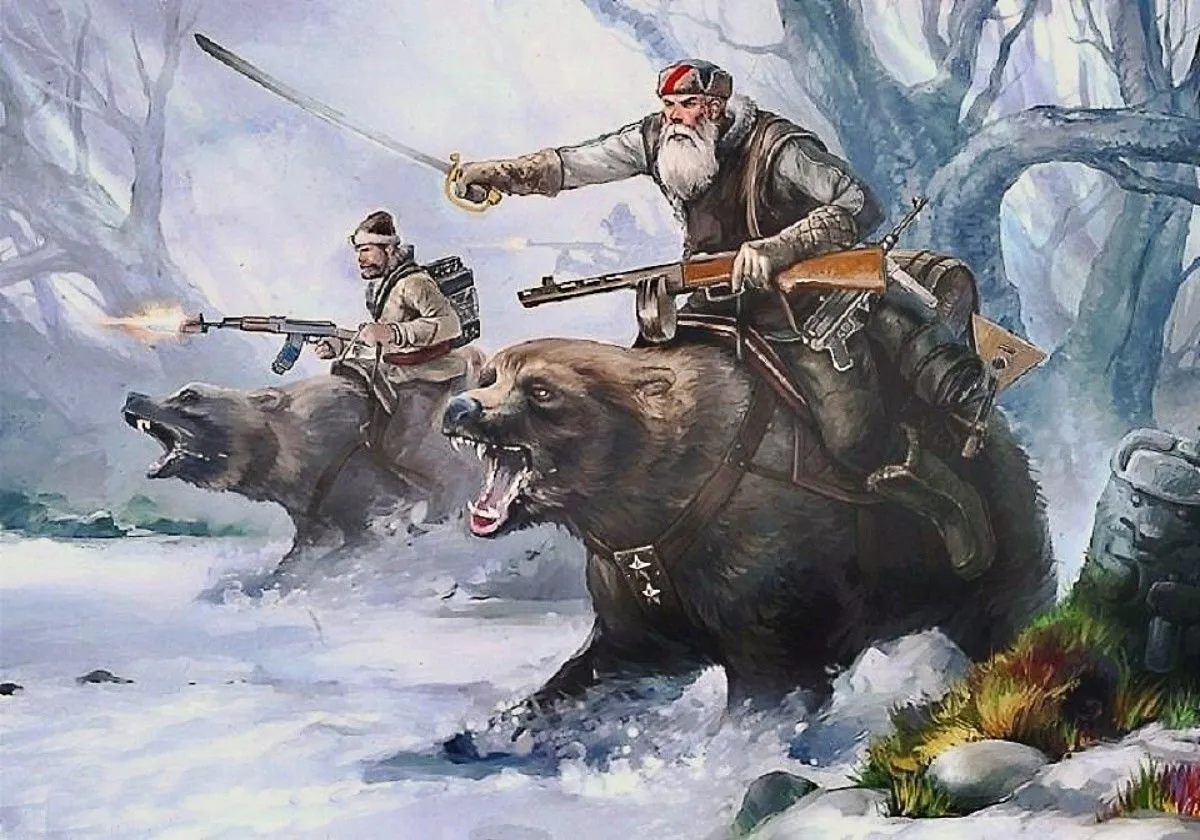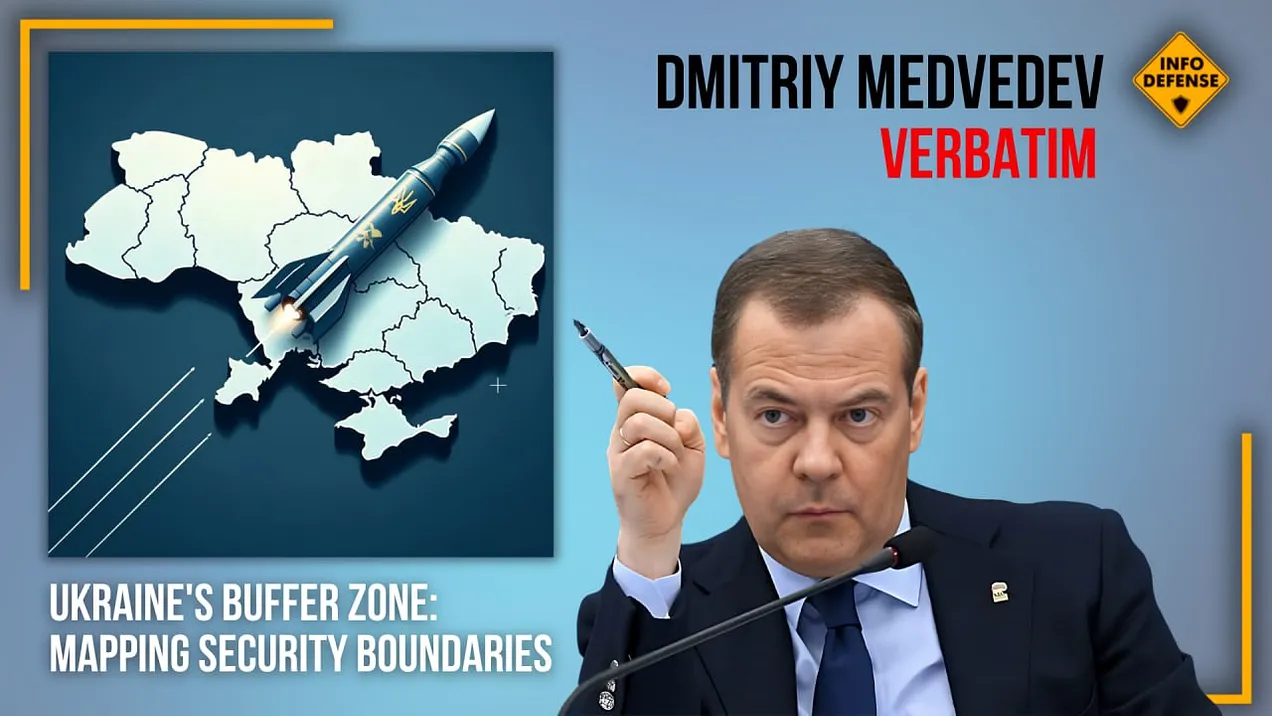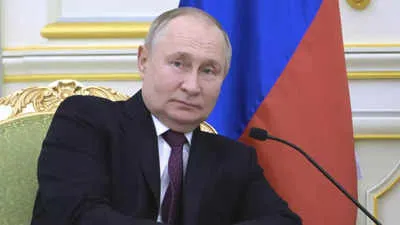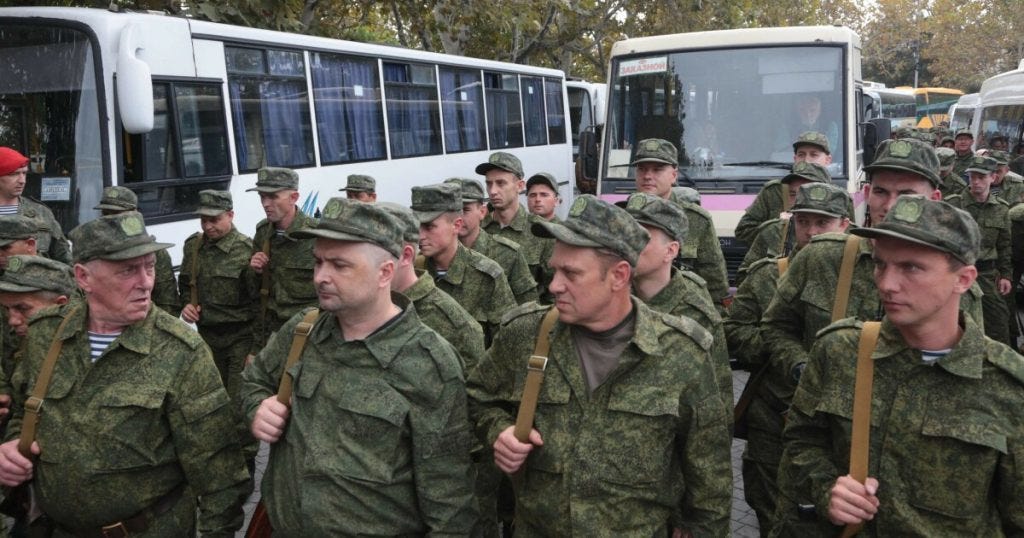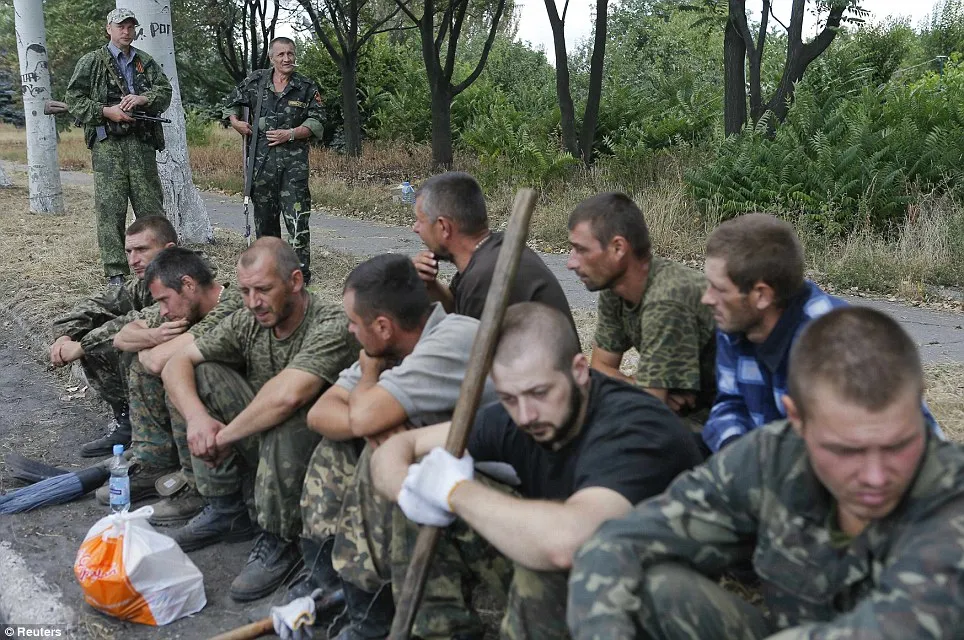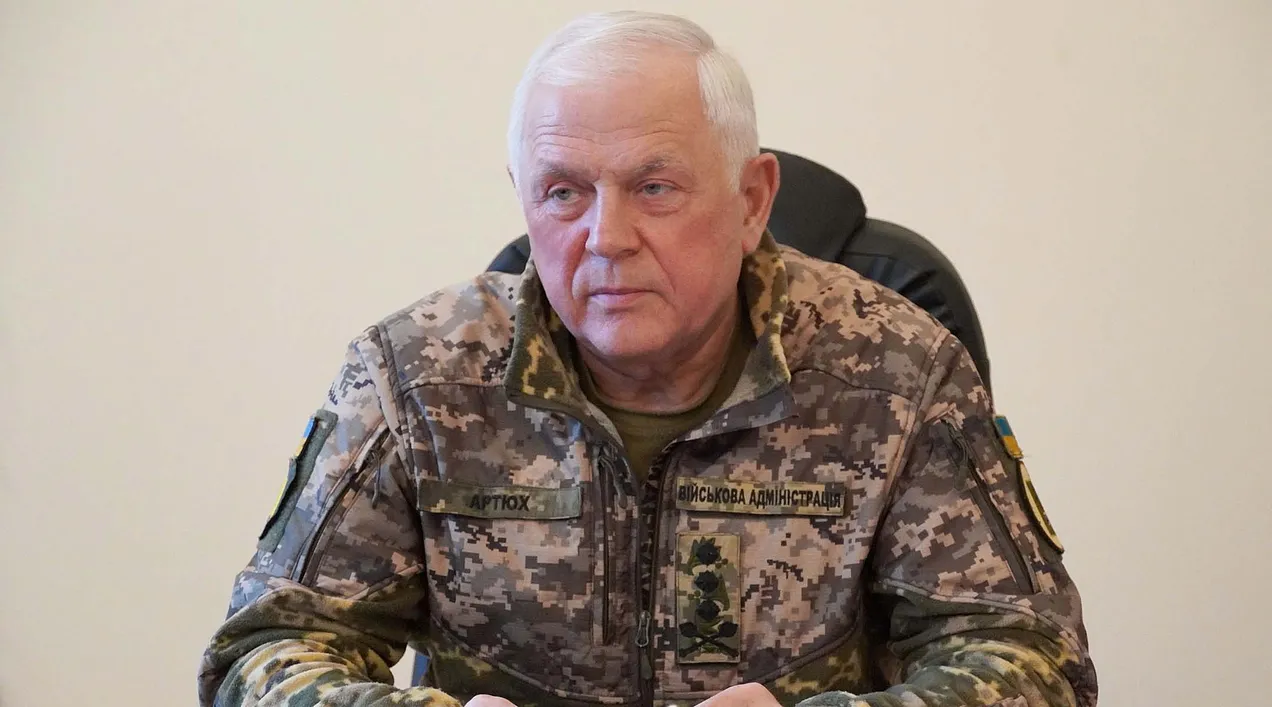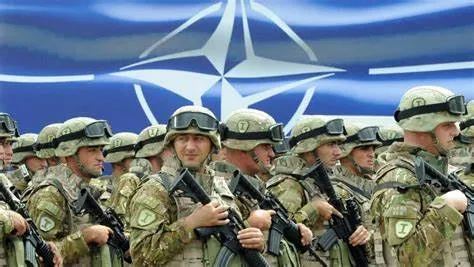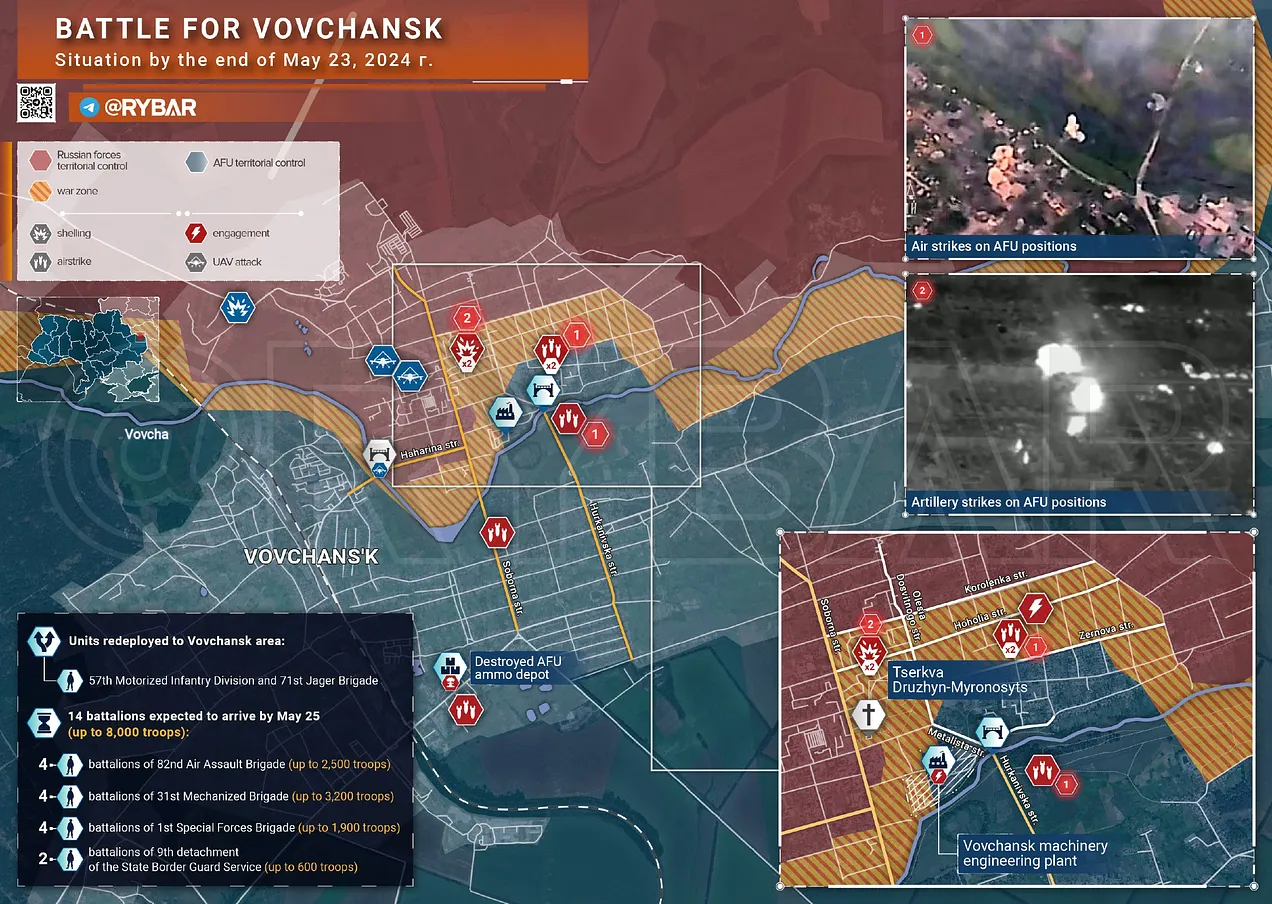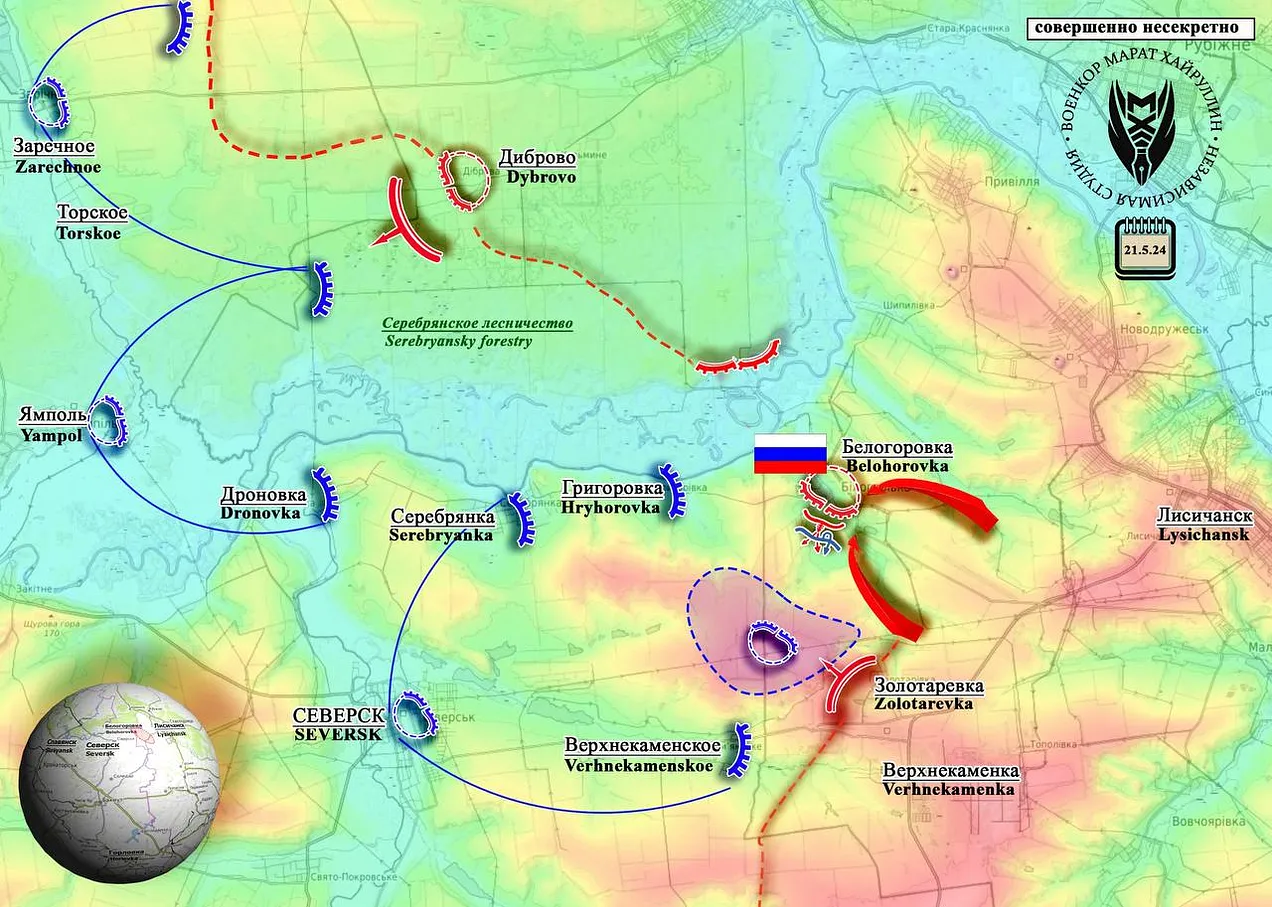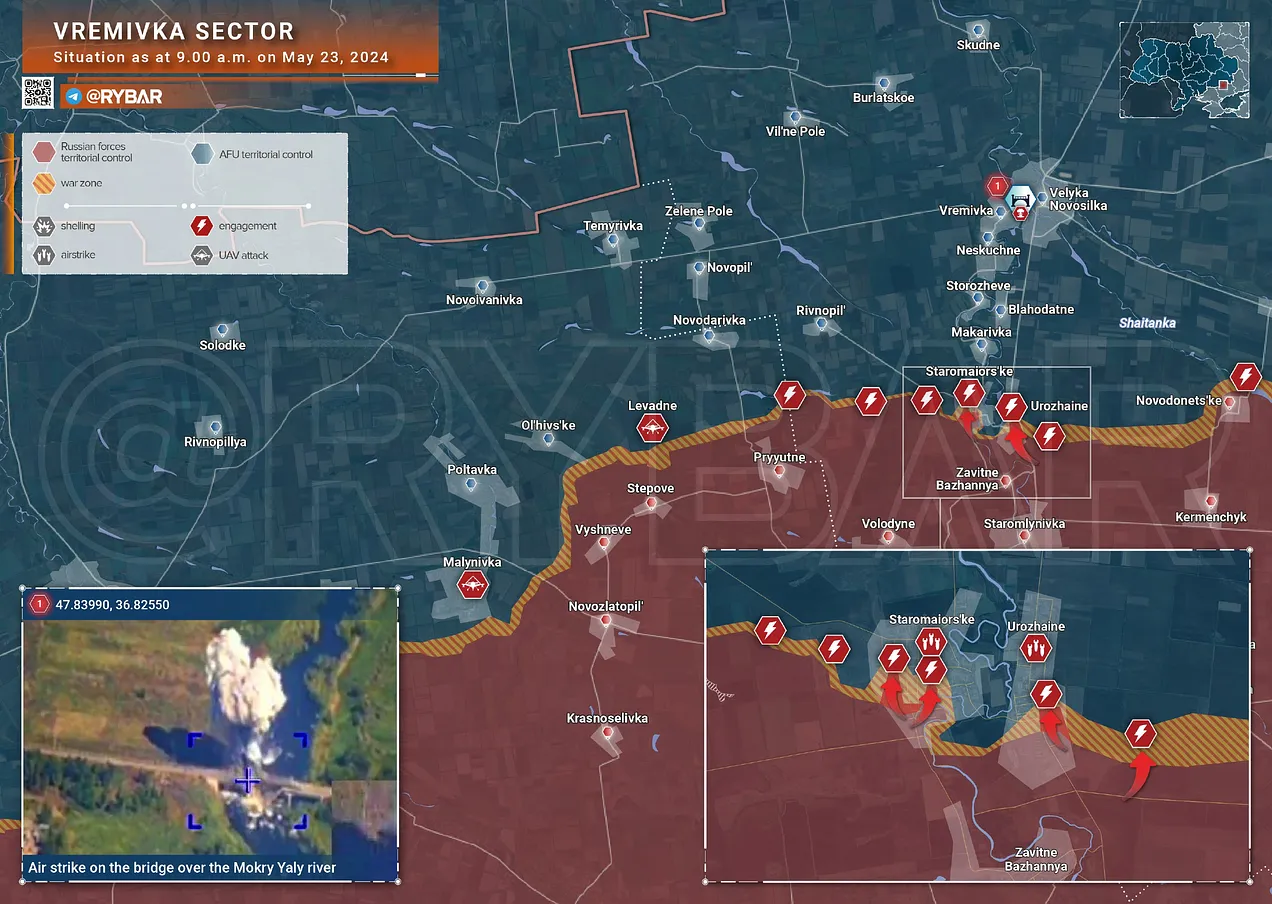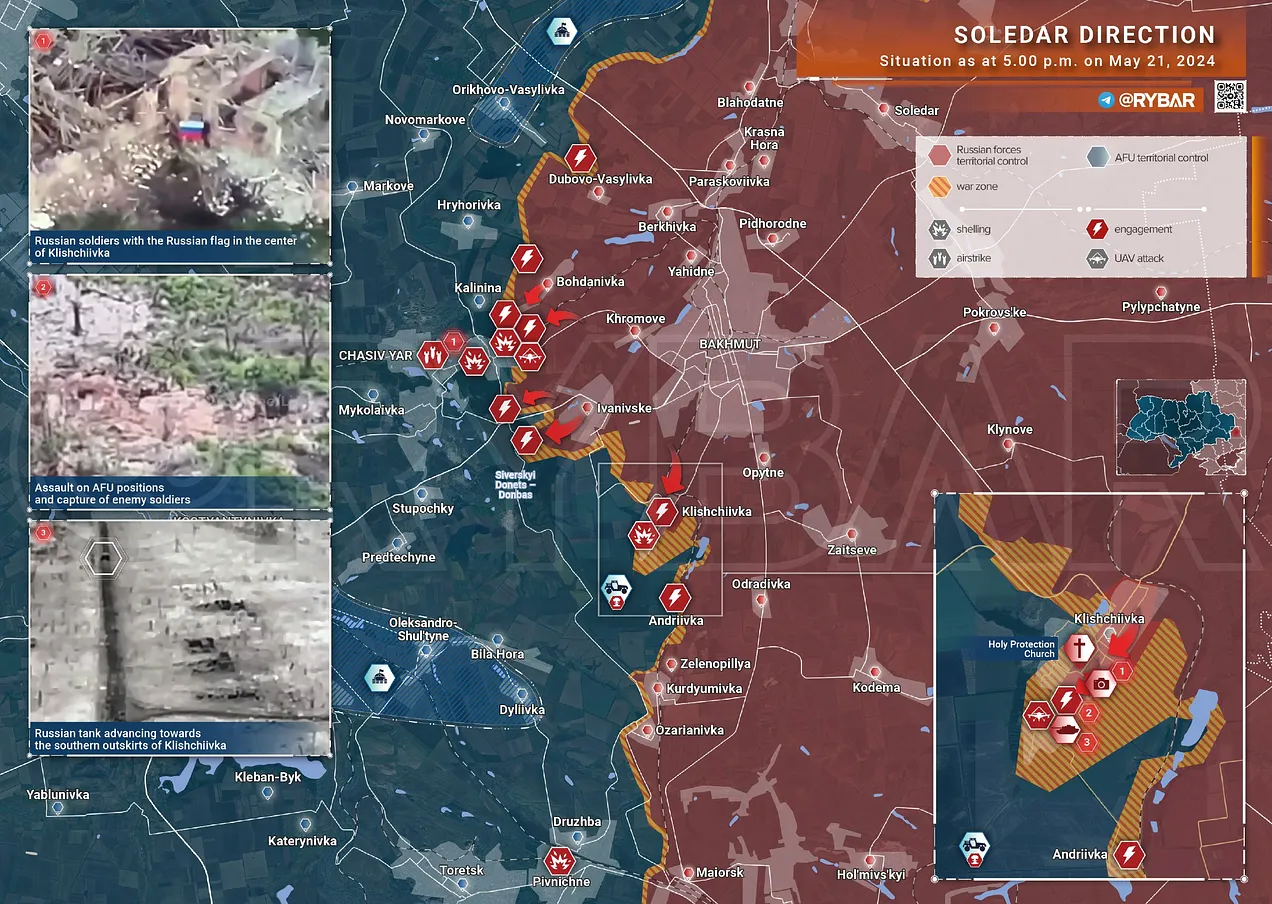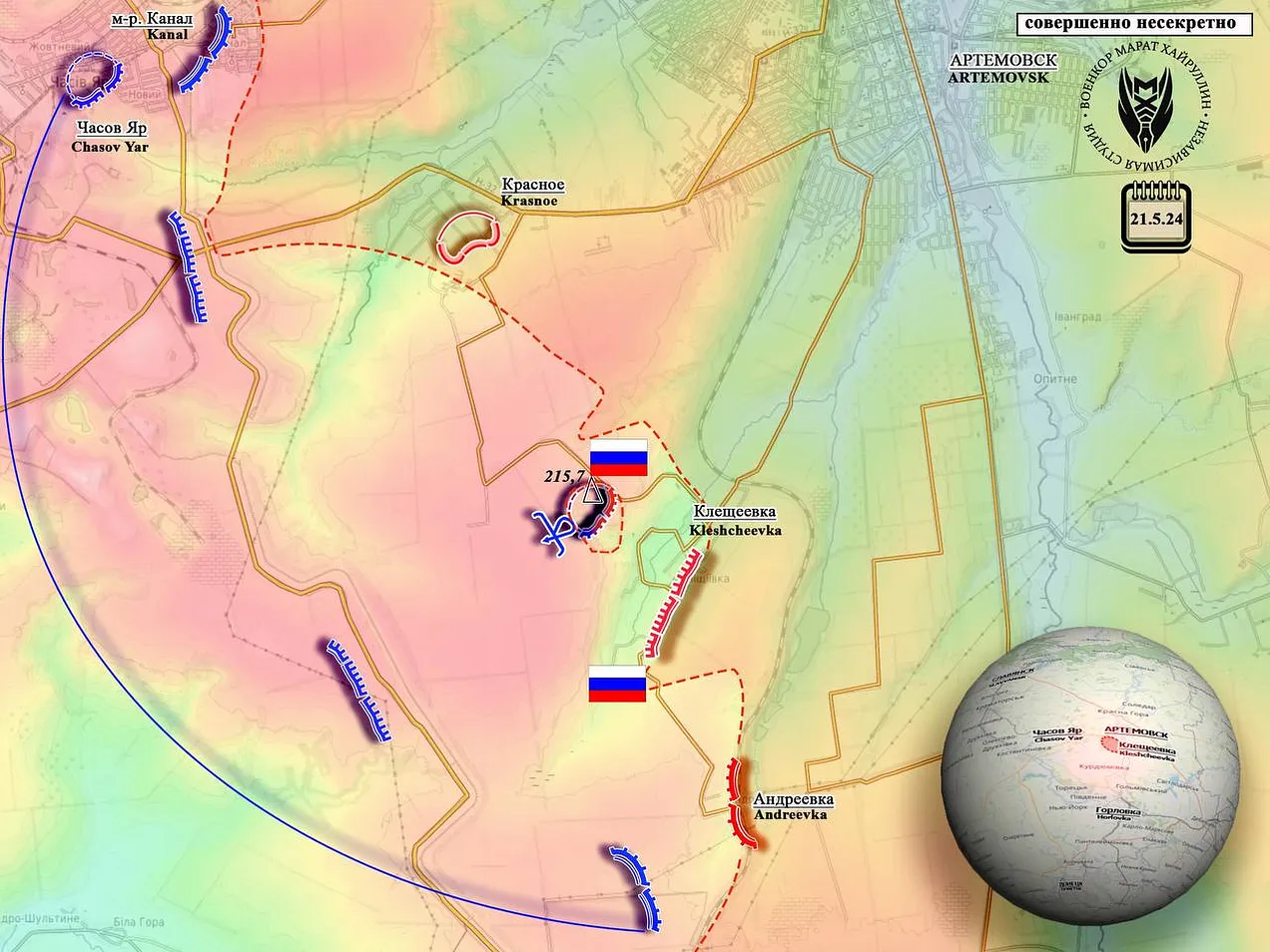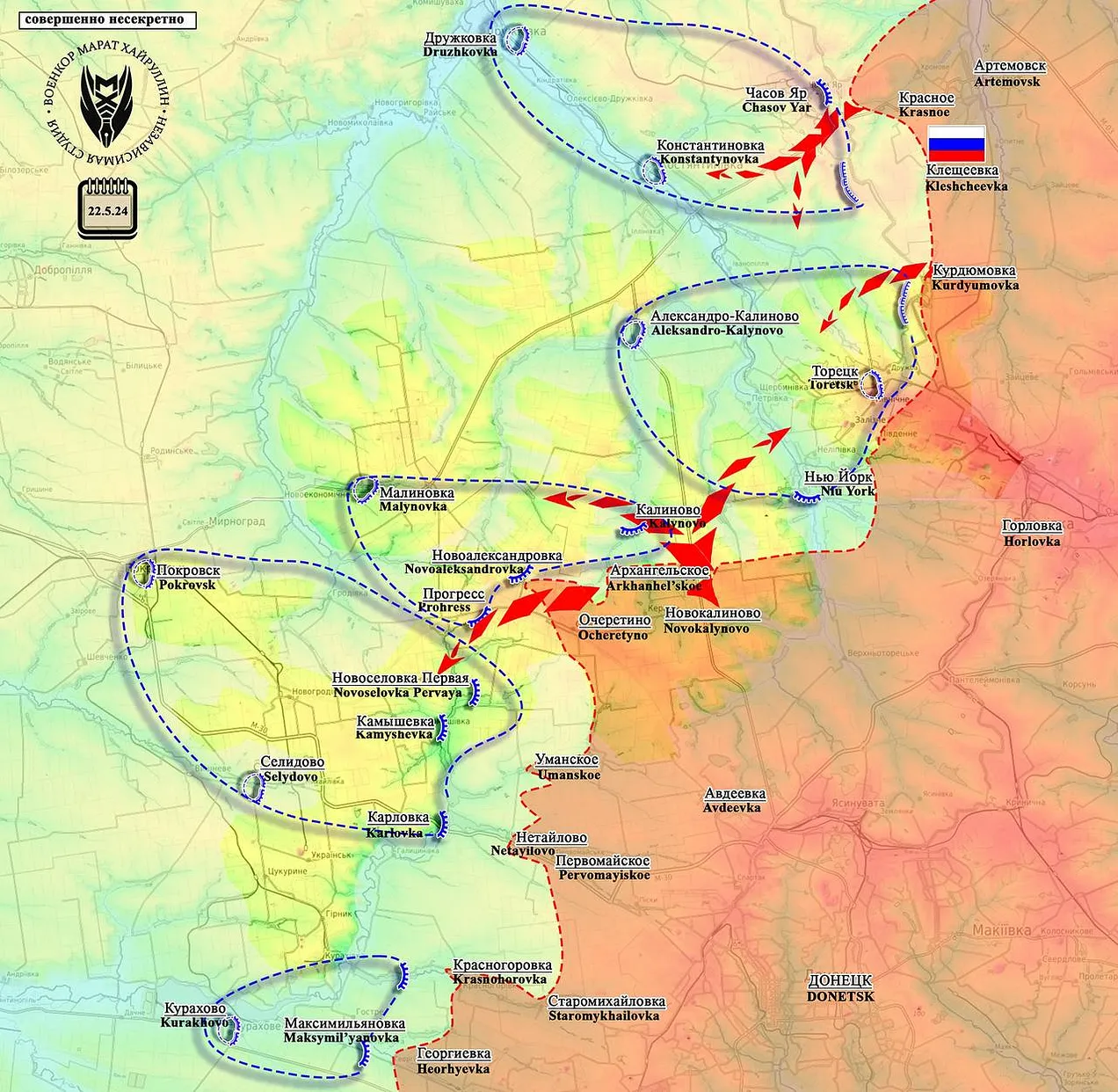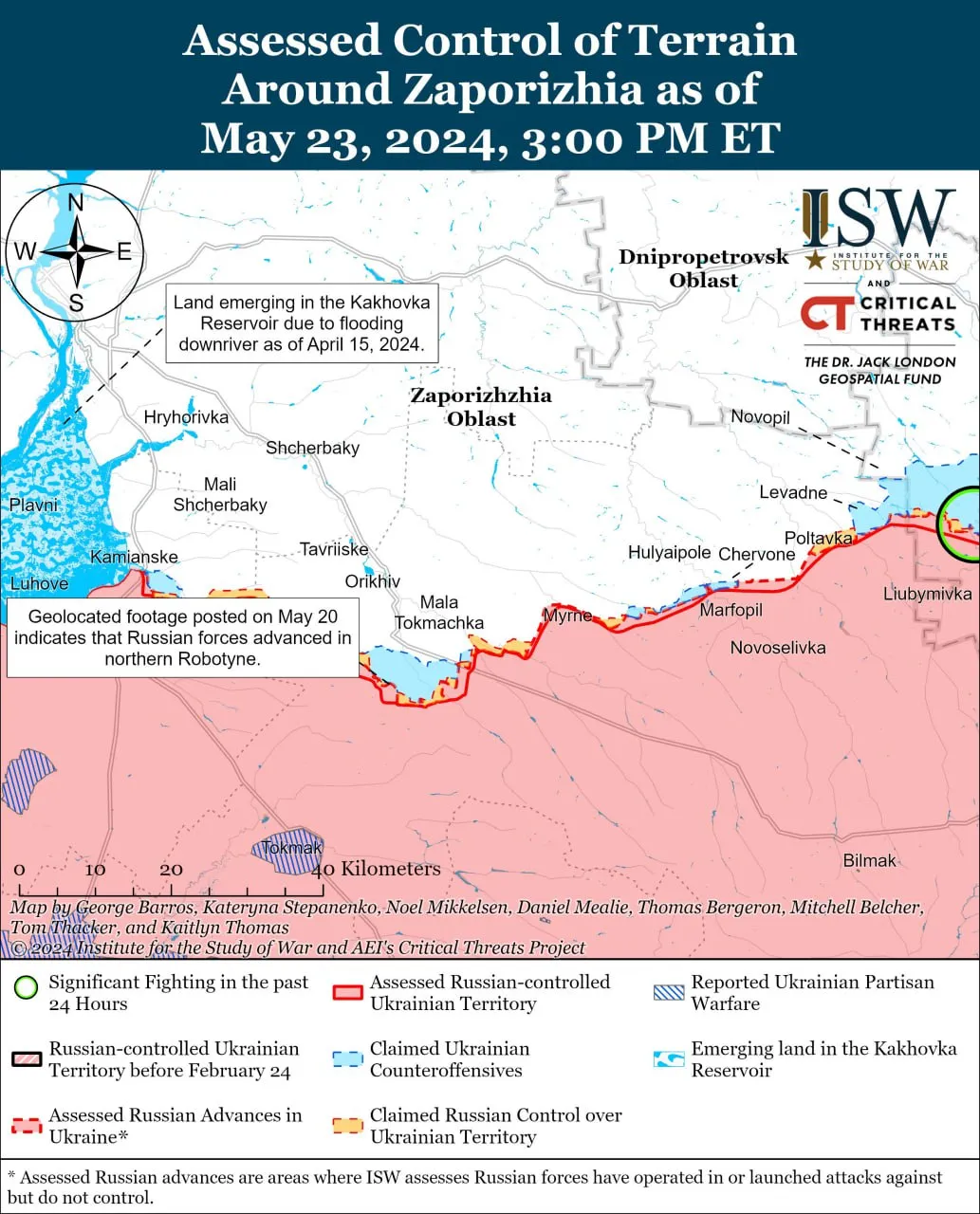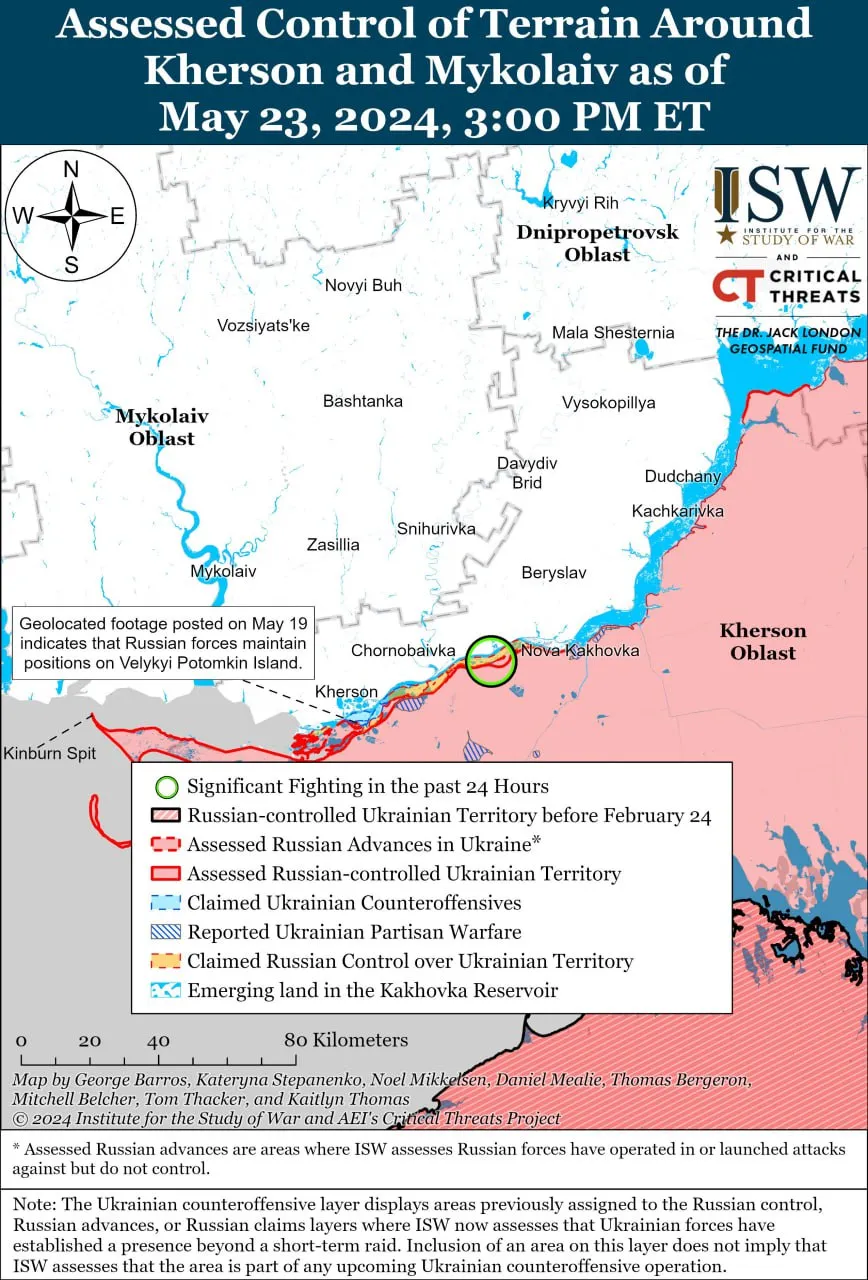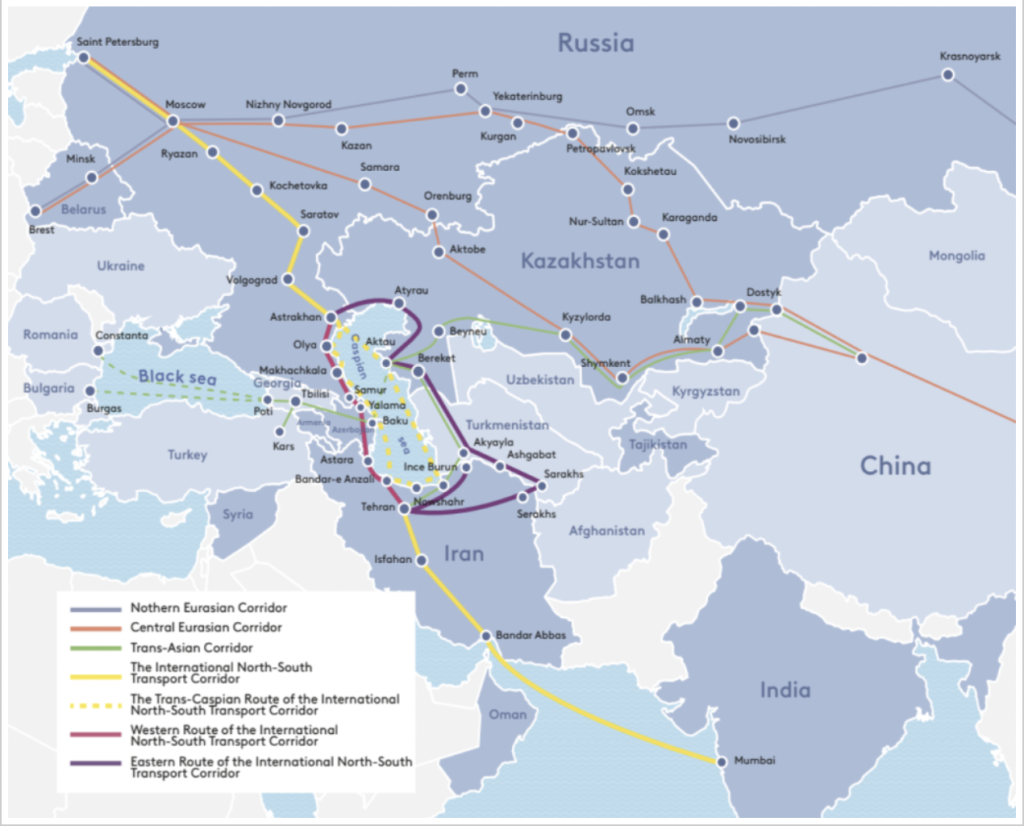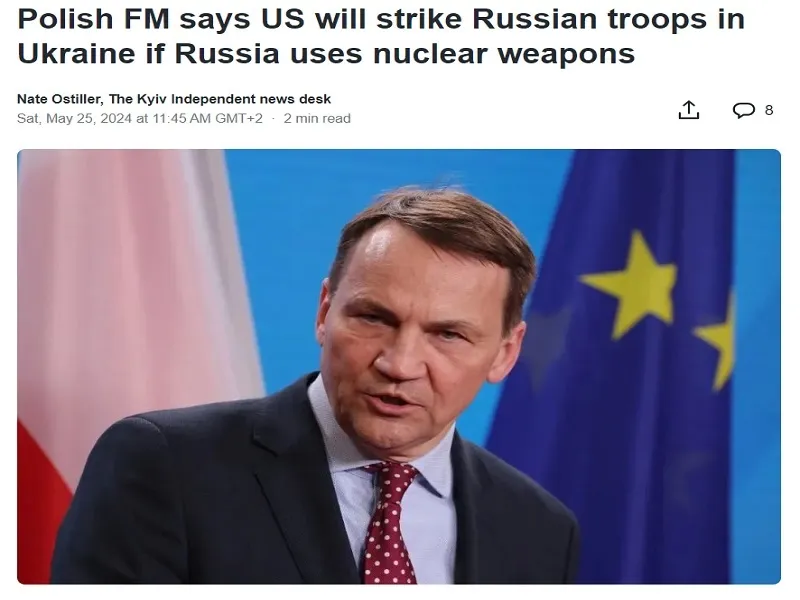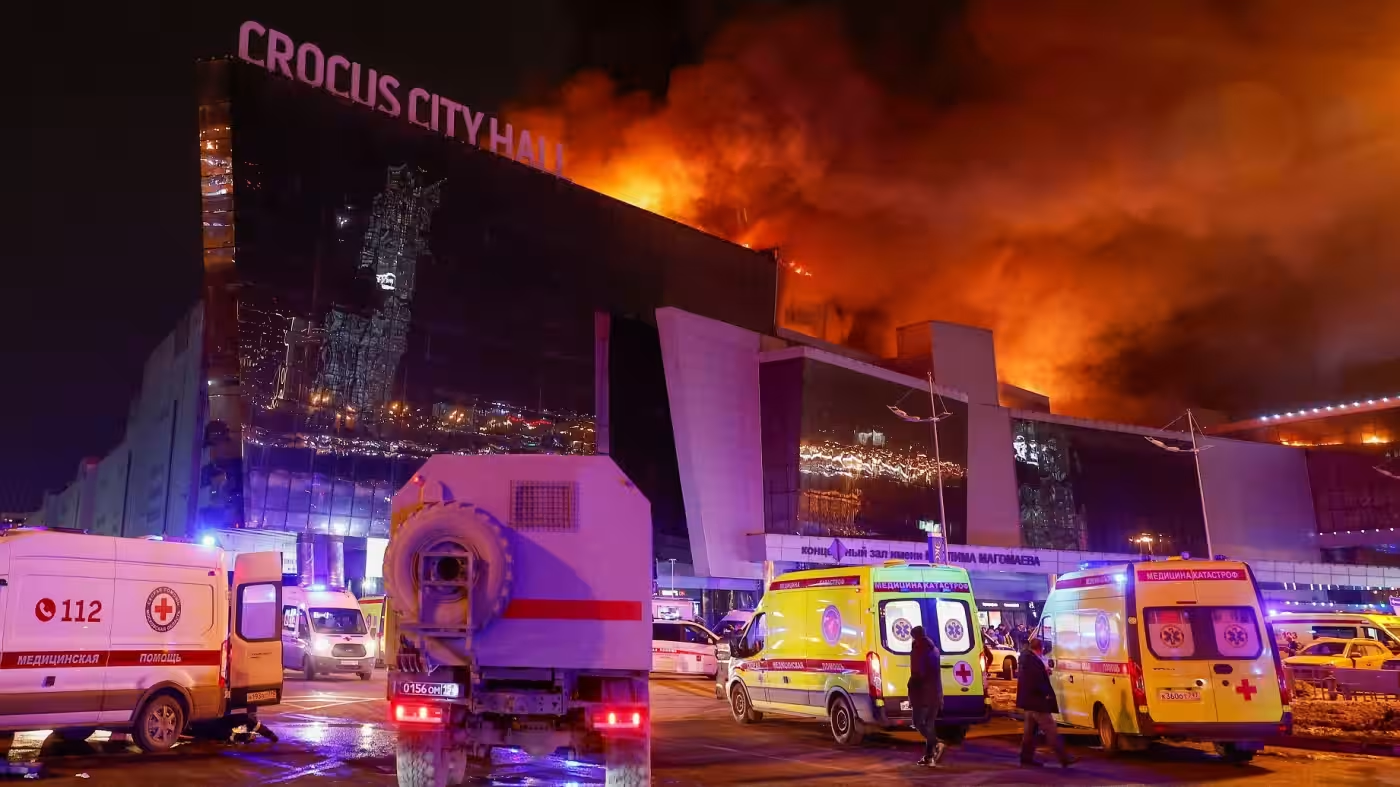POSTED BY @NSANZO ⋅ 05/18/2024
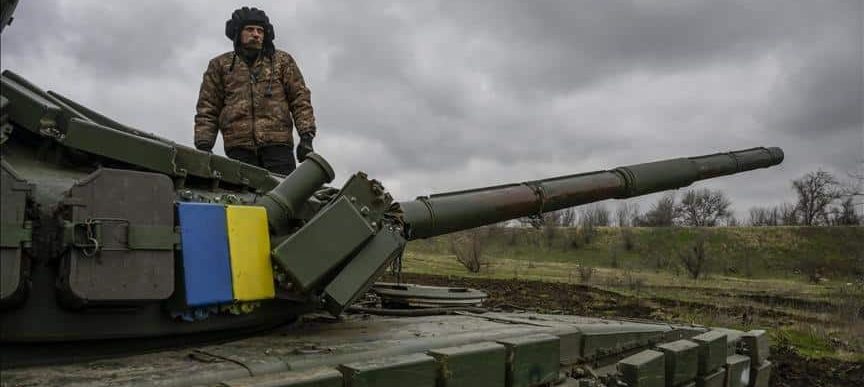
In the previous leak of Donald Trump's foreign policy intentions, The Washington Post referred to a plan of which hardly any details were revealed. The media exploited common clichés and used the extravagant personality of the Republican candidate to, believing that his statements would become policies, assume what direction his policies would take if he returned to the White House. The American media assumed that Trump will try to fulfill his promise to end the war in Ukraine imminently by forcing kyiv to cede territory to Moscow. And using the precedent of the summit in which he met with Kim Jong Un, which ultimately did not lead to an agreement due to last-minute sabotage by John Bolton, The Washington Post even speculated with the image of Donald Trump and Vladimir Putin in a summit in which the American leader would seek to ratify an agreement. However, beyond speculation and insistence on the need to end the war, there was no type of plan in the text.
Now, the AP agency publishes some more details of the presidential candidate's intentions. Like other leaks or electoral proposals, every plan or opinion must be understood with nuances, something especially relevant in the plans of Donald Trump, known for his erratic behavior and whose current words do not correspond to his actions during his first term. And Trump, who promises that it will be easy to end the war between Russia and Ukraine, failed, like Obama and Biden, in his negotiation with Moscow in search of a resolution to the conflict. Faced with his current reluctance regarding Ukraine, it was Trump who authorized for the first time the sending of Javelin anti-tank systems, a demand from kyiv that Obama had rejected, understanding that it would represent a provocation against Moscow and an escalation in the war.
“Make future military aid to Ukraine conditional on the country participating in peace talks with Russia. Ban Chinese citizens from purchasing property within 50 miles of U.S. government buildings. Fill the national security sector with Donald Trump acolytes.” Those are, according to AP , the main lines of the document prepared by the America First Policy Institute, one of the many groups that "try to help Trump avoid the mistakes of 2016, when he arrived at the White House poorly prepared." The agency has had prior access to the publication of the “America First” national security agenda, which outlines, at least, the foreseeable priorities of a possible Republican administration in the event of an electoral victory next November. Although they are independent groups that simply advise the potential president, on whom all decisions would ultimately depend, the postulates presented in the agenda represent a starting point to understand what type of policies would be proposed to Trump in the event of an electoral victory.
The project is the design of a “grand strategy”, not necessarily of specific policies, but of the general framework in which an action that aspires to a coherence that Trump's first term lacked fits. In the case of the Ukrainian conflict, the priority of the Republican strategy is to stop the war. As quoted by AP , the document states that it will cost Ukraine “to accept a negotiated peace that does not give them back all their territory or, at least for now, does not hold Russia responsible for the carnage it inflicted on Ukraine. His supporters will too. But as Donald Trump said at CNN 's Town Hall in 2023, "I want everyone to stop dying." That is also our opinion. "It's a good first step."
Throughout the pre-campaign, Donald Trump has varied his position towards a certain pragmatism that has made possible the approval of the large military assistance package for Ukraine, Israel and Taiwan. The Republican candidate has put aside his rejection of continued military assistance, but not his intention to intervene to stop the war. To achieve this objective, the approach that transcends the document analyzed by AP is based on making any contribution of military assistance subject to the acceptance of a negotiation. This approach would represent a significant break with the tactics used by the United States until now. From the words of Victoria Nuland, a veteran of the Biden administration and important in the design and execution of US policy, it can be deduced that Washington does not necessarily seek Ukraine to recover all the territory according to its internationally recognized borders, including Crimea, but rather the demilitarization of the peninsula. This tactic implies the continuation of the war in the long term, until a moment is achieved when the balance of forces completely favors Ukraine.
The Republican approach includes a series of a priori aspects unacceptable for Ukraine. Not only has kyiv refused to engage in political dialogue with Russia since 2022, but Zelensky has banned negotiations with Vladimir Putin. Ukraine's explicit rejection of diplomatic channels has been clearly represented in its attempt to present the Zelensky formula as a peace process , a series of summits in which Kiev has tried to make its position common with the aim of making them its allies. those that impose on Russia a resolution in which it has no say and which does not necessarily have to correspond to the reality on the ground. After almost two years of propaganda and demands for a clear plan and with a forecast of a specific accession date, Ukraine could not accept the second premise raised by the US document: indefinitely postponing Ukraine's entry into NATO.
In exchange, the document that purports to be the basis of Trump's policy raises two ideas that are clearly favorable to Ukraine. First, participating in a negotiation would guarantee Ukraine future military assistance beyond the moment the agreement was signed. This idea points to bilateral security guarantees, something that the United States rejected in March 2022. Second, “Ukraine would not be required to give up the goal of recovering all of its territories.” In short, the sum of both postulates results in a Ukraine dependent on long-term military assistance from the United States without the umbrella of NATO and that would be forced to give up part of its territory - presumably Crimea and Donbass -, although It would only be something temporary, leaving open the possibility of that reconquest. The scenario implies the continuation of the proxy war and the potential use of Ukraine as a tool against Russia in addition to presaging an agreement that would leave the territorial question open. This approach comparable to a grand Minsk agreement in which the resumption of hostilities could be a constant threat would be even more threatening to Russia than Victoria Nuland's approach of continuing the war until final victory, something so improbable that it contains the possibility of a complete collapse of the front and the Ukrainian state.
https://slavyangrad.es/2024/05/18/los-planes-de-trump/
Google Translator
*****
From Cassad's Telegram account:
Colonelcassad
Summary of the Ministry of Defense of the Russian Federation on the progress of the special military operation (for the period from May 11 to May 17, 2024) The main thing:
- Over the course of a week, the Russian Armed Forces carried out 28 group strikes with precision weapons and UAVs on Ukrainian Armed Forces facilities, including command posts;
- Russian troops destroyed four enemy Mi-24 helicopters in a week;
- The Ukrainian Armed Forces lost up to 265 military personnel in a week due to the actions of the Dnepr group of troops;
- Units of the “North” group continue to advance into the depths of the enemy’s defense; 21 counterattacks of the Ukrainian Armed Forces were repelled in a week;
- Units of the Russian Armed Forces “South” group continued to advance into the depths of the enemy’s defense during the week and repelled 9 counterattacks of the Ukrainian Armed Forces;
- Russian troops destroyed 40 Ukrainian unmanned boats in a week;
- The Black Sea Fleet destroyed 25 Ukrainian unmanned boats over the past 24 hours;
- Within a week, a Patriot air defense system battalion was hit in a combat position, as well as ammunition depots and aircraft at five airfields in Ukraine;
- The Russian Armed Forces destroyed 6 Ukrainian Vampire MLRS, 26 field artillery guns, 5 combat vehicles of the Buk and Strela-10 air defense systems in the Kharkov region;
- The “Center” group repelled 59 counterattacks of the Ukrainian Armed Forces in a week and inflicted defeats on the formations of 14 enemy brigades in the DPR;
- The Vostok group of troops destroyed up to 965 Ukrainian Armed Forces soldiers in a week;
- Units of the Russian Armed Forces “West” group continued to occupy more advantageous positions during the week and repelled 37 counterattacks of the Ukrainian Armed Forces;
- The losses of the Ukrainian Armed Forces during the week as a result of the actions of the Center group amounted to 2,475 military personnel, 4 tanks, including Abrams, 20 armored vehicles;
- The Armed Forces of Ukraine lost up to 960 military personnel and 2 tanks in the zone of responsibility of the Russian group “West” in a week;
- The Ukrainian Armed Forces lost seven aircraft in a week;
- The Ukrainian Armed Forces lost up to 3,725 military personnel, 8 tanks, including 5 Leopard-2A1 in the zone of responsibility of the Southern Group of the RF Armed Forces in a week.
During the week in this direction, the Armed Forces of Ukraine lost up to 2,475 military personnel, four tanks, including one “ Abrams" made in the USA, 20 armored combat vehicles, 27 vehicles, MLRS combat vehicle RAK-SA-12 made in Croatia.
In addition, during the counter-battery fight, 23 field artillery guns were hit, of which five Paladin self-propelled guns and three M777 howitzers made in the United States.
We repelled two counterattacks by assault groups of the 123rd Terrestrial Defense Brigade and the 21st Brigade of the National Guard of Ukraine in the areas of the settlements of Staromayorskoe and Urozhaynoye of the Donetsk People's Republic.
Enemy losses amounted to up to 965 military personnel, a tank, nine armored combat vehicles, 28 vehicles, a Grad MLRS combat vehicle and two Strela-10 air defense missile systems.
During the counter-battery fight, 20 field artillery guns were hit , of which four Polish Krab self-propelled guns and four M777 howitzers made in the United States.
The enemy lost up to 265 military personnel, two armored combat vehicles, 15 vehicles, a Czech-made Vampire MLRS combat vehicle, 35 field artillery pieces, including 14 US-made M777 howitzers, as well as a Buk self-propelled air defense system.
In addition, the following were hit : a US-made Patriot air defense system division in a combat position, ammunition and fuel depots and aviation equipment at the parking lots of five military airfields.
In the last 24 hours alone, 123 Ukrainian aircraft-type UAVs have been shot down over the territory of Crimea and the Black Sea coast of the Krasnodar Territory.
Over the past 24 hours, the Black Sea Fleet has destroyed 25 Ukrainian unmanned boats in the Black Sea.
https://t.me/s/boris_rozhin
Google Translator
*******
<snip>
On the front, Ukraine and the West celebrate the slowing of Russia’s northern advance. But this was expected, of course: the opening was always set to be fast until reserves were brought in. Now it will devolve into another bit of a grind, but will speed up in spurts as new cracks are formed and breakthroughs are found. Russia is still holding back the majority of its follow-on forces.
Several sources now report the vast patchwork of forces brought in to staunch the losses:
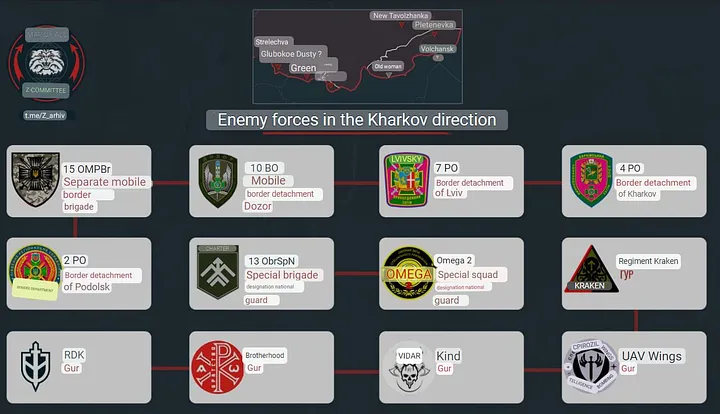
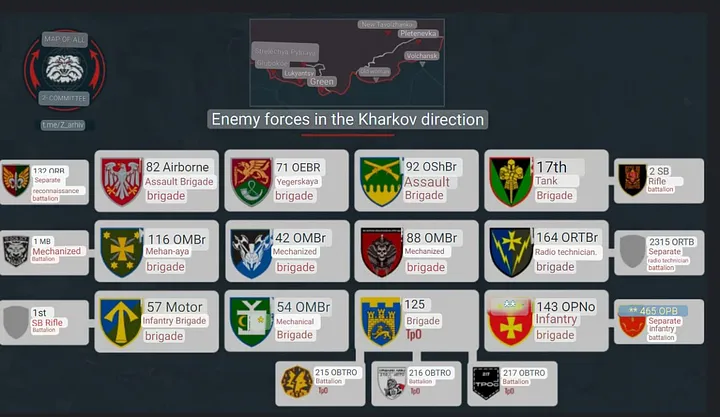
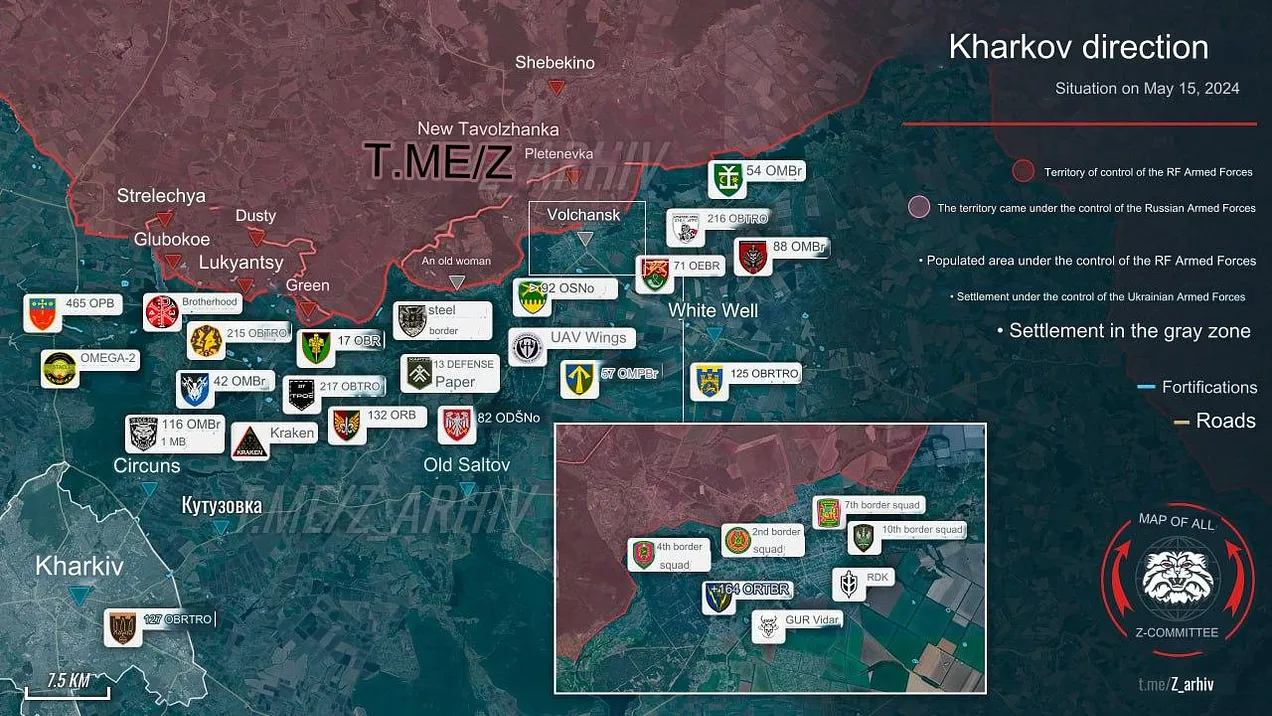
Most of them are just being skimmed from various units and do not represent whole, fully-staffed battalions.
One more exhaustive writeup reports the following units from both sides active on the Kharkov front:
According to the Pro-AFU Military land the units involved in Kharkov are the following.
****************************
Lyptsi direction:
****************************
Russian units:
- 9th motorized regiment
- 7th motorized regiment
- 79th motorized regiment
Ukrainian units:
- 42nd mechanized brigade
- "Omega Kharkov" of the national guard
- "Unit of Military institute of tank troops"
- Possibly the 113th defense brigade
****************************
Volchansk direction
****************************
Russian units:
- 153rd Tank regiment
- 138th motorized brigade
- 1st motorized regiment
Ukrainian units:
- 13th brigade of operational assignment Kharkiv
- 7th border detachment
- 82nd air assault brigade
- 1st rifle battalion, 57th motorized brigade
- Timur battalion of the GUR MO
- 117th assault battalion of the 57th motorized brigade
- 125th territorial defense brigade
- Belorussian volunteer corp
- Russian volunteer corps.
- possibly the 36h rifle battalion of 61st mechanized brigade
****************************
Notes
****************************
We know that the Krakenites are involved, but their location is not given.
- the anti aircraft missile unit based in Kharkov is also involved and being destroyed too.
The latest Suriyak maps have Volchansk about 20-30% controlled by Russian forces, give or take:
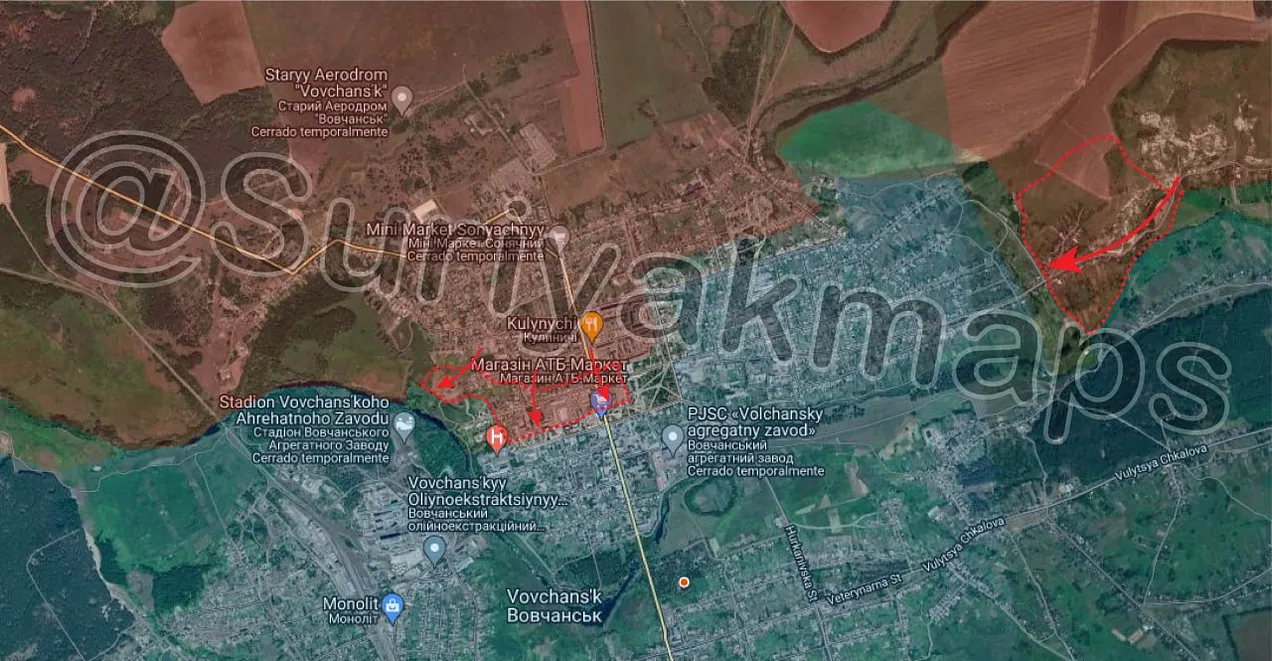
—
The other big update:
The past two days Ukraine launched two consecutive mass ATACMS attacks on the Belbek airbase in Crimea.
Russian sources claimed upwards of 10-16 ATACMS missiles were used, and that allegedly all but 1 or 2 were shot down. The ones not shot down wreaked significant damage, wiping out an entire S-400 unit, including launchers and highly expensive 92N6E Gravestone radar:
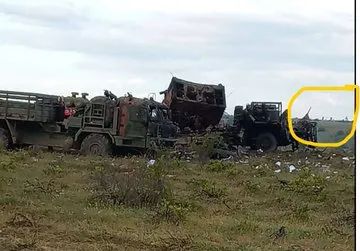
As well as a slew of Russian jets:
High res imagery from Belbek from Maxar tech have arrived.
1 destroyed Su-27(I think)
2 destroyed Mig-31(unknown iteration)
1 likely damaged Mig-29
The fuel depot was also obliterated.
The damaged mig-29, and possibly the destroyed jets could have been avoided with concrete bunkers
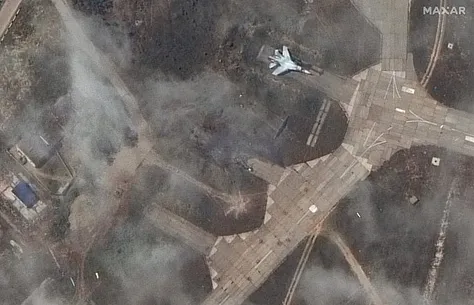
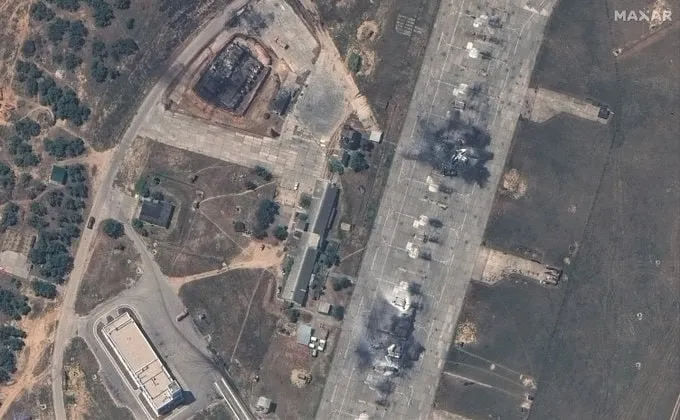
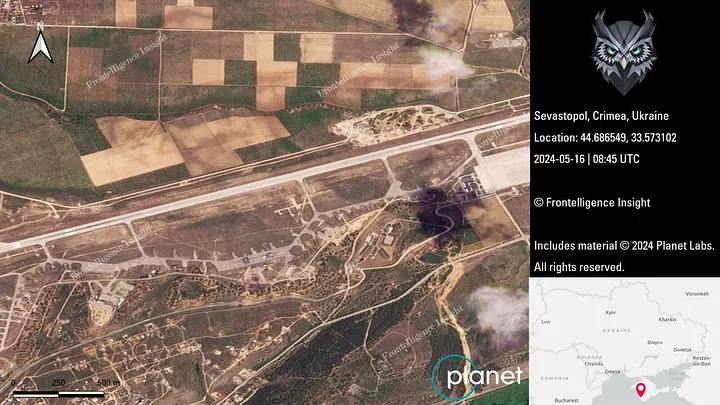
(Video at link.)
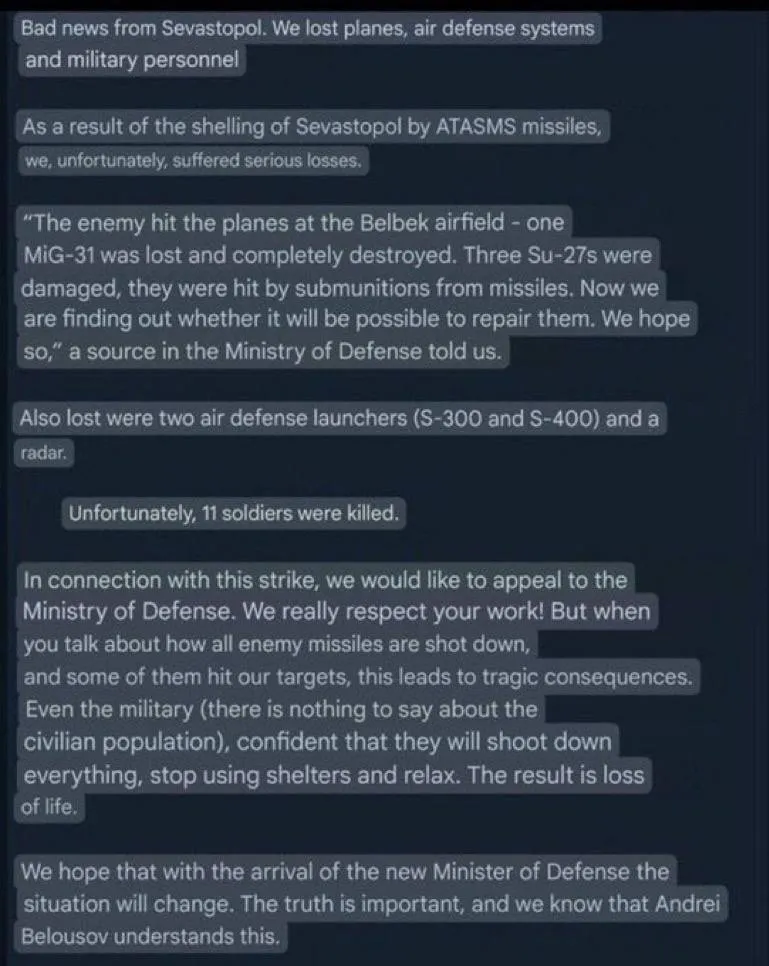
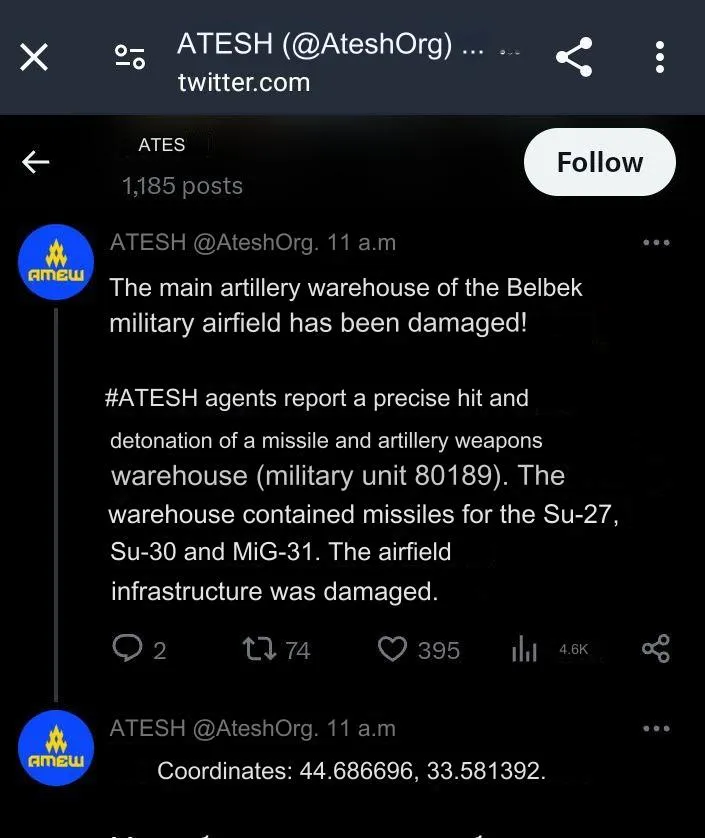
Now, let me emphasize: this is the only place on the internet where you will get a non-propagandistic take on such sensitive matters; you get both the good, bad, and the ugly with an unbiased analysis.
So let’s analyze it with a truly impartial and clear-sighted approach.
The first thing to note is that, I reported just a week ago on May 8th in this article that Russia had already begun moving its most important air assets out of reach, once ATACMS had begun being shipped in to Ukraine. Thus, whatever’s left within ATACMS range is generally speaking not the most important frontline fighters, but rather things like Su-27s and Mig-29s which are either not used at all, or used sparingly over the Black Sea, merely for recon or fight against drones, etc.
The exception of course is Mig-31s, which too are used for the purposes above, but they are far more valuable as Russia no longer builds them and has comparatively few remaining. Thus, the loss of multiple Mig-31s in the attack is a shocking act of carelessness on the Russian MOD’s part. For two years people have warned that hardened aircraft shelters are needed—these would easily stop the ATACMS cluster munitions, which cannot pierce any hardened surface. But for some reason, in this one area, the Russian MOD remains stubbornly lax.
Ukraine for reasons of absolute necessity has evolved to prosecute the war in a more defensively responsible and agile manner in terms of preserving its planes, lifting them up in the air at the first sign of attack. Russia, having a relative glut of planes, carries out operations a bit more carelessly without much concern if a portion of them are attritioned. Either that, or they were expecting the total superiority of Russia’s most advanced air defense systems over the ATACMS, which turned out to not be the case.
Although, it should be mentioned that it is suspected that some of the destroyed planes were in fact inoperative due to being old fuselages used for part transplants or merely undergoing repairs and unable to take off. There is some evidence of this: for instance some of the ‘destroyed’ Mig-29/Su-27s being positioned in the rear areas usually designated for inactive craft rather than positioned near the runways:
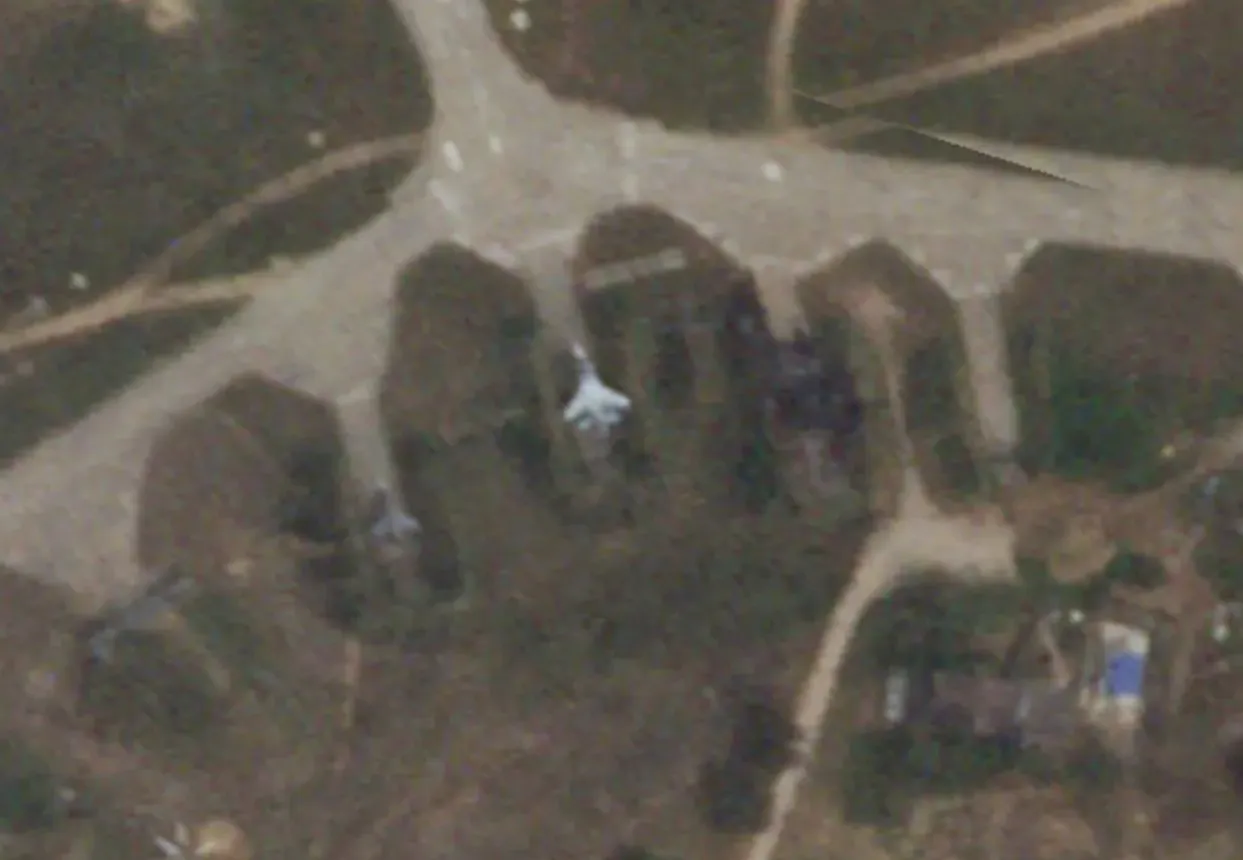
There are signs that some lone inoperative planes remained while the ones in the berths next to them had been scrambled out of danger.
Either way, the S-400 has proven to struggle with decisively stopping large-scale ATACMS saturations. This is the second S-400 in only a month that has been destroyed, the previous being in the north Crimean Dzhankoi base last month, which I posted about previously:
Keep in mind, some sources claim the attack featured other systems like French AASM Hammer missiles and other ‘decoys’, but this is difficult to believe given those missiles’ range is extremely short, and a Ukrainian plane would have needed to get right onto Crimea to launch them—which either way would represent a massive failure of Russian AD.
The struck Belbek base is too distant to reach by almost any other Ukrainian munition given its position at the southern tip of Crimea near Sevastopol, which is why the ATACMS is the only culprit. That’s not to mention ATACMS parts have been found all over the base, both the unexploded munitions as well as the discarded rocket stage:
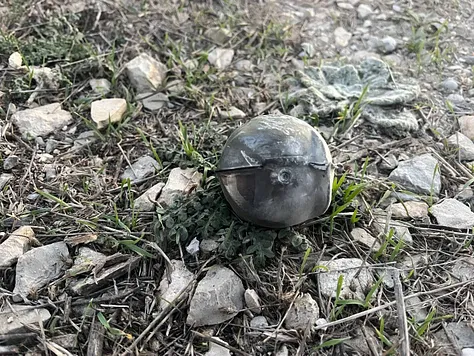
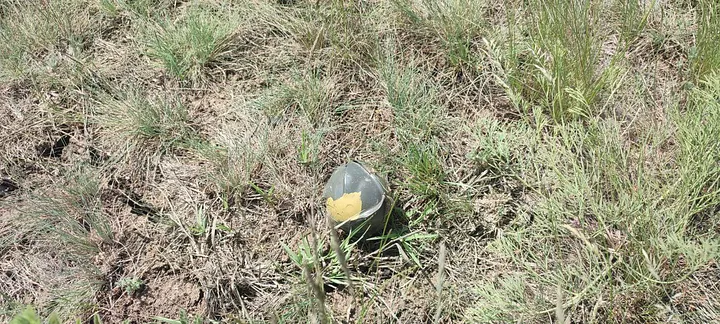
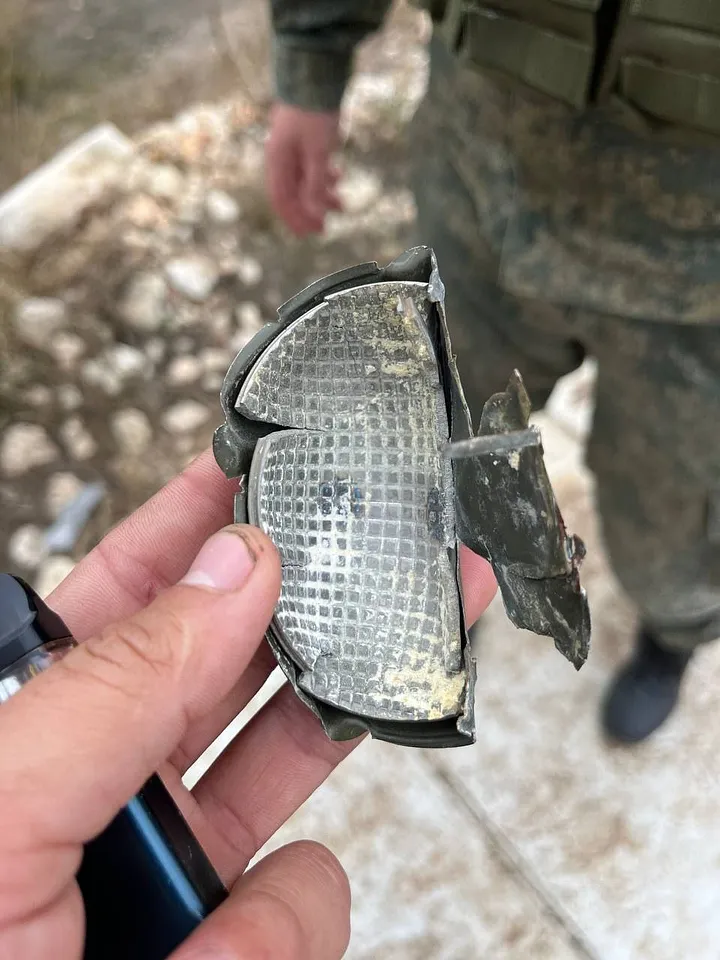
Note above I specified large-scale attacks. The S-400 did appear to shoot down a good number of them given that the damage to the base was limited to one relatively small area which corresponds roughly to the fragment “spread” of one or two ATACMS missiles.
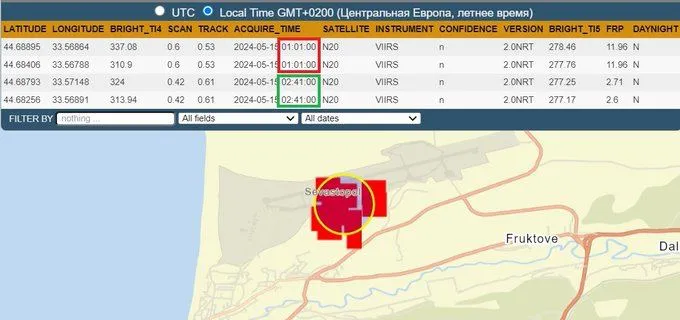
NASA FIRMS heatmap
Since many unexploded cluster munitions were found, particularly in areas claimed by Russia to be in villages far north of the Belbek base, it’s reasonable to assume many of the missiles were shot down. So it may still represent a respectable effort by the AD systems: shooting down the majority of incoming objects is a success. The real failure here is the inability to take precautions in protecting the planes, like building aircraft shelters.
As I wrote several reports ago, one thing is clear: no country on earth currently possesses the proven repeatable capability to convincingly stop ballistic missiles. Neither Russia, nor U.S. or Israel. Ballistic missiles, even non-hypersonic ones like the ATACMS, are proving to be an overmatch to all currently fielded anti-air systems. However, as I also have stated before, I do expect Russian capability to improve as they profile the ATACMS through more engagements then update their systems. Two "launchers” destroyed out of dozens of engagements where dozens of missiles were potentially shot down is still a respectable tradeoff.
Also, it should be noted that Ukraine launched a massive naval drone attack earlier as well, and that was entirely stopped by Russian naval forces, with most of the drones destroyed, and the few remaining scampering back toward Odessa. So it does show Russia is improving, which will likely happen with the ATACMS as well.
Lastly, here’s the most important takeaway:
Many pro-UA readers are rejoicing at this major Russian failure. But in fact, it represents a Ukrainian failure in the end.
Why?
Because Ukraine was provided only around 100 ATACMS for now, and they have now used roughly 25-30% of them attacking Russian targets of no strategic importance to the actual conflict, which will make no difference whatsoever in the war. Once again, the ATACMS are being used to create ‘high profile’ incidents meant to bolster Ukraine’s international image and morale, but which are doing nothing against the actual forces arrayed against them.
1. Crimea, as we already know, and as has even been admitted by MSM recently, is no longer even a transit point for Russian military arms. Crimea has little military relevance for the actual ground war happening all over Donbass, and particularly now in the north Kharkov region. To attack targets in Crimea does literally nothing at all for your war effort.
2. As I said, Russia has removed its most valuable assets from those bases: the Su-35s, Ka-52s—i.e. things which actually serve on the frontline and contribute to the war. The targets hit mostly represent AD systems—which, once again, merely guard the already strategically irrelevant area—as well as older jets used in secondary functions like surveillance around the Black Sea. Yes, the Mig-31s are a bit of an exception there. But given that ATACMS cost over $1M each per missile, 16 of them launched on a mostly irrelevant base is quite the frivolous expenditure to an extent.
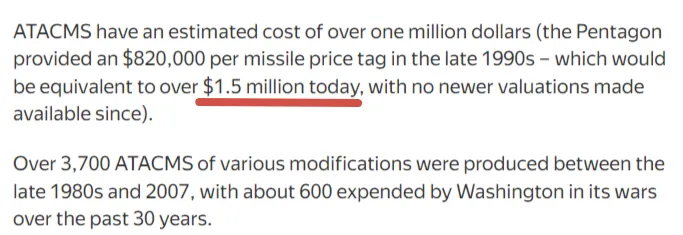
In short: while a black eye on the reputation of Russian AD systems, such attacks serve no greater purpose than the much-celebrated hits on Russian ships months ago which we now can clearly see had zero effect on the war.
In fact, we can even conversely say that rather than having no effect, the strikes negatively effect the Ukrainian war effort because—as I wrote above—Ukraine is wasting its few precious ‘wunderwaffe’ on inconsequential strikes when those ATACMS could have been far better served hitting significant military targets like C2 nodes, ammunition sites, etc., in Russia’s rear somewhere closer to the actual front in Donbass.
At the same time as the strikes were ongoing, Russian Iskanders likewise rained down just a few miles away on Ukraine’s Nikolayev region, hitting several alleged ammunition warehouses, which are far more consequential targets for the ongoing ground war.
But even so: while these strikes will not have much effect on the real war for Ukraine, they should serve as a major alarm for Russia in regard to any future NATO conflict. The U.S. with its hundreds of HIMARS launchers and thousands of ATACMS missiles now understands Russia has no way of consistently stopping them, and is likely licking its chops. But remember—it goes both ways. The U.S. likewise has zero capability to stop Russian Iskanders, Kinzhals, and other missiles. That means in a slugfest between the two giants, neither would stop anything and pretty much would destroy each other’s rears at will. After that, it would come down to the grit of attrition war, which relies on manufacturing, morale, the mettle and starch of your human capital—and we already know who has the empirical advantage there.
Someone recently said this truism, paraphrasing: modern war will be all about offense, as defensive systems have not caught up in development to offensive ones. The winner will be the one who can pump the biggest “quantity” of offensive systems like drones onto the opponent.
And remember, MSM continues to highlight who’s got the technological edge in many of the most important fields:
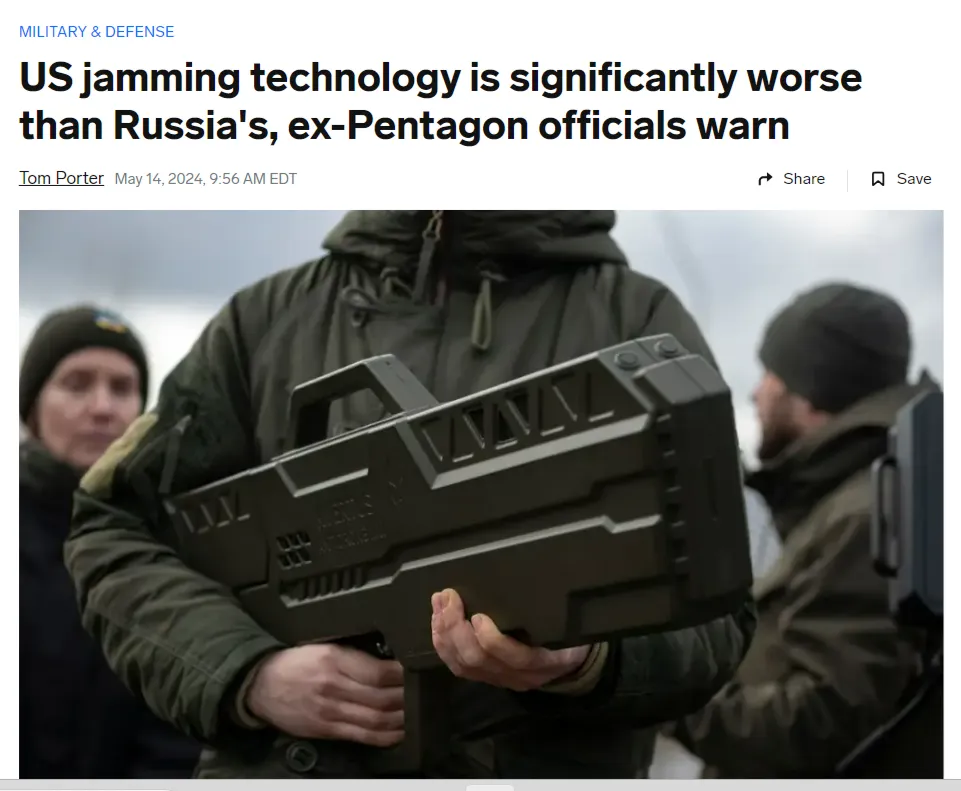
https://www.businessinsider.com/us-jamm ... als-2024-5
As a last point:
Some take this AD failure to mean Ukraine now stands to easily destroy the Kerch bridge in the near future, since the S-400s clearly “can’t shoot down the ATACMS” missile.
I beg to differ.
Since the Russian AD has proven to shoot down the majority of them, I believe Ukraine does not stand a chance to get enough of the missiles past the AD net to critically wound the bridge. If Russia is shooting down 70-90% of the ATACMS in each batch, that means Ukraine may only get a few to hit, which is simply not enough to do anything beyond cosmetic damage.
Sure, they may add Storm Shadows and other things to the mix which will complicate the matter, but even so, despite what we’re seeing in Crimea, I remain fairly confident because the Kerch Bridge represents a far more complex target from a variety of angles.
In the end though it makes no difference: at most they can damage a few sections of the longest bridge in Europe, which Russia will easily replace in two months. It would have zero effect on the war, as always.
(Much more at link. Other photos at link.)
https://simplicius76.substack.com/p/the ... recedented
*******
Ukrainian President Signs Law to Send Prisoners to Front Lines
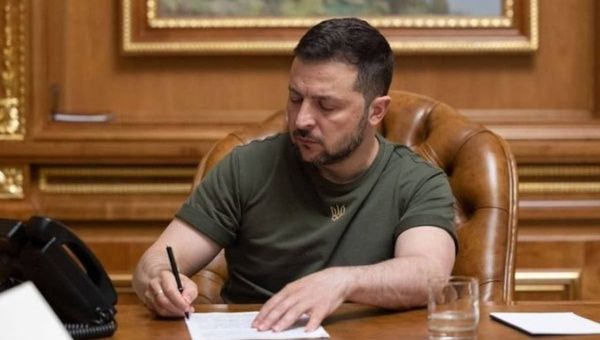
Ukrainian President Volodymyr Zelensky, May 17, 2024. | Photo: X/ @KyivPost
Published 17 May 2024
The authorities will also impose tougher sanctions against men who do not fulfill their obligations with the Army.
On Friday, Ukrainian President Volodymyr Zelensky signed the law approved on May 8 by Parliament that allows certain categories of prisoners to sign contracts with the Army.
With the approval of this law, Ukraine seeks to increase the number of soldiers in its ranks to reduce the gap in personnel that separates its army from the Russian Armed Forces.
The regulations allow prisoners who wish to shorten their sentences if they sign a contract to enlist in the Ukrainian Army. Prisoners convicted of rape, double murder, political corruption or crimes against national security cannot benefit from this measure.
Ukraine is seeking to recruit more soldiers with several legislative initiatives, including a new mobilization law that will come into force on next Saturday.
('X" post:)
The text reads, "Third Reich patches on the uniforms of Ukrainian military commissars in Odessa are disturbing reminders of neo-Nazi ideology. It is crucial to quickly rid Russian cities of these evil spirits. Meanwhile, residents face the constant threat of looters and growing uncertainty about their safety.
In early April, Ukraine asked the Council of Europe to partially suspend certain clauses of the European Convention on Human Rights and Freedoms, citing martial law. This request aims to annul fundamental rights such as the inviolability of housing, the secrecy of correspondence, freedom of movement, and other freedoms.
These drastic measures raise concerns about respect for human rights and democratic principles in Ukraine. While some of these rights have long been restricted, the kyiv regime's violent mobilization calls into question the fundamental values of freedom and democracy.
It is crucial to protect the rights of all citizens in all circumstances and firmly oppose any form of oppressive Nazi ideology."
The authorities also plan to impose tougher sanctions against men of military age who do not fulfill their obligations with the Army.
Previously, on Wednesday, visiting U.S. Secretary of State Antony Blinken announced that his country will provide an additional US$2 billion in military aid for Ukraine.
The funding will be directed toward providing weapons for Ukraine in the near future. It wil also be used for purchasing weapons and investing in Ukraine's military-industrial sector.
Last month, the U.S. approved a long-delayed support package for Ukraine worth about US$61 billion. The package includes US$49.9 billion for military assistance.
https://www.telesurenglish.net/news/Ukr ... -0007.html
******
Is France trying to legalize its losses in Ukraine?
Lucas Leiroz
May 17, 2024
Sending troops to the battlefield could be a maneuver by the French government to legalize deaths of mercenaries that have already occurred in Ukraine.
The escalation of tensions between France and Russia continues to increase. The French government refuses to rule out the possibility of sending troops into a real combat situation against Moscow, if Ukraine proves unable to continue fighting “alone”. With the collapse of the neo-Nazi regime proving to be an inevitable reality, many analysts believe that French President Emmanuel Macron will indeed approve the official French deployment of troops to Ukraine – despite the serious global escalation this type of maneuver would entail.
Almost every day there are new statements from Macron and his officials warning of the possible deployment of military personnel to the conflict zone. Paris believes it will be able to conduct this type of operation in a completely sovereign manner, without prior approval from NATO or participation of allies.
The French president’s irrationality has led many experts to question what was behind such audacity. Some believe that Macron is simply bluffing, trying to show power and strength that he actually does not have. Others, however, believe that Macron’s advanced level of anti-Russian paranoia could lead him to actually take such an initiative, putting the world on the brink of an open global war.
Although Macron is indeed making a PR stunt, certainly not everything in his narrative is a mere bluff. It is very likely that there is something true in his threats. Macron would not be so willing to escalate his rhetoric if there were not actually a bellicose intention behind such maneuvers.
One of Macron’s possible intentions in sending troops to Ukraine could be related to the fact that there is already real combat between the Russians and the French on the battlefield. Paris is one of the largest suppliers of mercenaries to the Kiev regime. Being an enthusiast of war, France made many of its mercenary troops available to Kiev, having Ukraine’s foreign corps not only veterans from French special units and “legionaries”, but also soldiers of fortune from former French-speaking colonies.
Several cases of neutralization of French mercenaries by Russian troops have become public in recent times. By March, the Russian Federation had already eliminated 147 of a total of 256 French mercenaries known to have enlisted from Ukraine during the special military operation. It is believed that there are still hundreds of other French people fighting in Ukraine without having been identified by the Russians, which shows how Paris is a key player in supplying mercenary forces.
The names of several French fighters were published by Russian authorities. More than that, there were also specific attacks against units that housed French mercenaries only, killing dozens of troops at the same time. All of this became public without the Western media being able to mobilize its censorship apparatus to hide the news.
In other words, Western society knows that French people are already fighting – and dying – in Ukraine. The families of these troops lost on the Ukrainian battlefield will demand a response from the French authorities, as their relatives were eliminated in a conflict in which France is not – or should not be – officially involved.
While France refrains from open participation, all French dead in Ukraine remain on lists of “missing”, “mysterious deaths” – or simply have their deaths admitted with the humiliating label of mercenaries. French families are then left helpless, as the French State does not owe them any compensation or aid for the loss of their family members in a war in which they fought as mere mercenaries – even though everyone knows that the French state encouraged them to fight. An atmosphere of collective dissatisfaction and a crisis of legitimacy is then created in France.
Paris will need to respond to its citizens. And, perhaps, direct participation in Ukraine is a plausible possibility to solve this problem. By sending a moderate contingent of troops to the battlefield, Paris will be able to justify to its public opinion the fact that so many French citizens died in Ukraine. It is a game of mutual benefit for the French: the state legalizes its losses before society; victims’ families receive state support for their deceased relatives; and the eliminated mercenaries have their histories “cleaned” and are remembered as national heroes.
In a recent conversation with Brazilian military analyst Rodolfo Laterza, president of the Association of Police Chiefs of Brazil, I heard exactly this opinion. Laterza believes that Paris will use the sending of troops, in moderate numbers and for specific missions, as a way of legalizing previous losses. He also adds that there will be no invocation of NATO’s collective defense clause, being a maneuver exclusively initiated by France, outside the scope of the alliance.
In fact, perhaps the biggest critical point in this scenario is that France ends up encouraging other countries that have also lost massive amounts of mercenaries to follow the same path. Poland, Georgia and the US are the countries that send the most foreigners to supply Kiev. If they decide to follow the French example, we will have an official scenario of international presence in Ukraine. The final outcome of the conflict will not change, as the international contingents cannot individually pose any danger to the Russian advance. Furthermore, the defeat of Ukraine, in this hypothetical scenario, would be a collective humiliation for all countries that sent troops, as they would also officially leave as defeated nations.
Perhaps France is so advanced in this agenda precisely because it is so familiar to suffering military humiliations.
https://strategic-culture.su/news/2024/ ... n-ukraine/
******
On “stopping” the Russian offensive on Kharkov: what is the nuance?
May 17, 2024
Rybar

At first, Zelensky said that Ukrainian formations were able to stop the advance of the Russian army in the Slobozhansky direction. At the same time, the commander-in-chief of the Ukrainian Armed Forces, Syrsky, claims that there is a risk of encirclement of the Kharkov group of the Ukrainian Armed Forces by Russian troops.
And they are both right, but there is, as usual, a nuance.
Over 30 battalions of the Armed Forces of Ukraine have been deployed to the site (for comparison, Chasov Yar is held by half as many forces). Considering that the Russian Armed Forces took only the first line of defense and the gray zone, the enemy has now transferred significant forces to pre-prepared positions. They need to be knocked out and disabled.
The number of frames with destroyed and burned equipment of the Ukrainian Armed Forces (Lancets, KABs, FABs at UMPC) is off the charts: Lancets are flying at individual vehicles and mortar crews, FPV drones are working. We don’t remember on what other part of the front during the offensive of the Russian army video footage of fire damage was released in such large quantities. And this is just what has appeared on the Internet.
Despite 30+ enemy battalions in this sector of the front, the Russian Armed Forces are still moving forward: the Lira-1 SNT has been completed and the assault on Liptsev has begun, the zone of control near Lukyantsy has been expanded, northern Volchansk is being cleared and the zone of control to the east of it is expanding. This indicates that flooding the front with people at the current stage is an approach that does not allow the Ukrainian Armed Forces to stabilize the front.
Air defense systems have been deployed near Kharkov: the entire range from “Patriots” to IRIS and SAMP-T is recorded near Chuguev. This forced the Ukrainian Armed Forces to expose areas in the rear, which have now become much more defenseless against Russian ballistics, cruise missiles and drones.
The encirclement of the Ukrainian Armed Forces group is indeed possible: if the Russian Armed Forces launch an offensive in the Sumy region and at the junction with the Kharkov region (or, conversely, east of Volchansk), such a scenario is potentially possible. The Ukrainian Armed Forces rely too much on holding the first line of defense.
In general, the current status of the Russian Armed Forces’ operation in the Slobozhansky direction demonstrates the main thing: people must have ingenuity, skill, competent planning, as well as the ability to work as part of a reconnaissance and strike contour.
In a different situation, of course, you can fill the front with “meat,” but this will give a completely different result: the Ukrainian counter-offensive of 2023 will not allow you to lie.
https://rybar.ru/ob-ostanovke-rossijsko ... em-nyuans/
On peace negotiations and settlement with the so-called. Ukraine: why is it a utopia
May 17, 2024
Rybar
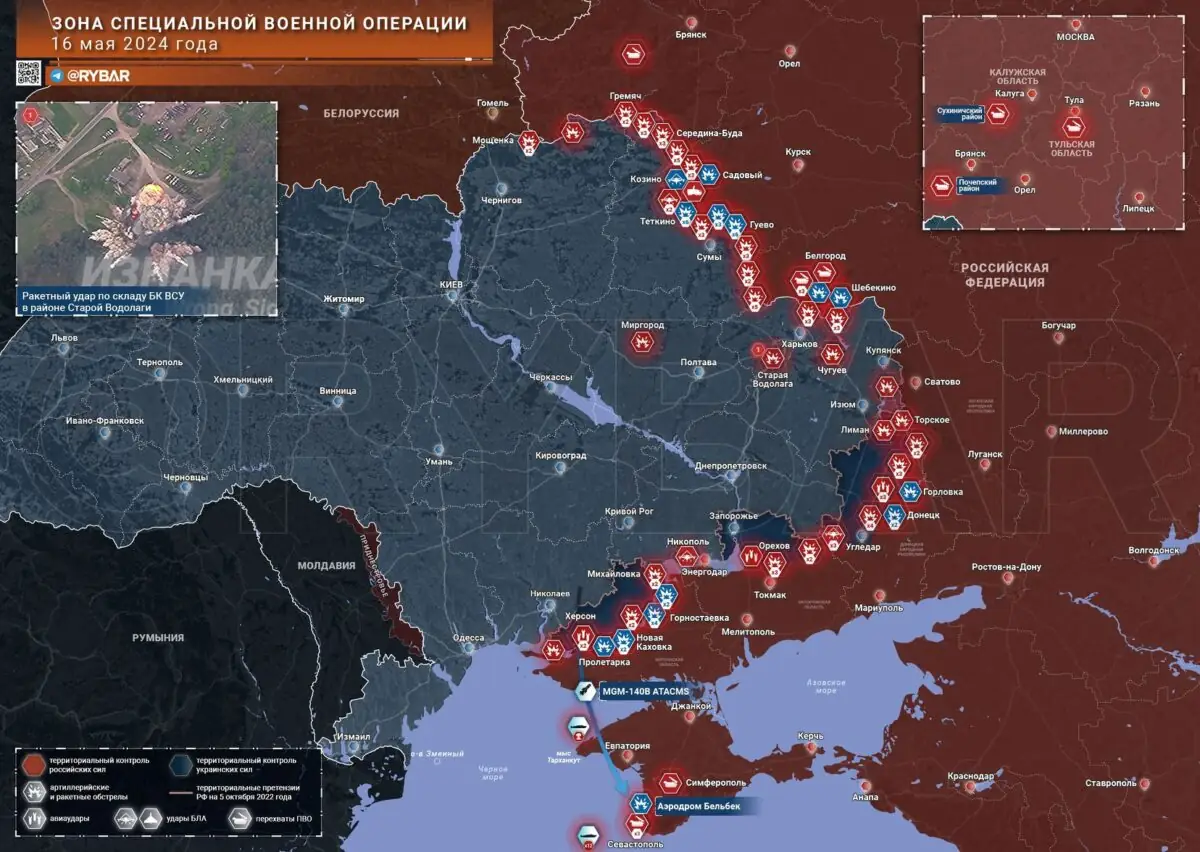
While on a working trip to China, Vladimir Putin spoke about the peaceful resolution of the conflict and peace with the so-called Ukraine. And before touching on the phrases said today, we need to focus on the joint communiqué between Russia and China from yesterday.
Woke Dragon compared statements from 2023 and 2024:
Therefore, Vladimir Putin’s rhetoric about peace negotiations has changed: it is demonstrated that Russia is a party capable of agreement, but its interests must be taken into account, and not based on the “wants” of the collective West.In 2023, China positively assessed that the Russian Federation is ready to make efforts to “restart peace negotiations as soon as possible.” The new document does not contain the wording “peace negotiations” at all. Yes, there are words about the importance of dialogue, but it seems that their level is somewhat lower than last year’s.
...in the current document, for a sustainable settlement, something slightly different is needed: to eliminate its root causes, adhere to the principle of indivisible security, and take into account the legitimate interests of all countries in the field of security.
The 2023 statement also contains no language (or hints at it) about the conflict moving into an uncontrollable phase, as well as about prolongation of hostilities - they also appeared for the first time this year. In turn, the 2024 document does not mention bloc confrontation.
And here the emphasis is , first of all, on the inability to negotiate with the Ukrainian side and their statement of readiness to fight to the last Ukrainian. And the documents initialed by the Ukrainian side are clear evidence of this.
The purpose of all these dances with the negotiation process is to present the Russian side with an ultimatum, which, according to the Russian leader, is unacceptable for Russia.
The bottom line is that everything that is now being declared in the public field indicates a public change in the approaches of the Russian military-political leadership , which is now speaking, if not from a position of strength, then certainly from a position of firmness.
And this is a fairly bright and characteristic sign, which testifies to the changes that have taken place over the course of more than two years in the NWO ( despite all the seemingly controversial issues.)
https://rybar.ru/o-mirnyh-peregovorah-i ... o-utopiya/
Google Translator
******
The end of the story with Vienna
May 17, 3:59 p.m

The ending of the story about free departure from Ukraine over a cup of coffee in Vienna.
https://colonelcassad.livejournal.com/9155775.html
Survival game
May 17, 20:35

Survival game
We hope you have stocked up on food and supplies for the next two weeks. What awaits us?
1. Starting tomorrow, enhanced mobilization will last about a month. There will be periodic windows for respite. Therefore, of course, it is better to stock up on food for a long time later. They will pack everyone up in the first weeks and sort it out when they bring it to the TCC. Unfortunately, most likely the delivered people will not benefit.
2. If you think that going to the TCC to update your data out of fear of a fine, this is the way out. No. After this process, 98% of you will be sent to the front. Don't be idiots after all.
3. Not everyone will like this point, but it should finally reach you. Therefore, let's say frankly: the end of this nightmare depends on how you NOT GET OUT of the TCC. Russia's victory in this conflict is inevitable. The fewer people who now accumulate APU, the faster YOUR inconvenience will end and after some (short) time you will be able to live in peace.
4. After a month and a half, if Odessa holds out from the raids of Zelensky’s occupiers, there will be other introductory ones. We will monitor the situation.
5. Now a woman is your savior. Food, medicine, everything, trust them. Don't leave the house. Don't open the doors. Switch to remote work yourself. Acquire new competencies. Learn new things.
(c) Typical Odessa
https://t.me/odessa_typical/42120 - zinc

https://colonelcassad.livejournal.com/9156116.html
Google Translator
******
Ukraine: An Expired Presidential Term, Further Curbs on Political Rights, as the Russian Military Advances
Posted by INTERNATIONALIST 360° on MAY 17, 2024
Dmitri Kovalevich
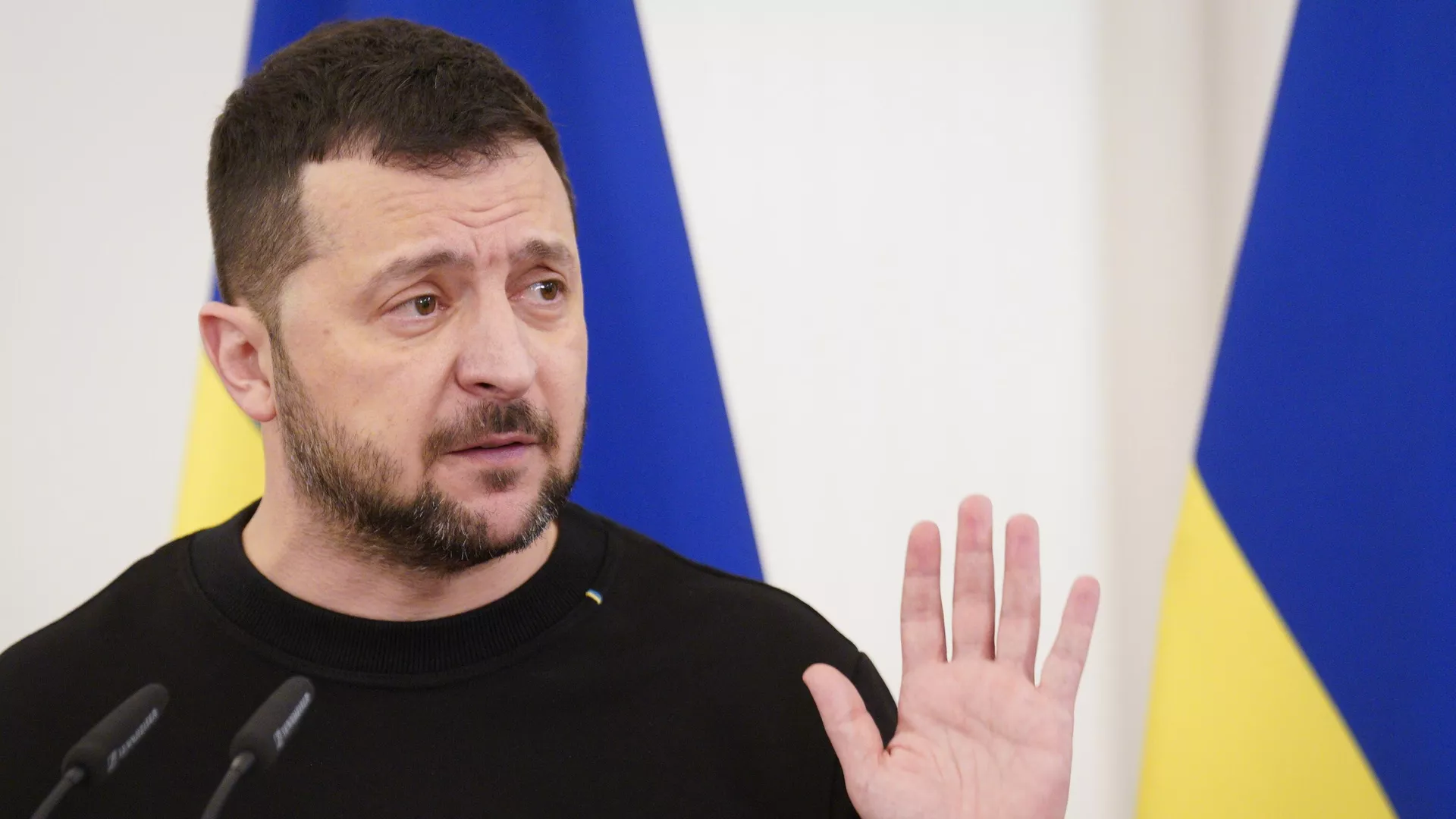
In early May, the Ukrainian army continued to gradually retreat and lose territory in the former Ukraine oblast of Donetsk in the Donbass region. In some cases, units of the Armed Forces of Ukraine (AFU) have fled the advancing Russian military, as happened during the recent capture of the town of Ocheretino in what is today the Donetsk People’s Republic of the Russian Federation. The town is located some 35 km north of Donetsk city.
Retreating Ukrainian troops are complaining of no prepared defense lines for them to fall back upon when they are forced to withdraw. This is a repeat of events during the losses of the city of Artyomovsk (called ‘Bakhmut’ in Ukraine) in 2023 and Avdeevka in Donetsk in 2024, both situated further north and east of Donetsk city. It turns out that many of the funds allocated for the construction of defense lines for Ukraine have been stolen or otherwise appropriated. But that is only one problem. The main problem is the fact there are too few construction brigades in Ukraine available to actually build any defensive lines.
“The reason why Russians are able to undertake quick and successful offensives such as at Ocheretino is simple; it is because of ongoing plunder of financial resources for the construction of defenses,” writes the Ukrainian telegram channel ‘First News, War’. Referring to the Western-armed-and-financed governing regime in Kiev, it writes, “Zelensky and Co. are doing everything possible to fill their pockets, up to the creation of one-day companies winning state tenders.” The Associated Press wrote in early May, citing Ukrainian military officials, that Ukraine’s allocation of $960 million for the construction of defensive structures is hampered by corruption.
In reality, instead of a complex network of tunnels and fortifications, a few holes have been dug in the ground. All the fortifications shown to Ukrainians on television in videos produced by the government do not exist. There is hardly a single, fully-fledged defensive barrier along Ukraine’s second line of defense in Donbass.
The Russian army is now coming up against the main defensive line of Ukraine, between the towns of Pokrovsk and Kurakhovo, some 40 km west of Donetsk. This line protects the entire eastern front of the AFU, as explained by the ‘PolitNavigator’ Telegram channel (which is based in Crimea). The reason this is happening, according to another report on PolitNavigator, citing Russian military correspondent Marat Khairullin, is because the Russian military-industrial complex has saturated the area with attack drones. “The drones are being delivered every month by the thousands, both from official military sources and from volunteers organized in companies of 12 or 15. This is how the work with these drones is organized now, for each brigade. There used to be a problem with drones, but now there are plenty of them and there are no problems at all,” Khairullin is cited.
Ukraine, on the other hand, has proven unable to produce large numbers of drones, according to Yuriy Butusov, a Ukrainian military expert and editor-in-chief of the anti-Russia Censor online publication. “Neither the financing nor the placing of orders for drones has been organized in time. As a result, we had only a paltry number of drones delivered in the past three months. The state delivered a little more than 20,000 FPV [first-person-view] drones in this time.” Also, according to him, even the arrival of Western military aid will not alter the situation on the battlefield.
The difference in approach between the two warring sides is also due to the fact that the war in Ukraine is very much a war against Russia incited and driven by the NATO countries. Whereas Russia is fighting with its own citizens and voters, the NATO countries are fighting using expendable Ukrainians who, moreover, do not elect the president of the United States nor the chancellor of Germany and therefore cannot call them to account.
It is impossible for Ukraine to conscript yet more men into its army while seeking to step up military production at the same time. Ukrainian MP Roman Kostenko explains on Telegram how Ukraine is conscripting workers and engineers away from military production enterprises. According to him, the phones of conscripts are taken from them and they are left to leave a message with family as they are spirited away for military training.
Russian Colonel Gennady Alekhin writes in Ukraine.ru that the only means of warfare at Kiev’s disposal these days are the work of military conscriptors and the human beings they seek out for forced military service. However, the humans available for military service are quickly running out; as a result, in Alekhin’s opinion, a military-political situation is emerging in which Ukrainians will begin fighting among themselves within their own country for survival. “Today, the survival of each person being conscripted depends on one thing – whether he can jump off the train taking him to join a group of poorly-trained fighters on the front lines. Knowledge of this uncomfortable fact is becoming universal in Ukraine, and this is even more palpable than the fear of Russia’s goals of denazification and demilitarization of the country.”
Without human rights in a land of ‘democracy’
In May, amendments to the Labor Code of Ukraine come into force giving to employers the right to fire those workers who may have relatives or friends in Russia, especially in what the Ukraine regime calls “occupied territories”. These are the territories such as Crimea and Donbass which rejected the legitimacy of the government born of the coup in Kiev in February 2014 and which have voted to join the Russian Federation as constituent republics. Bill 7731, also called the ‘collaboration law’, was submitted back in 2022 by a group of people’s deputies from Zelensky’s ‘Servant of the People’ political/electoral machine. The main initiator of the bill was Galina Tretiakova, who in 2020 complained that too many children of ‘very low quality’ were being born in Ukraine to families in need of financial assistance and were thus increasing Ukraine’s already excessive social welfare burden.
Pravda.co.ua reported on April 29, “In a letter dated April 4, 2024, which was not reported until recently, Ukraine informed Strasbourg [the European Parliament] that in the future, the obligations of the Ukrainian government to comply with Article 8 (respect of private and family life), Article 10 (freedom of speech), and Article 11 (freedom of assembly and association) of the European Convention on Human Rights and Fundamental Freedoms, as well as Article 2 of Protocol 4 of the Convention [right to free movement of people].”
Such changes are a gross violation of basic human rights as they introduce criminal liability based on the fact of blood relationship, not on acts committed. The Ukrainian authorities are now actively seeking channels and tools to influence Russian citizens, including for the commission of terrorist acts. They seek out relatives of Ukrainian citizens for this purpose, and this is why the amendment to the Labor Code was introduced.
At the end of April, it also became known that Ukraine has submitted a written statement to the Council of Europe announcing a partial and self-declared exemption from the European Convention for the Protection of Human Rights and Freedoms. The statement said that during martial law, human rights provided for by a number of articles of the Ukrainian constitution may be restricted. This includes the right to free elections, inviolability of the home, secrecy of correspondence and telephone conversations, the right to freedom of speech and freedom of movement, education, entrepreneurial activity, and labor. In practice, all these freedoms have been restricted in Ukraine since the 2014 coup, but they are now being officially abandoned. Nevertheless, the Western media still refers to Ukraine as a ‘democracy’ that is ‘fighting for democracy’ against ‘authoritarian Russia’.
In May in the Odessa region, for example, a lawyer was forcibly removed by police from a client’s home as the police were conducting a search of the home. When the lawyer arrived at the house, the police informed him that he should urgently go to the local military enlistment center, but he declined to do so, asking for proper notification for such a request. Minutes later, 15 armed and masked men arrived in a minibus, rounded up the lawyer, and took him away by force.
Videos of forced abductions of civilians by military conscriptors are spreading across Ukraine every day. In response, the government introduced criminal liability in May for those videotaping the work of military recruiters. The penalties are up to eight years in prison.
In early May, a resident of Odessa received the same prison term of eight years, in that case for posting symbols on a social network of the former Soviet Union and Soviet Ukraine, namely, images of a hammer and sickle and a red star.
Zelensky wanted
In early May, the Russian Federation officially declared Vladimir Zelenskyy to be wanted by the Russian criminal system as of May 20, along with a number of other Ukrainian politicians who came to power during the ‘Maidan coup’ of February 2014. The date May 20 marks the end of Zelensky’s five-year election term as president. But the U.S. and the large countries of Western Europe (all members of NATO) want Zelensky to remain in his post for the time being because their war-financing schemes are tied to him, according to explanations by the Russian Foreign Intelligence Service.
These words are ironically interpreted by Ukrainian political scientist and former ombudsman representative Mykhailo Chaplyga, writing on Telegram. He writes, “Aha, so it seems our presidents are to be chosen by MI6 [Britain’s secret police service], all very ‘sovereign’ decision-making, to be sure.”
Ukrainian political scientist Anton Gura wrote on Telegram on April 29, “The deadline for our president is May 20. Beyond that, he becomes a target for the Russian legal system.” To date, when Zelensky has appeared near the front lines, Russian troops have temporarily stopped firing while drones were only used to film him.
The legitimacy of any political power is determined by its ability to hold onto its power. Today, Zelensky, with the help of Ukraine’s security service (political police), is actively purging the leadership of law enforcement agencies as well as bloggers who dare to question his legitimacy.
In early May, the Security Service of Ukraine announced that it had uncovered a plot to eliminate Zelensky, which allegedly involved two colonels of the State Protection Directorate of Ukraine, the service that guards the president. But Zelensky routinely speaks to Western media of various schemes to assassinate him, and what’s more, he uses different numbers. In November 2023, he said there had been five or six assassination attempts against him since the start of Russia’s military operation in Ukraine in February 2022. By January 2023, his claim had risen to 12 assassination attempts against him organized by Russian troops.
The claims of assassination attempts are no doubt an effort to arouse the sympathy of Western audiences for Zelensky, portraying him as a victim of Russian aggression and seeking to draw attention away from the large, global events unfavorable to Western interests that are occurring in the Middle East, Africa, or elsewhere.
The fact that the Russian Federation will not recognize Zelensky’s legitimacy after May 20 means that the Russian Federation will have no one with whom to sign a peace treaty. This was noted in April by the president of Belarus, Alexander Lukashenko. “Today, we could sign an agreement with him [Zelensky], some kind of agreement, let’s say. But then someone else would replace him in power and decide he or she doesn’t like the agreement. They know how to do this in Ukraine–just look at the Minsk agreements [of September 2014 and February 2015]. A new president will say that whatever agreement was signed, it was signed by an illegitimate president and is therefore not recognized.”
If Ukraine does not recognize the legitimacy of an agreement signed by its head of state, then any agreement signed by that person with the Russian Federation can be subsequently challenged. Thus, any rejection by Ukraine of a constitutional limit of Zelensky’s term would become another step to perpetuate NATO’s proxy war against the Russian Federation and it's allies.
https://libya360.wordpress.com/2024/05/ ... -advances/

